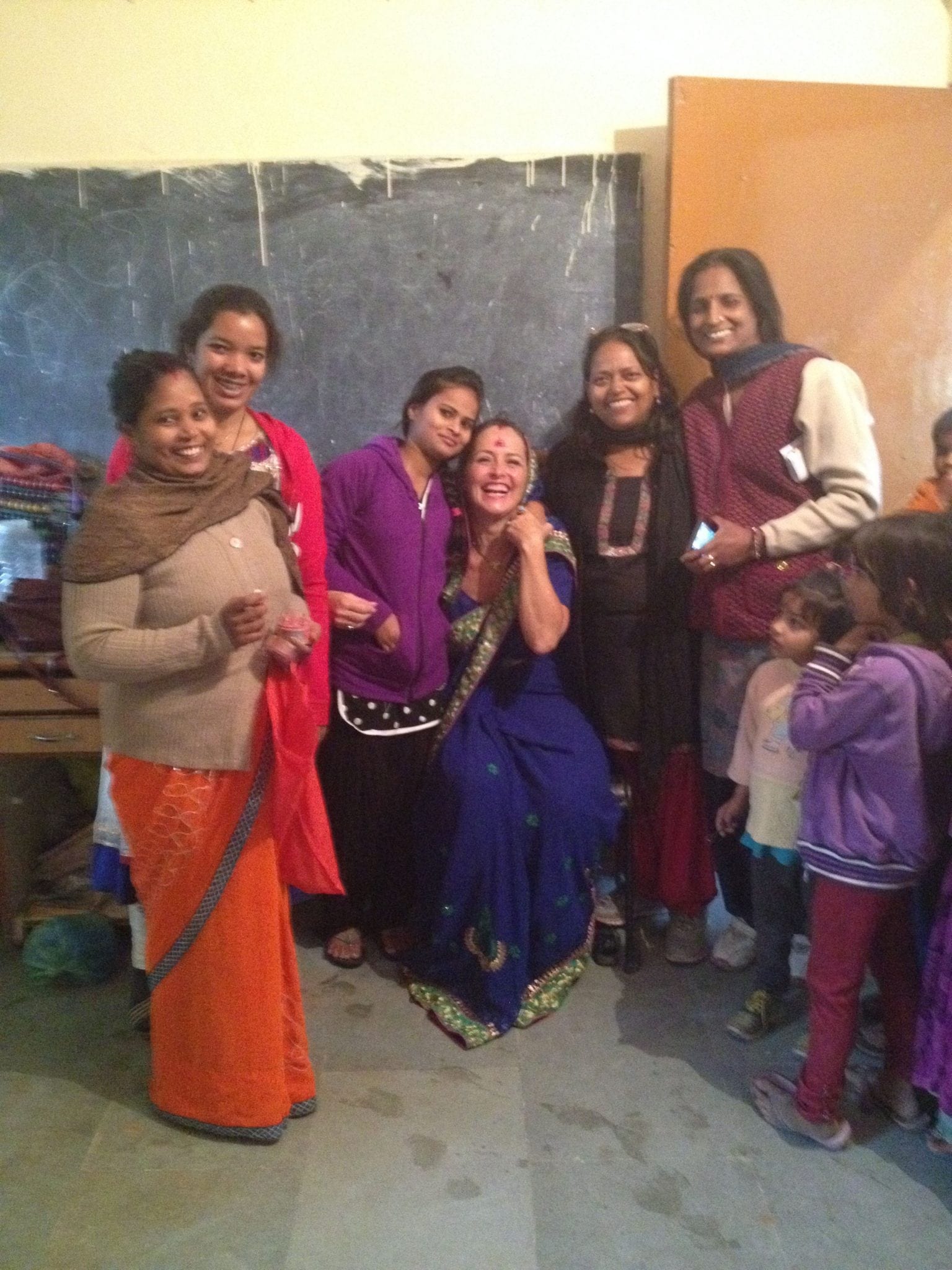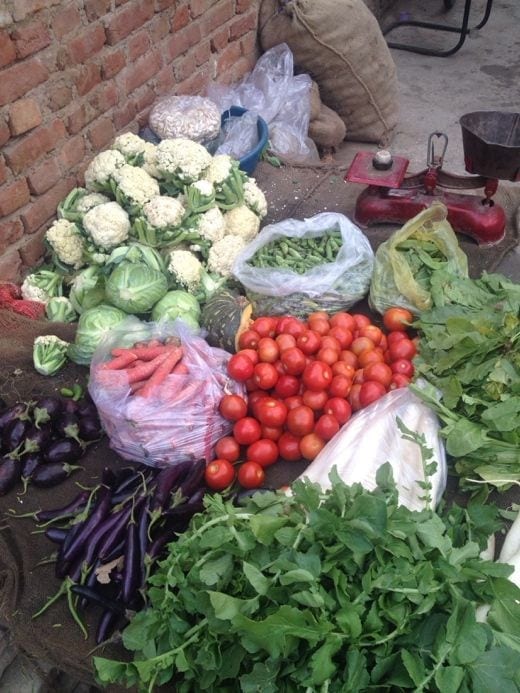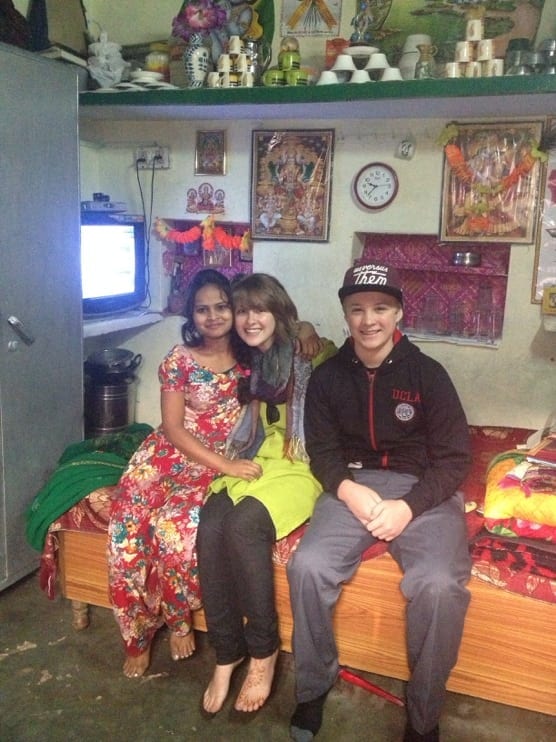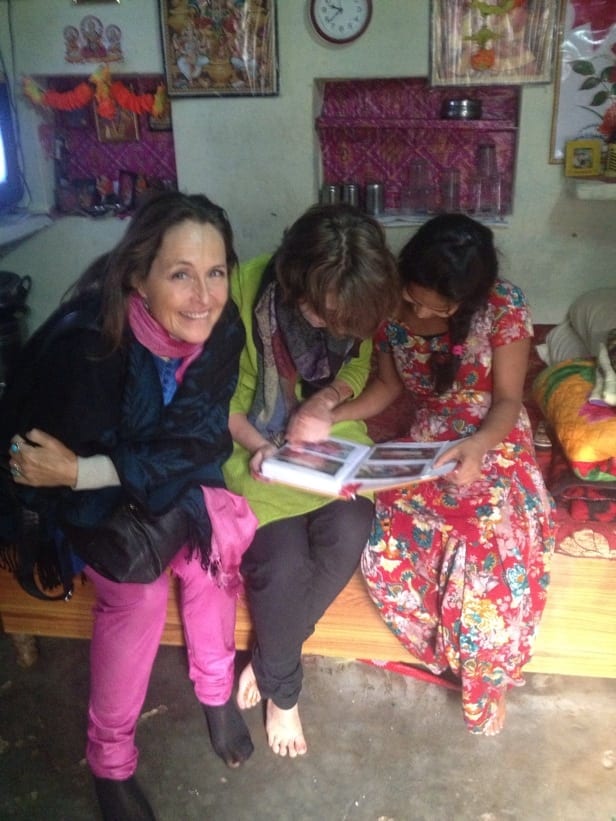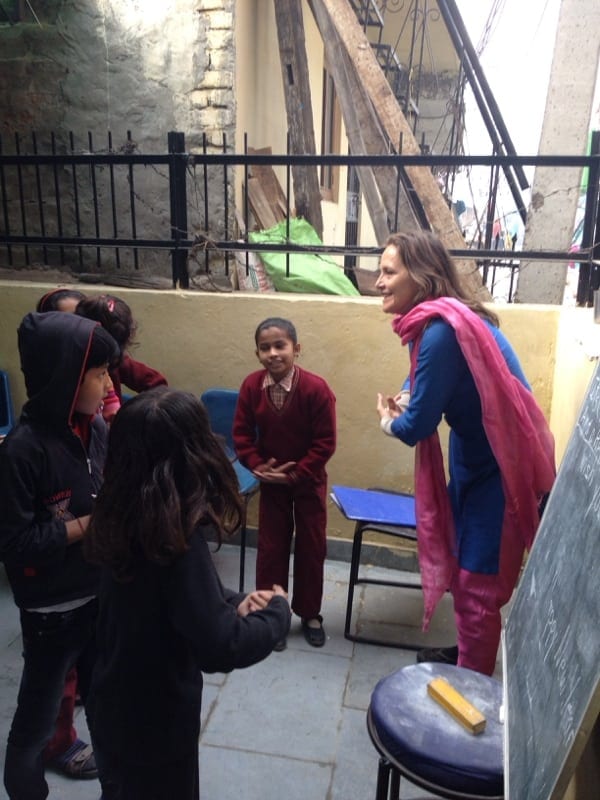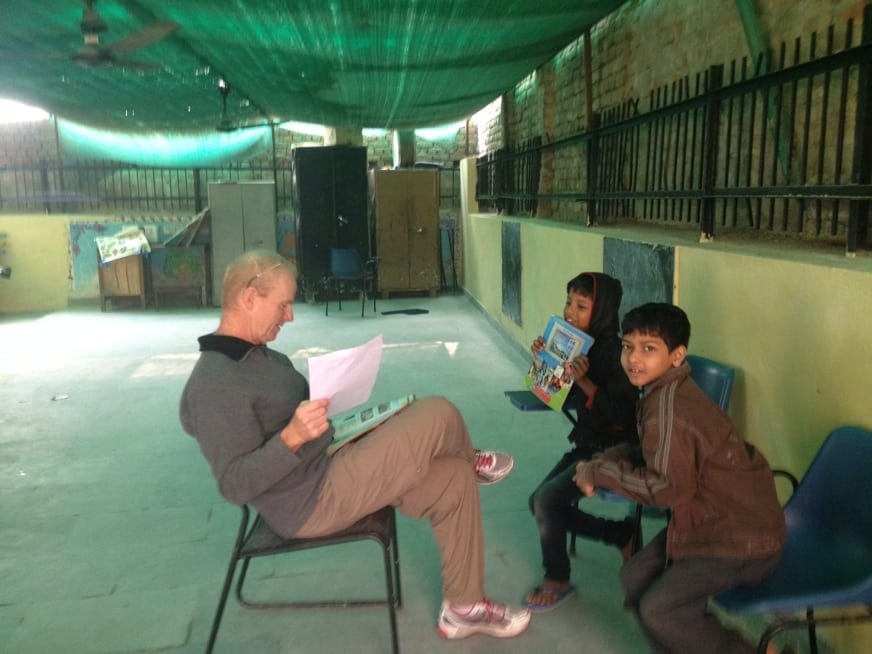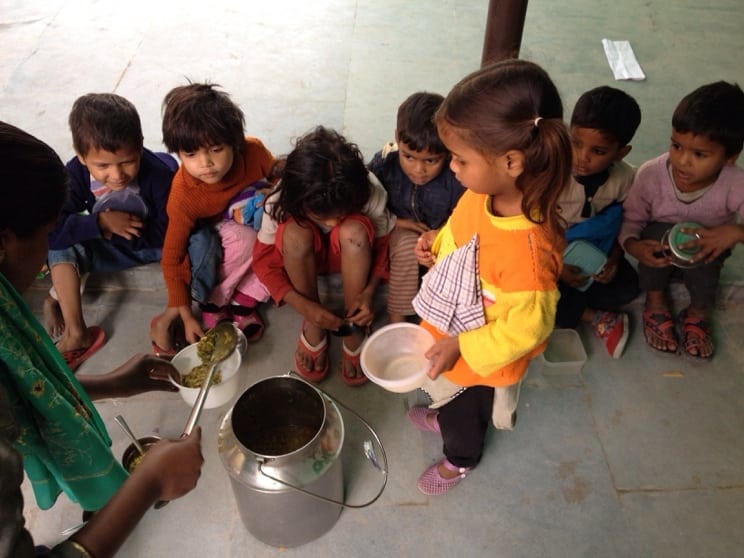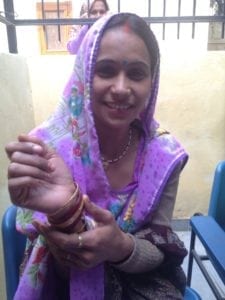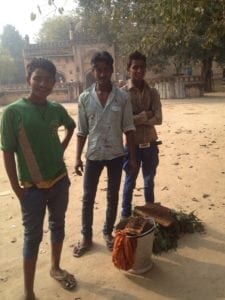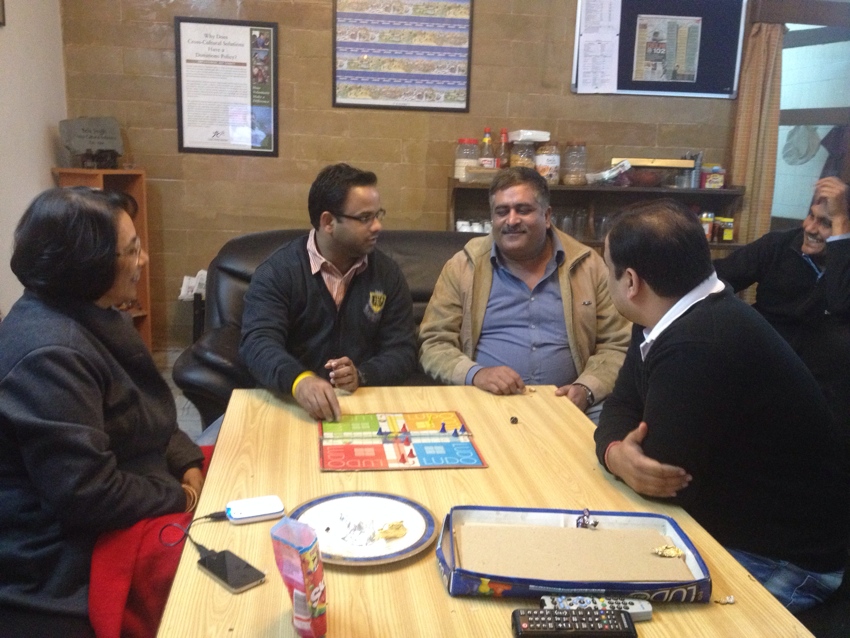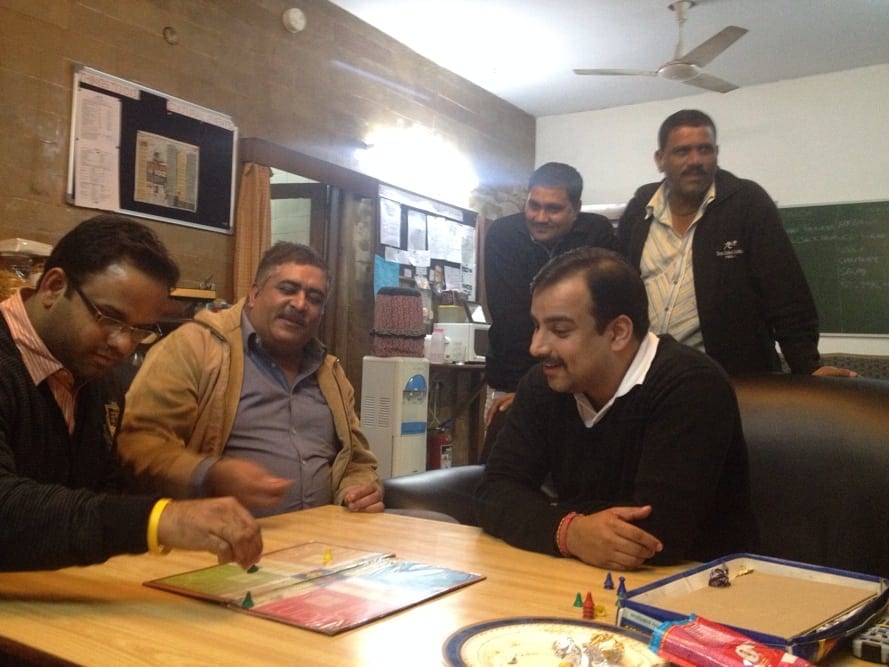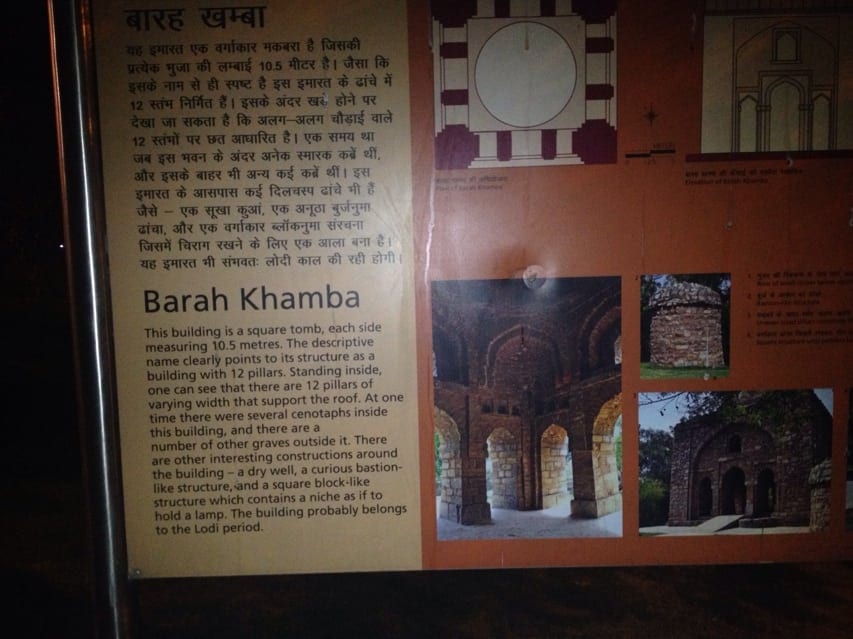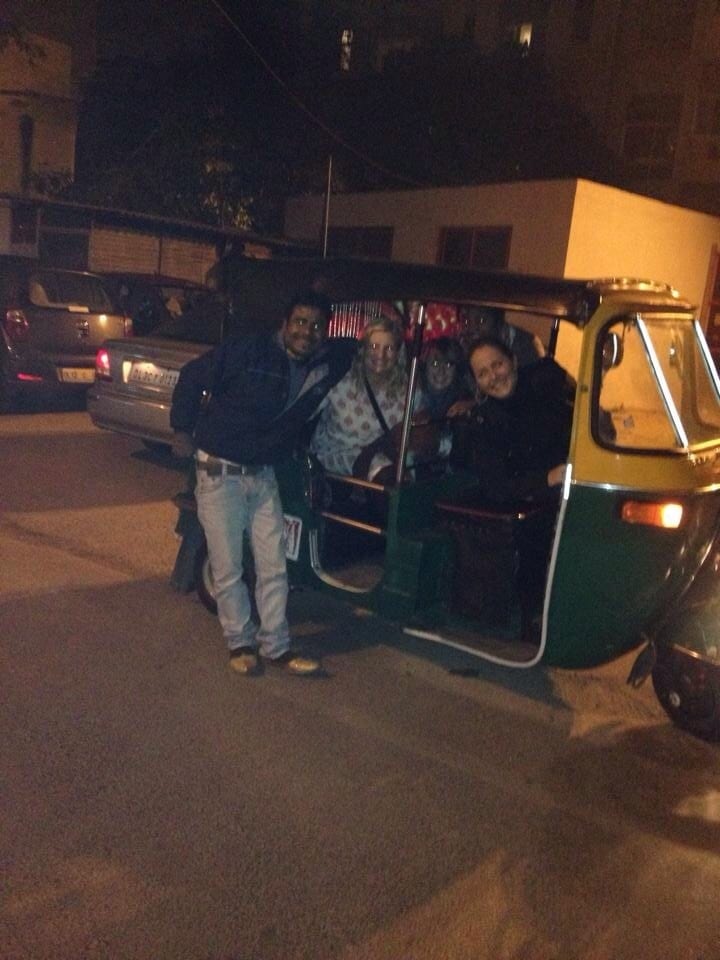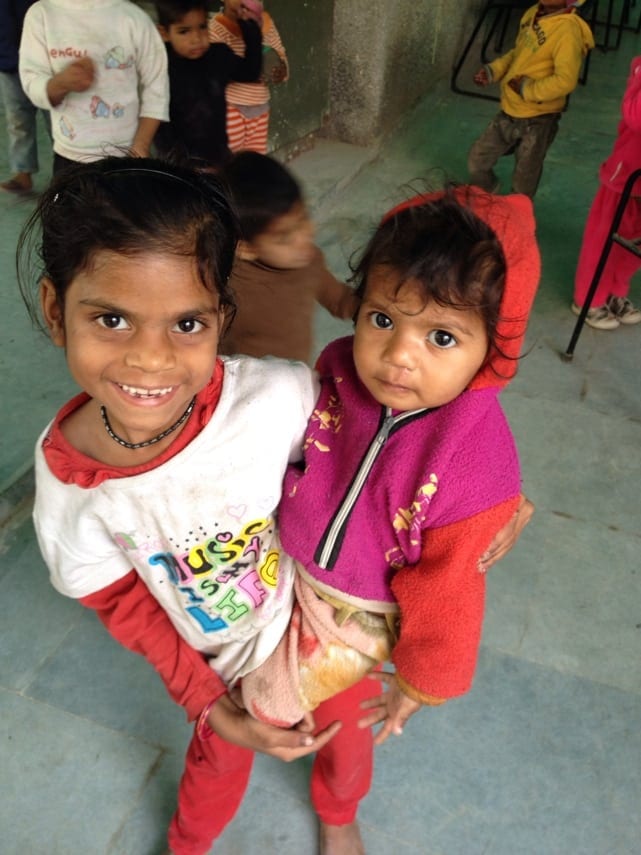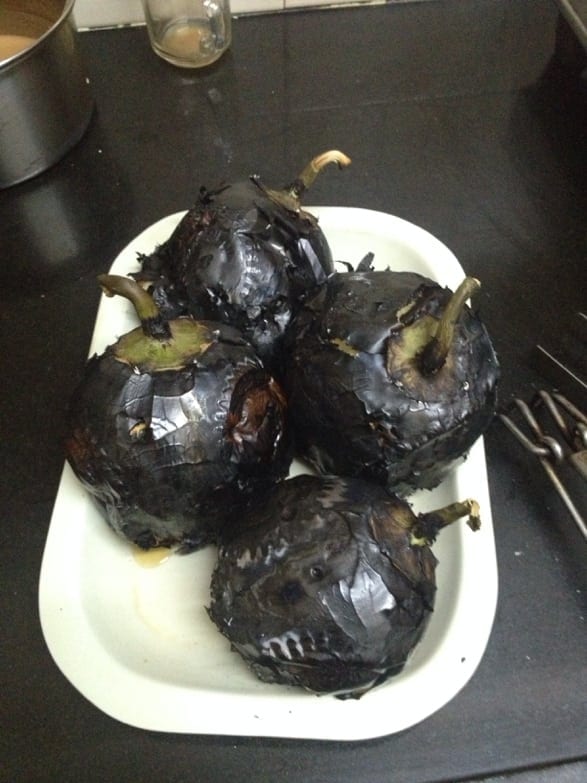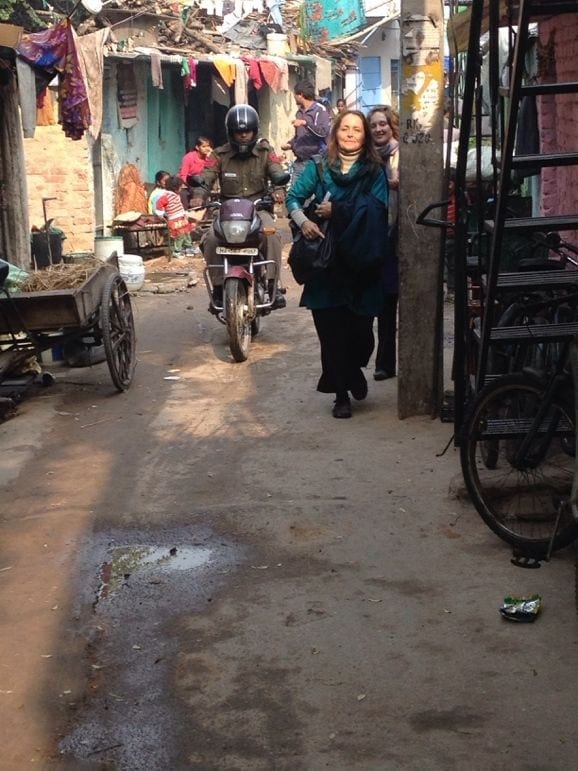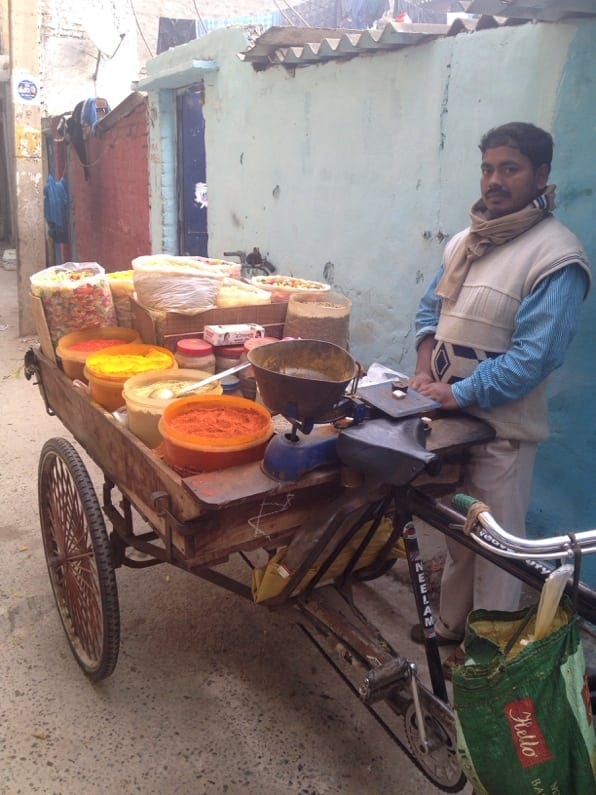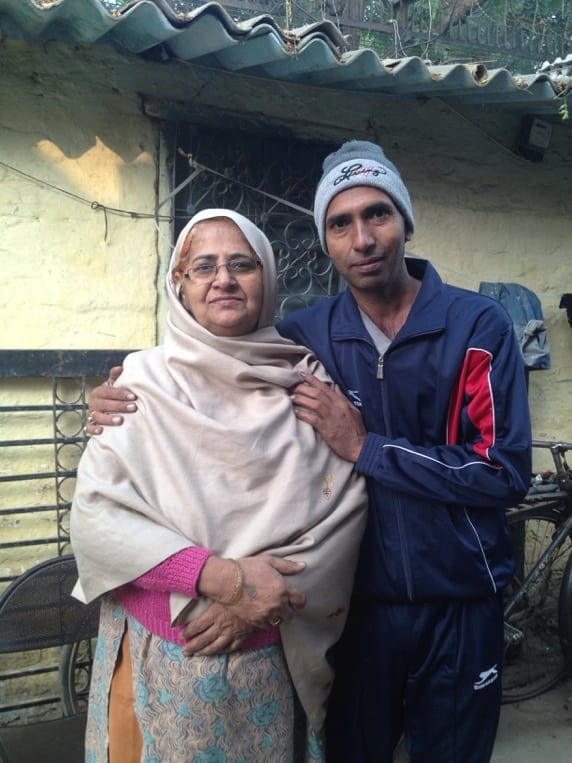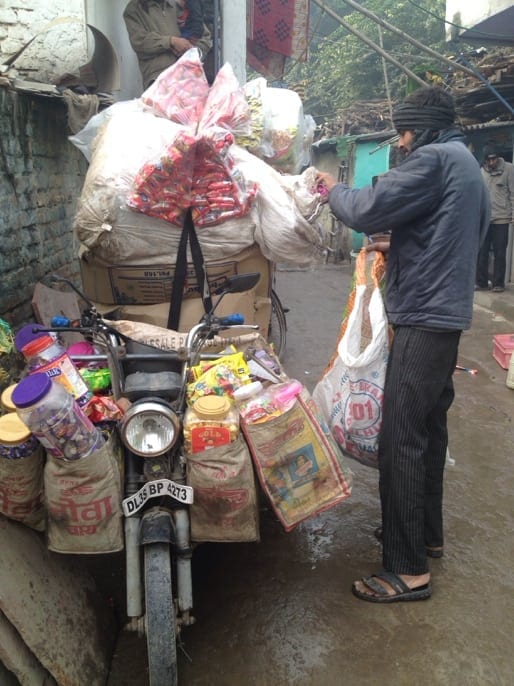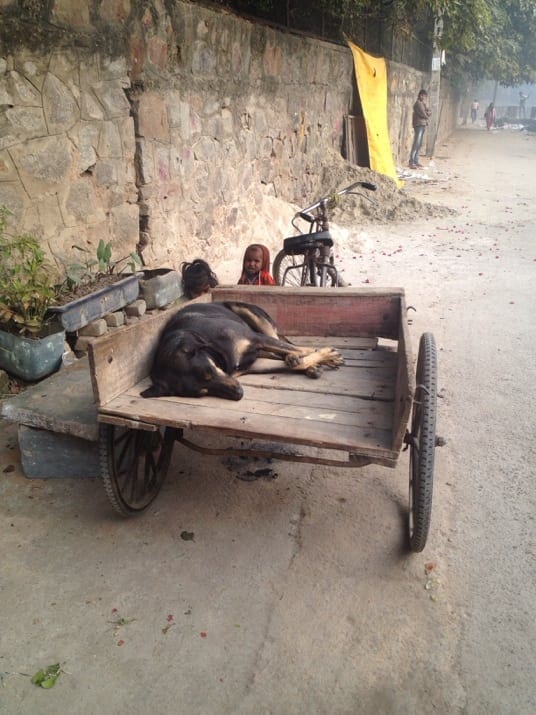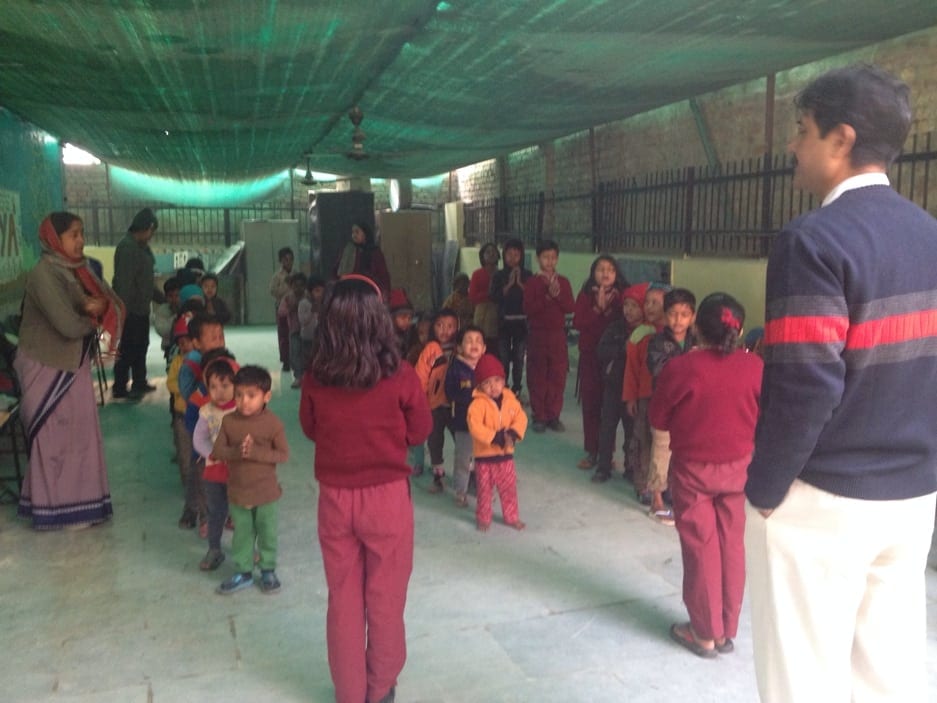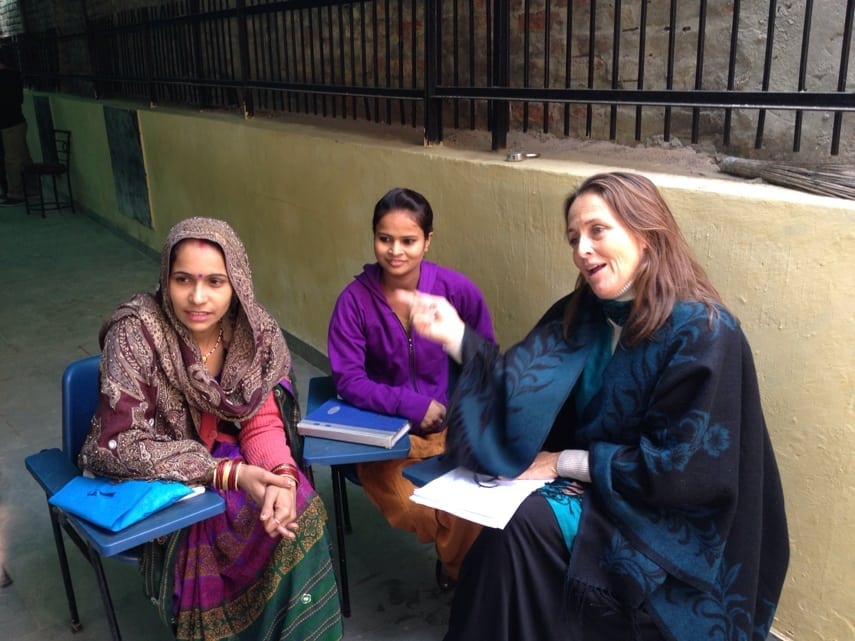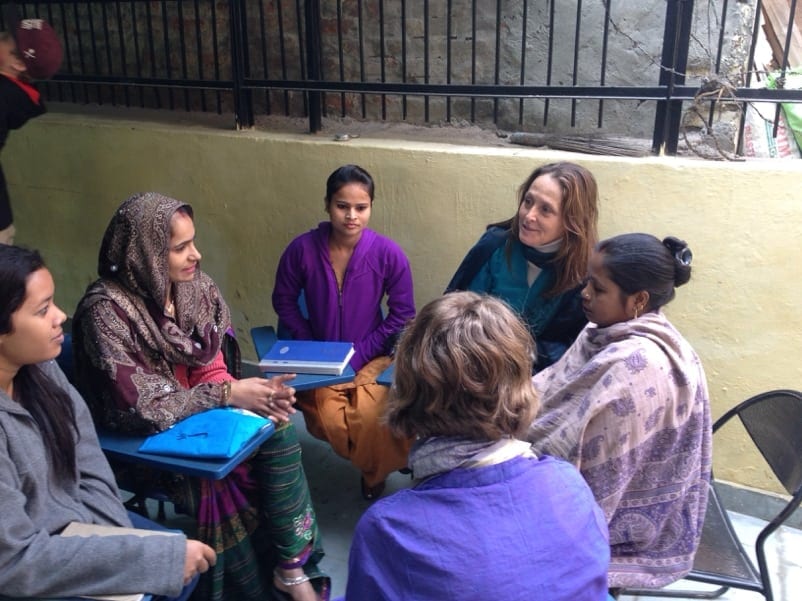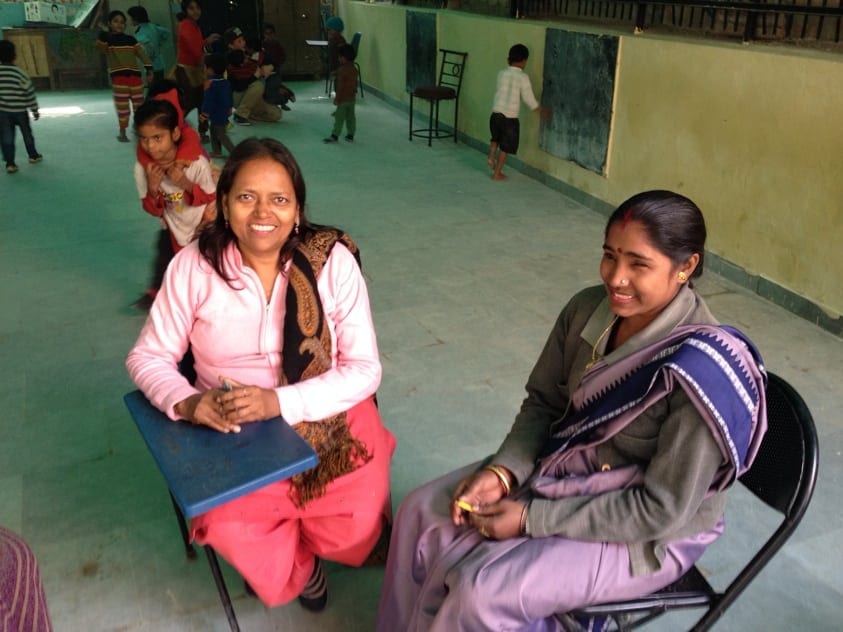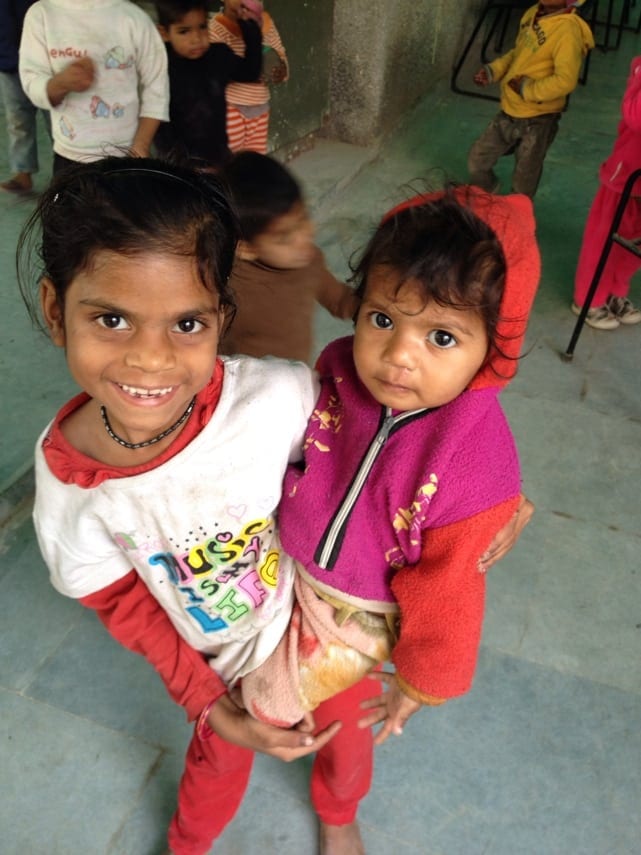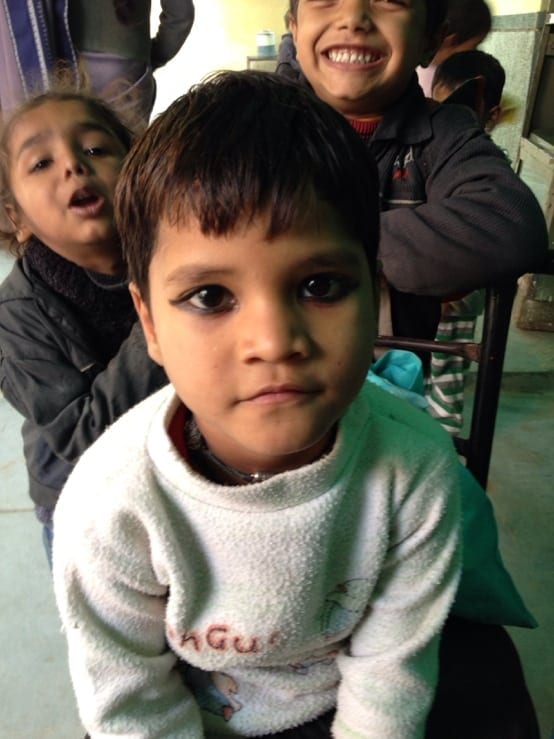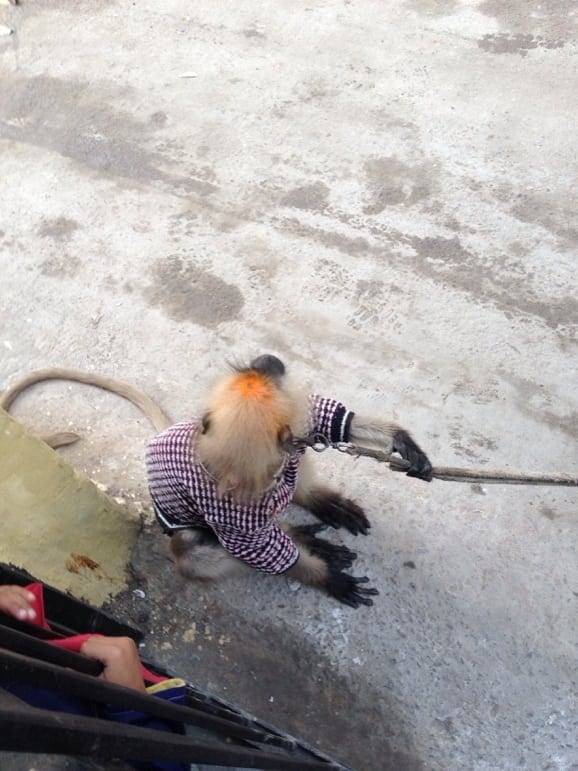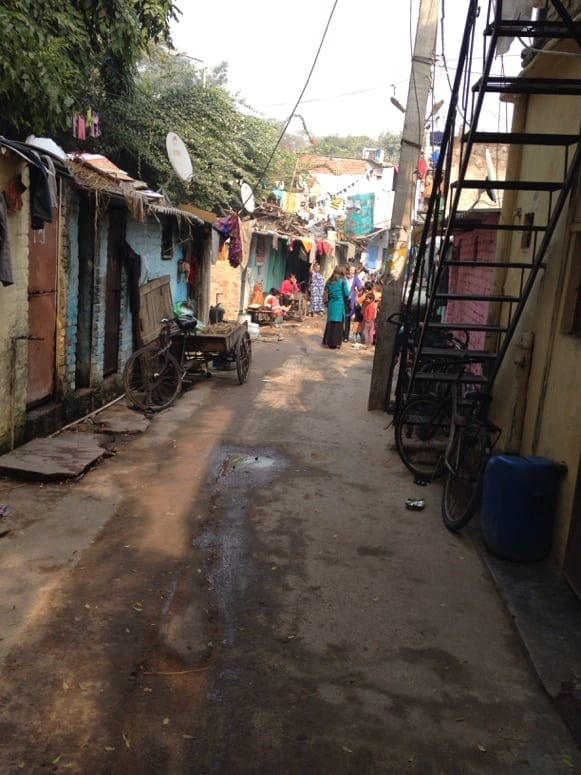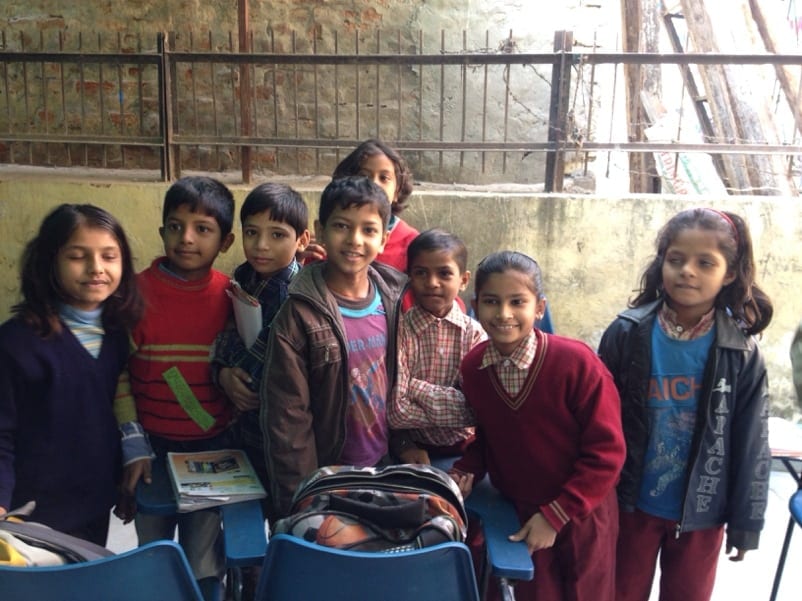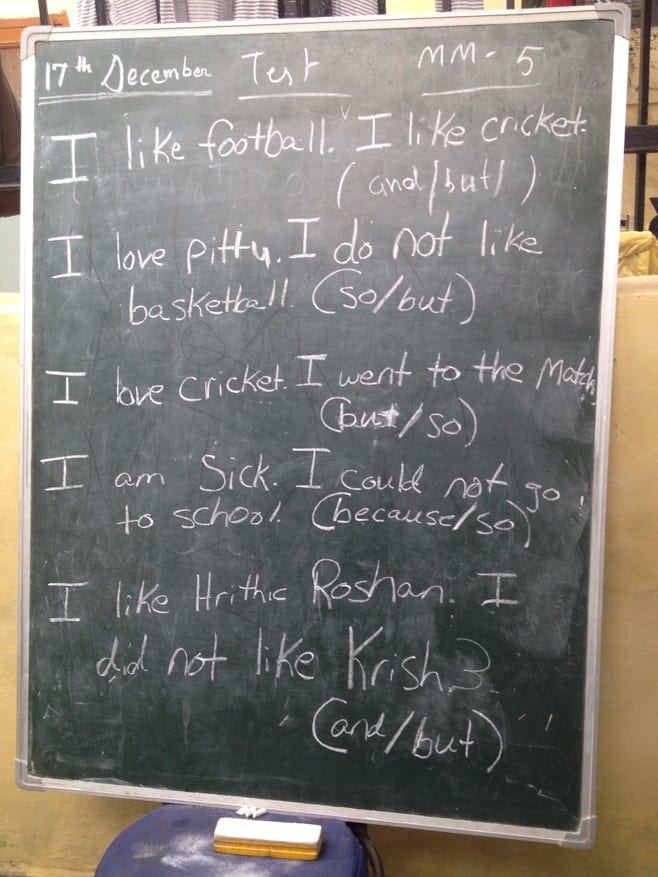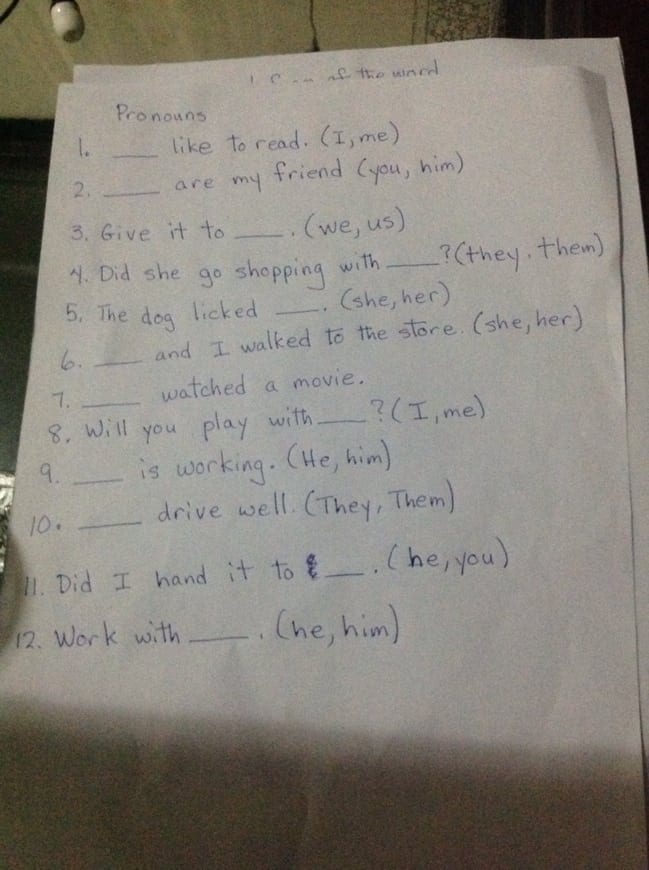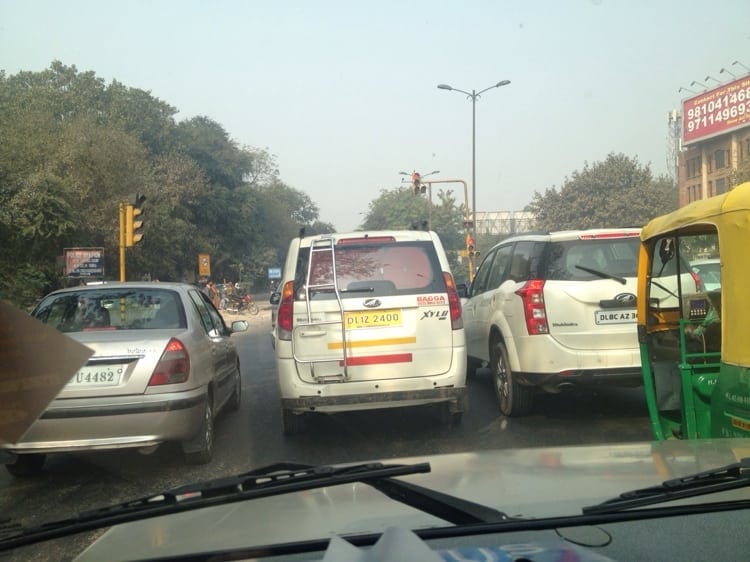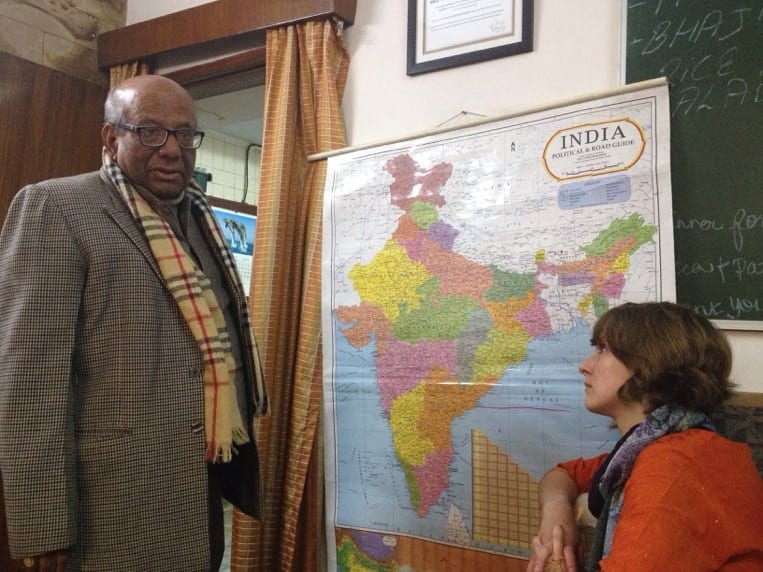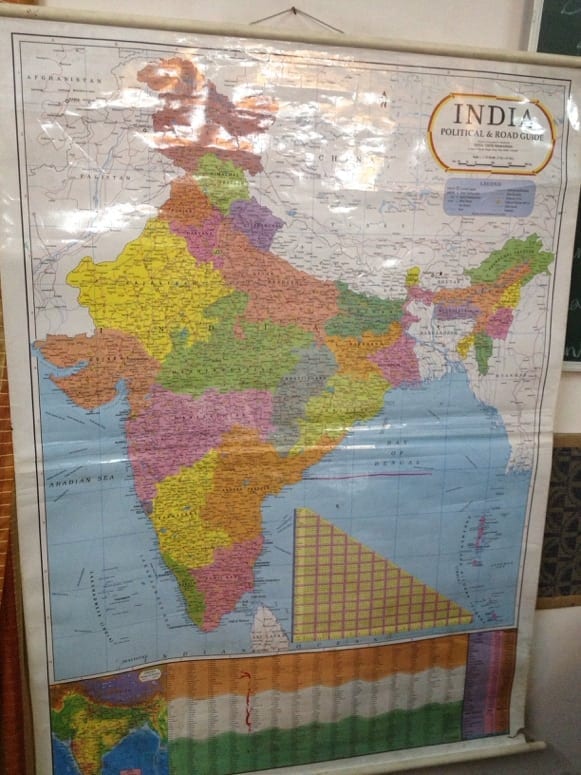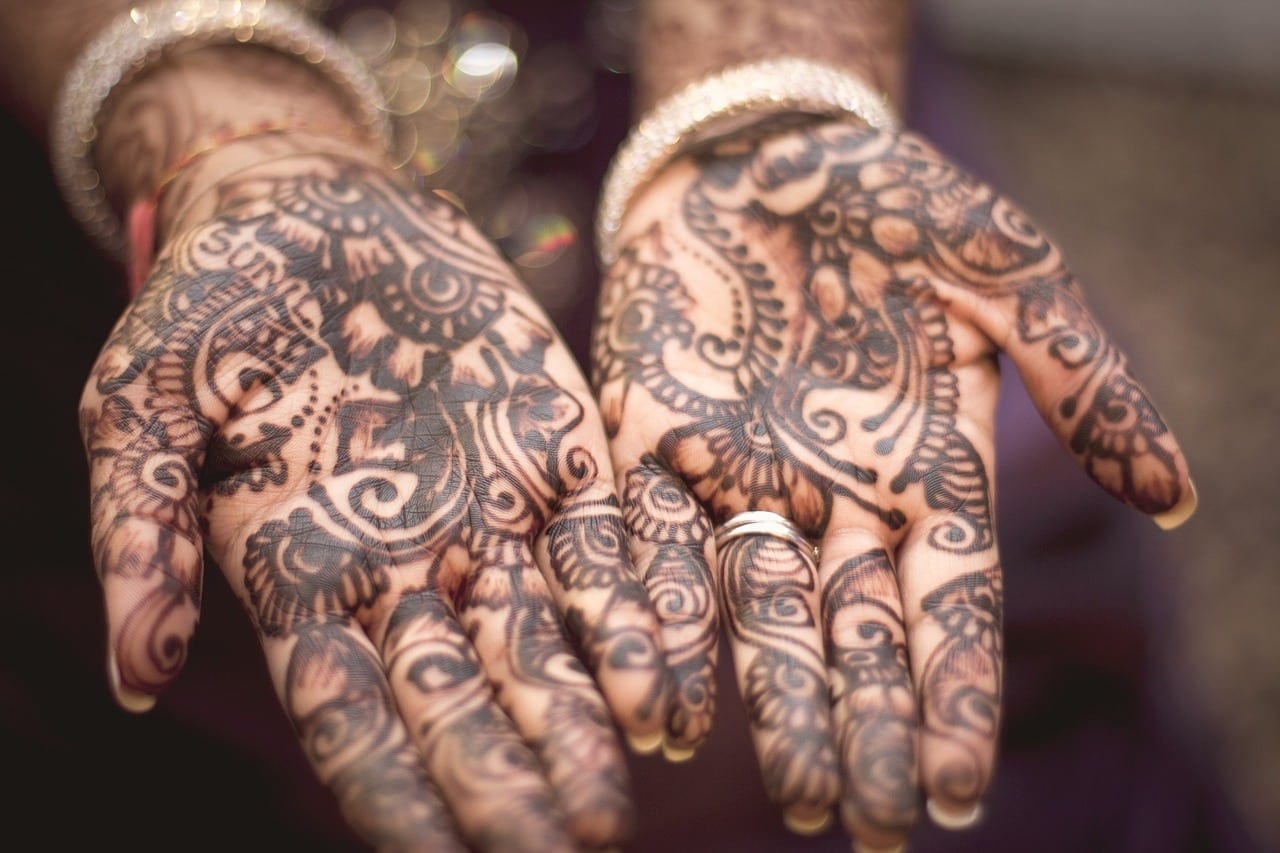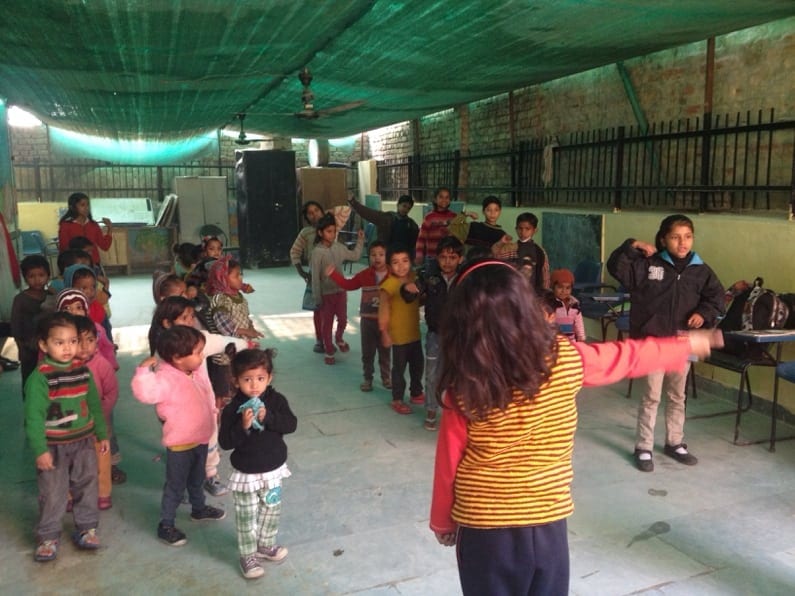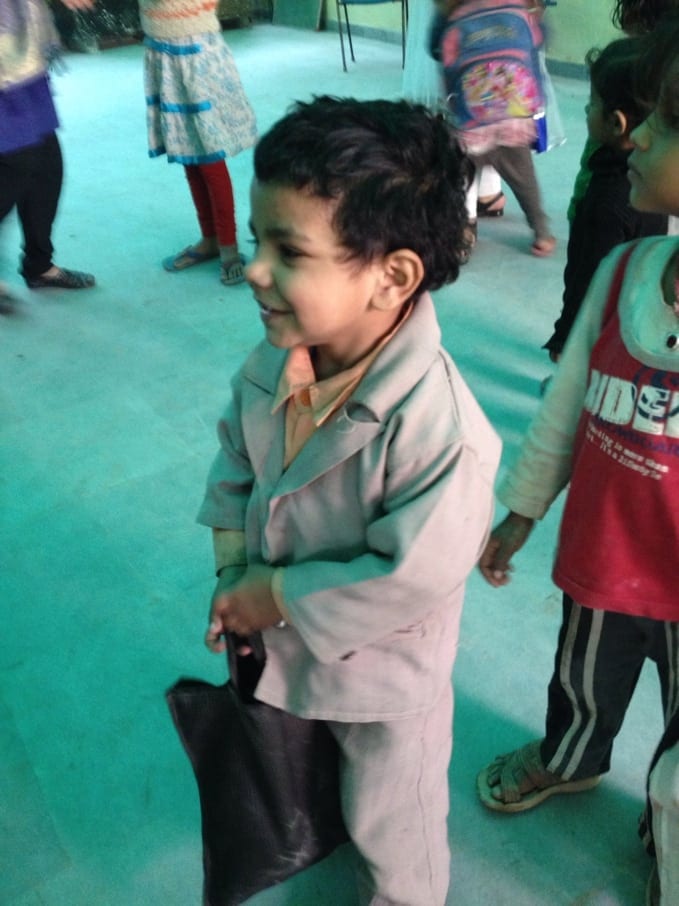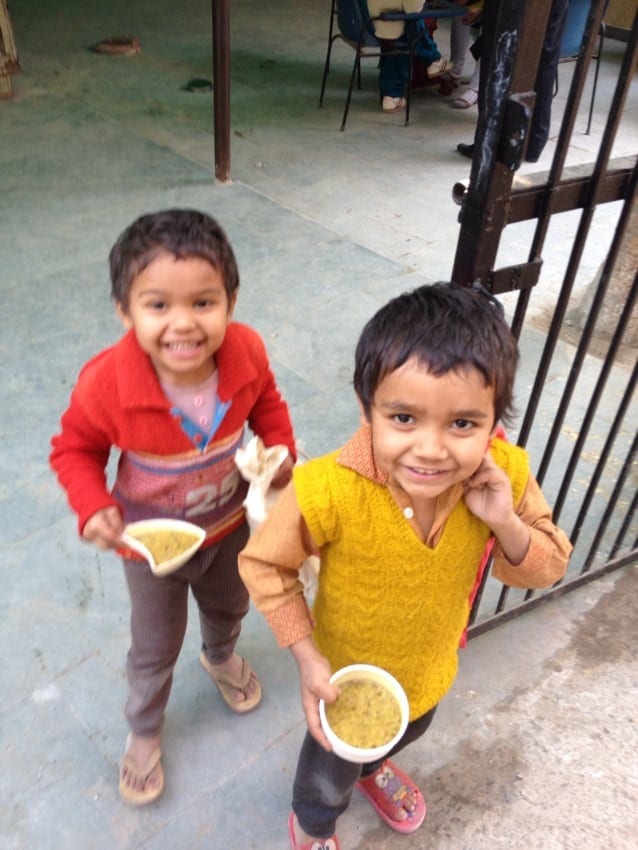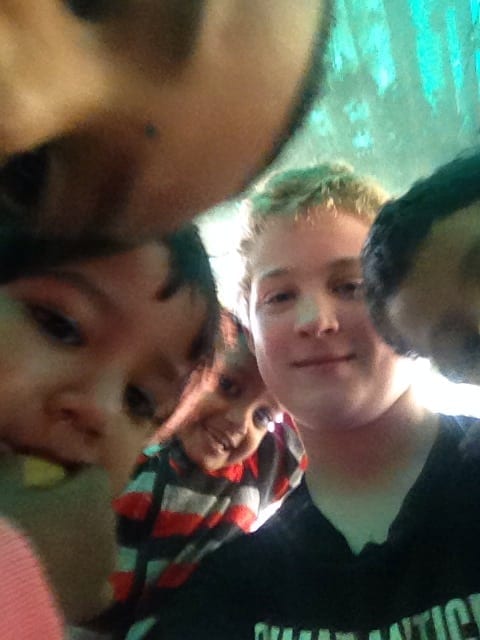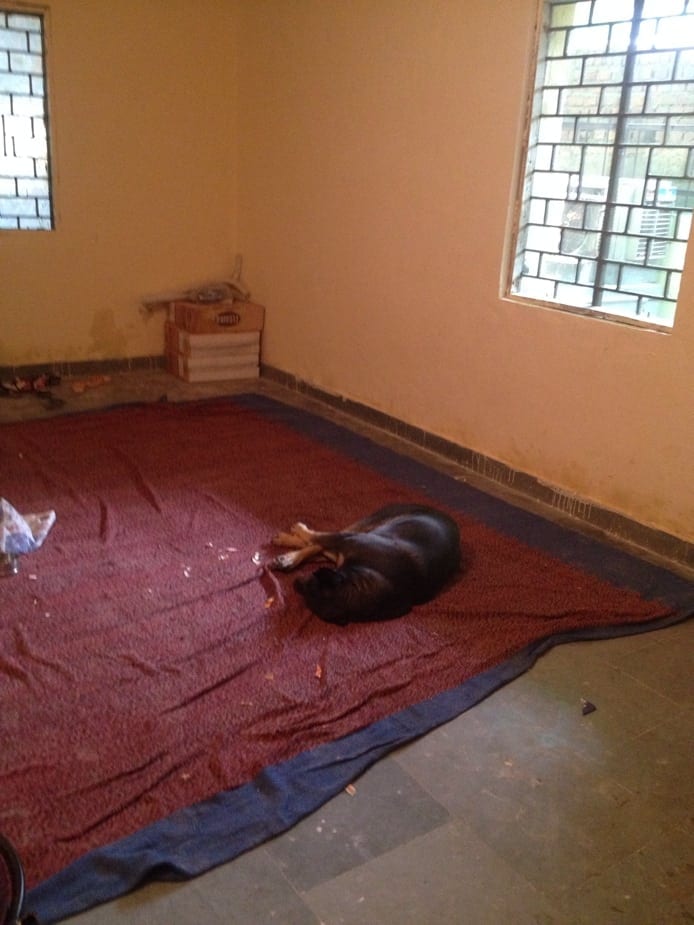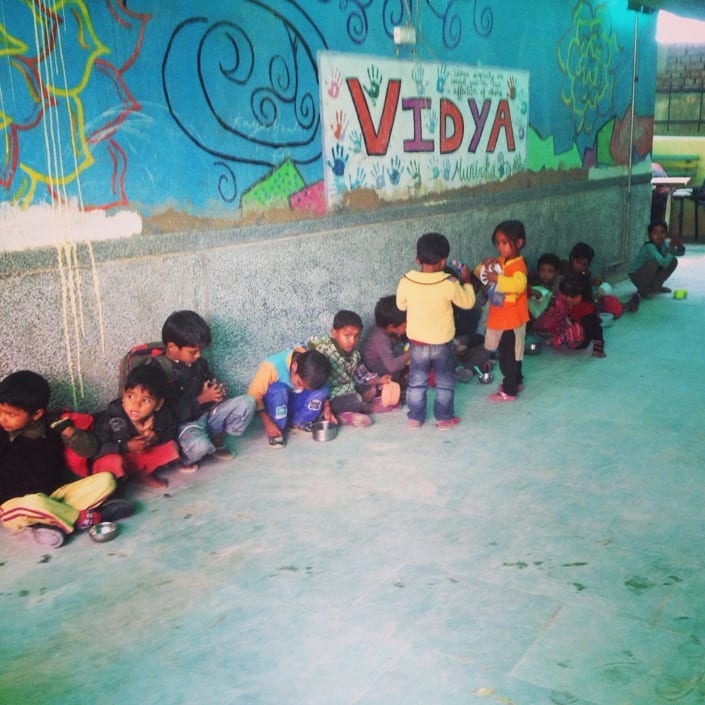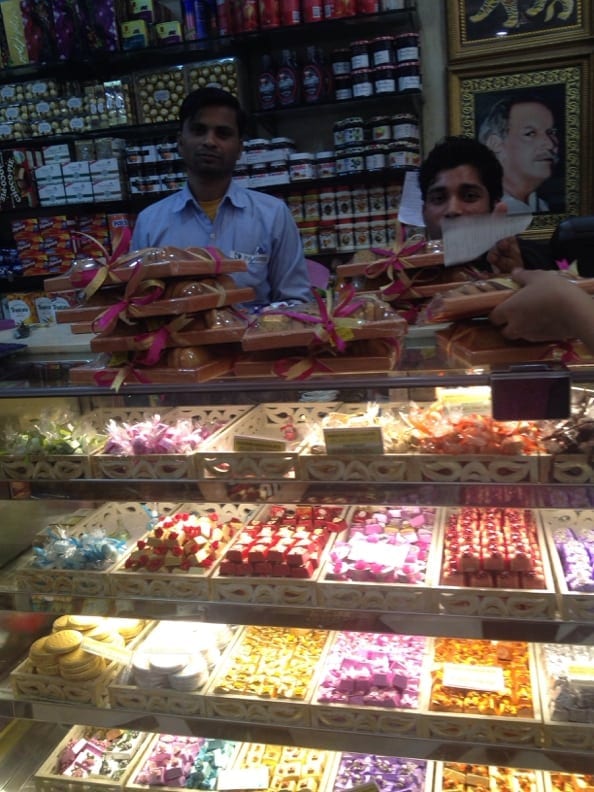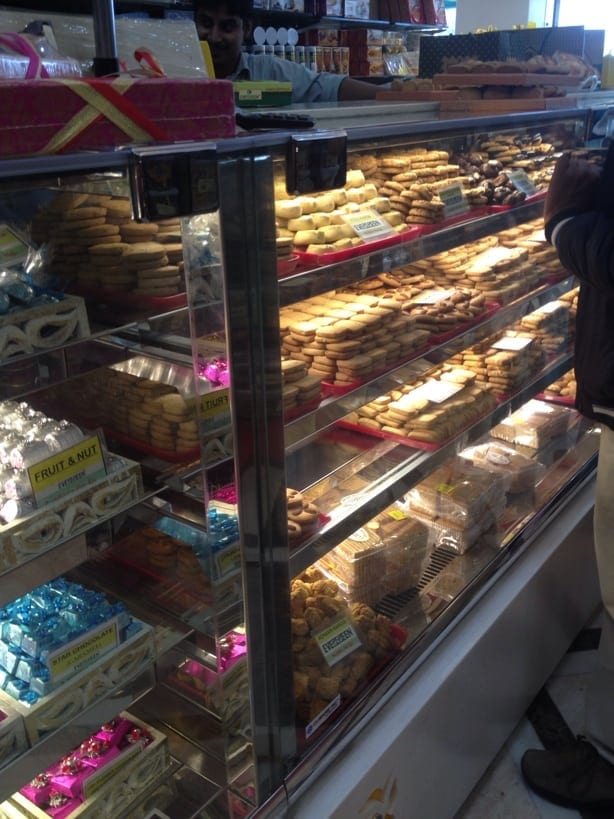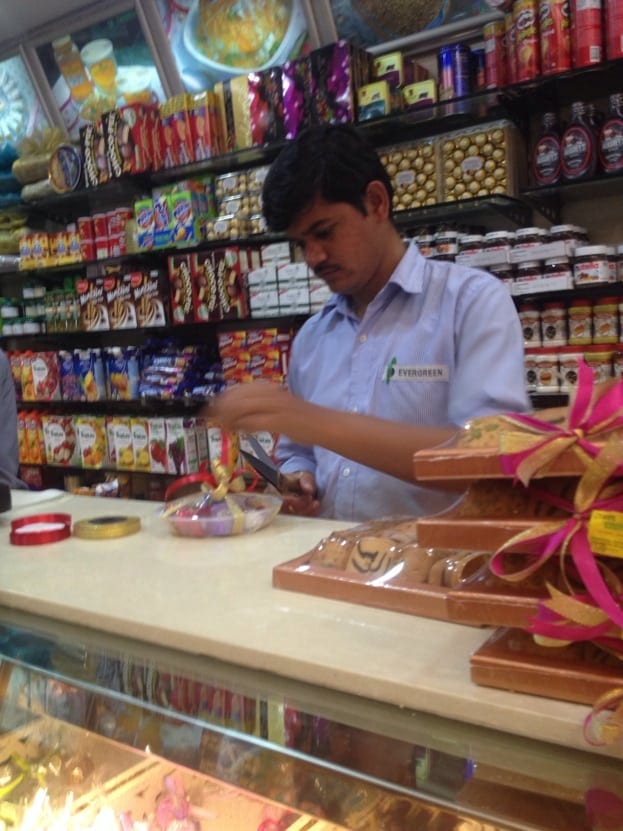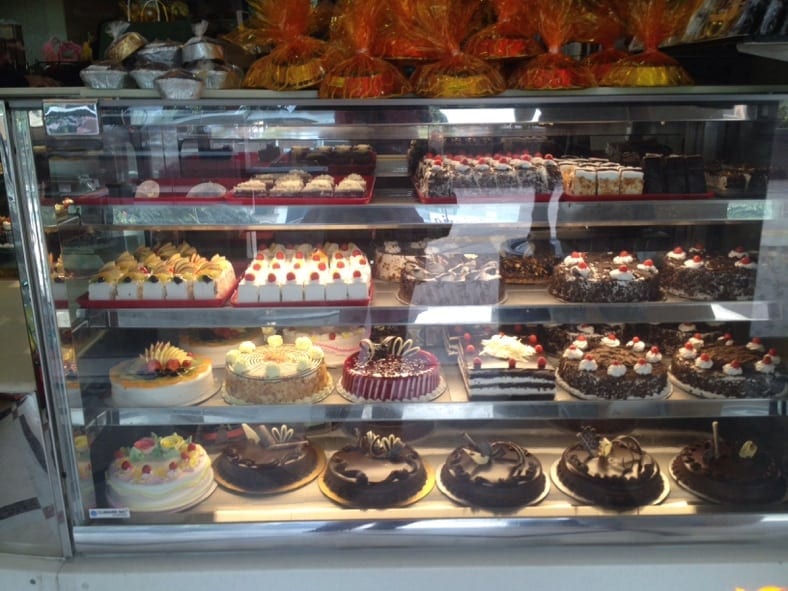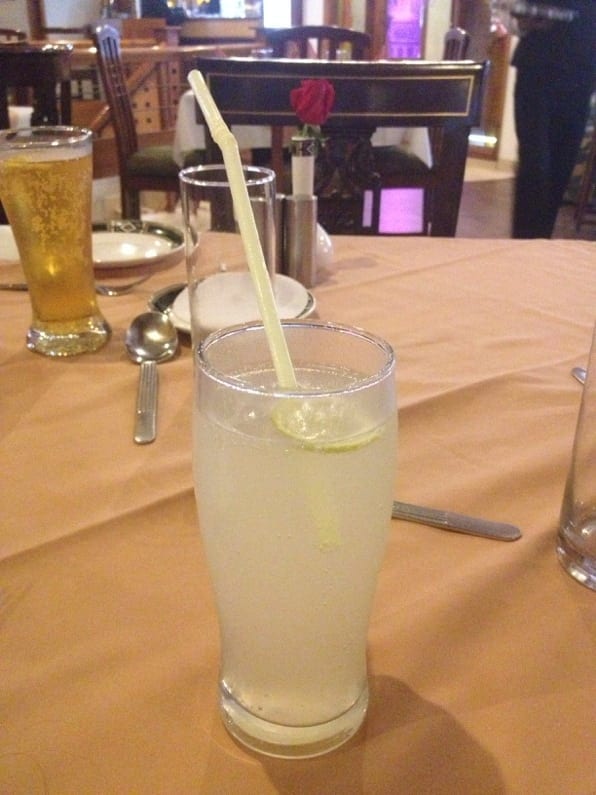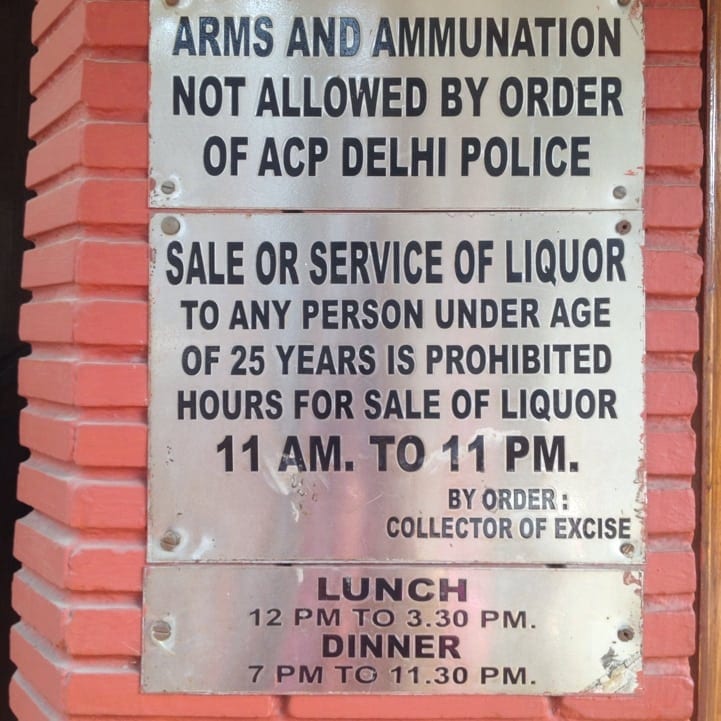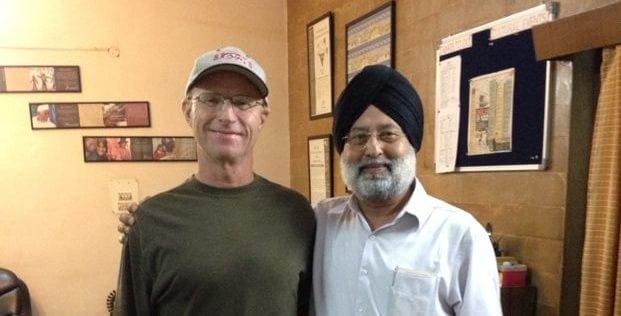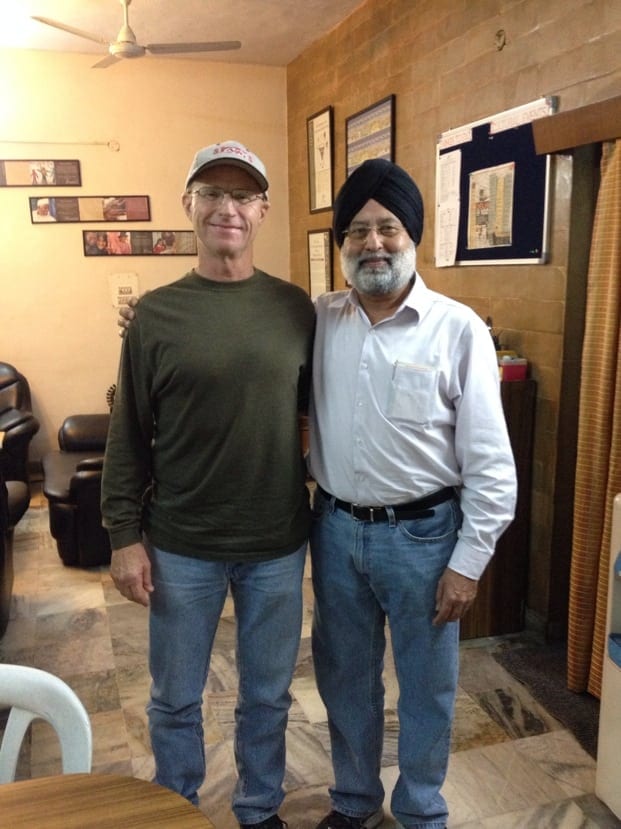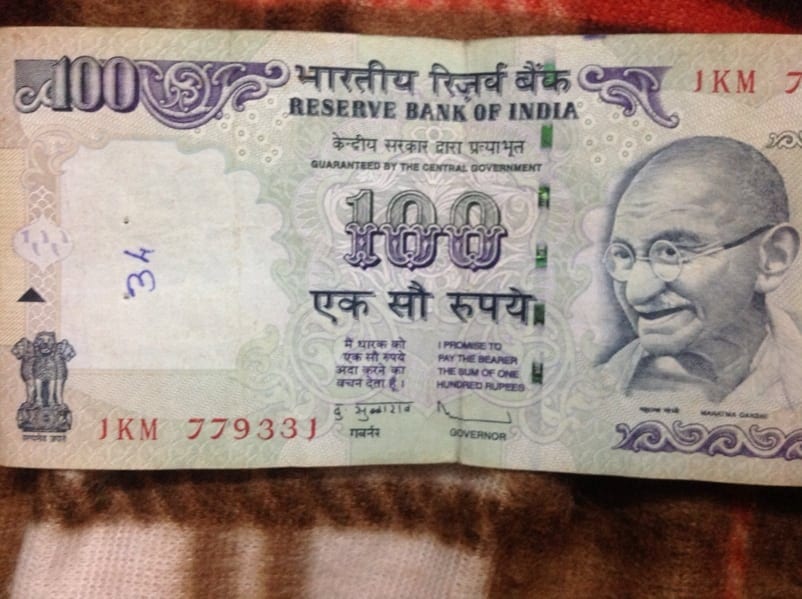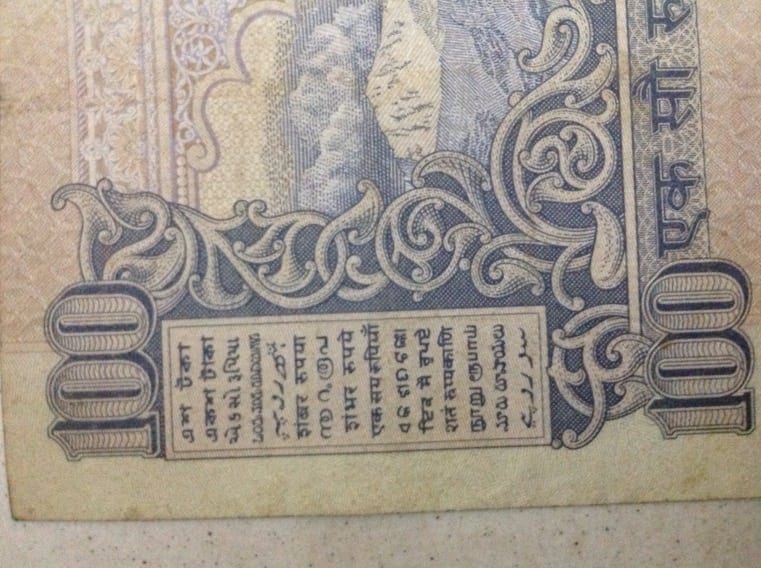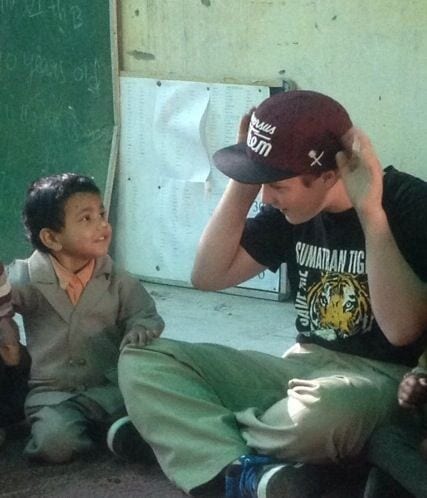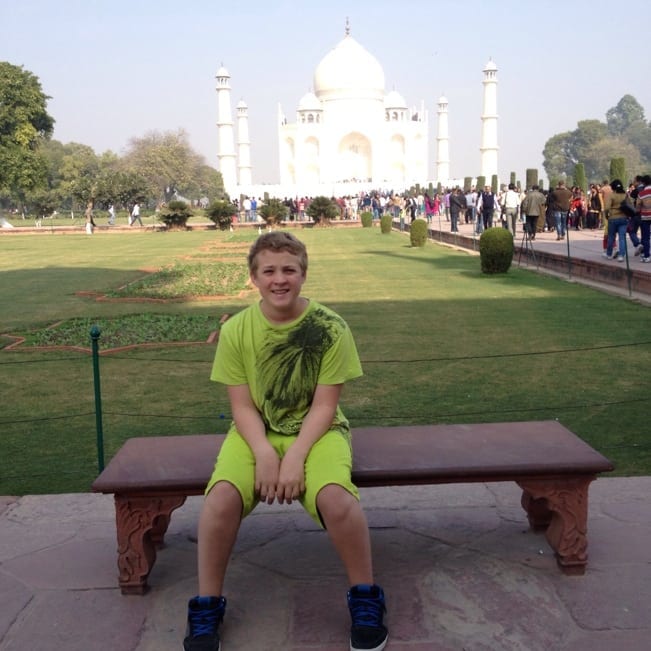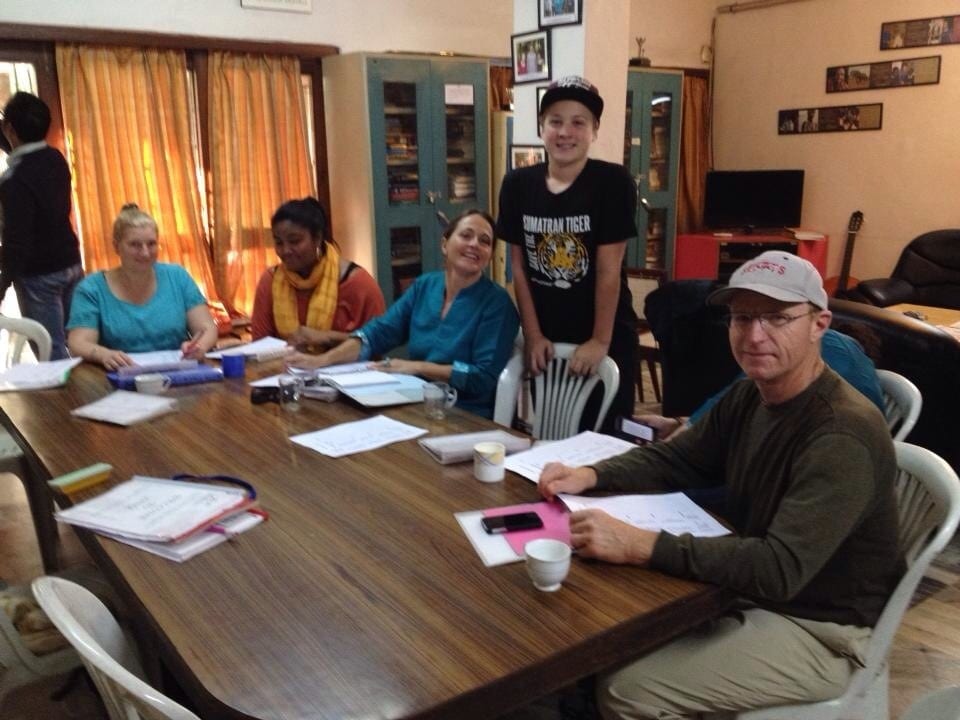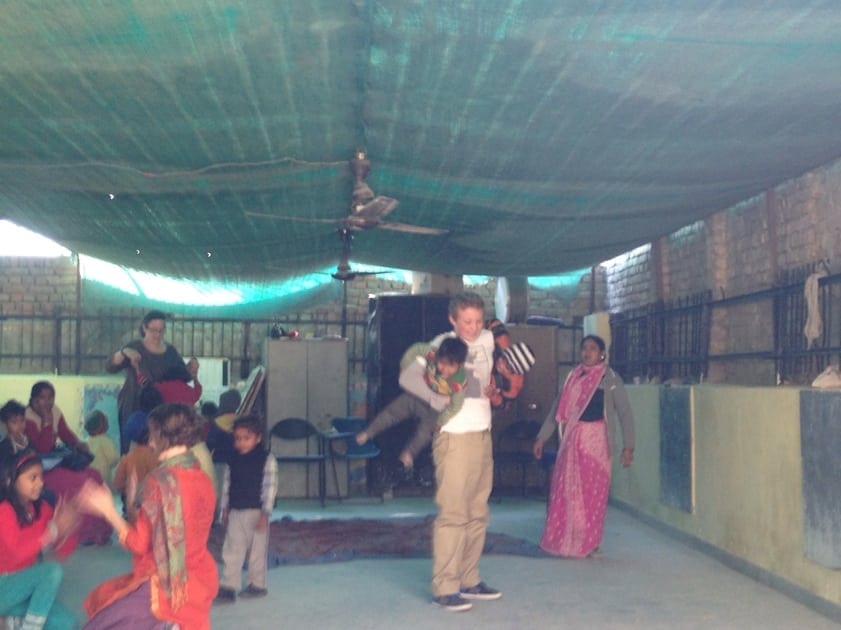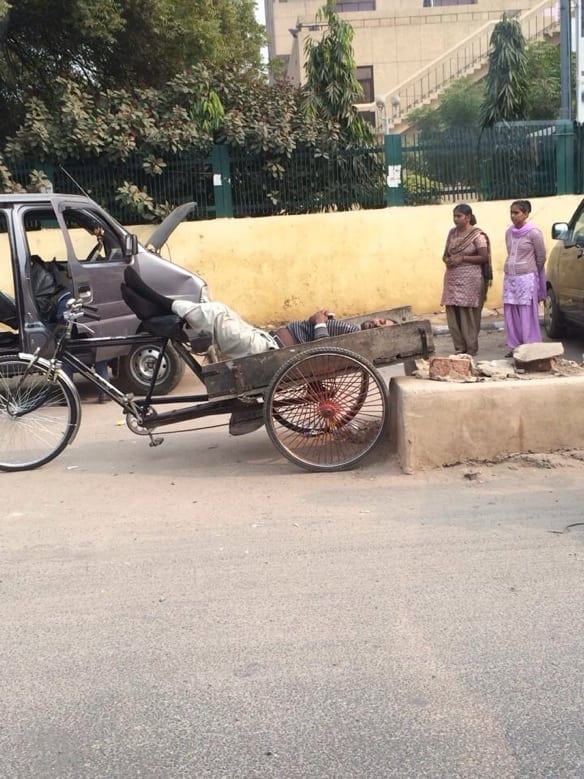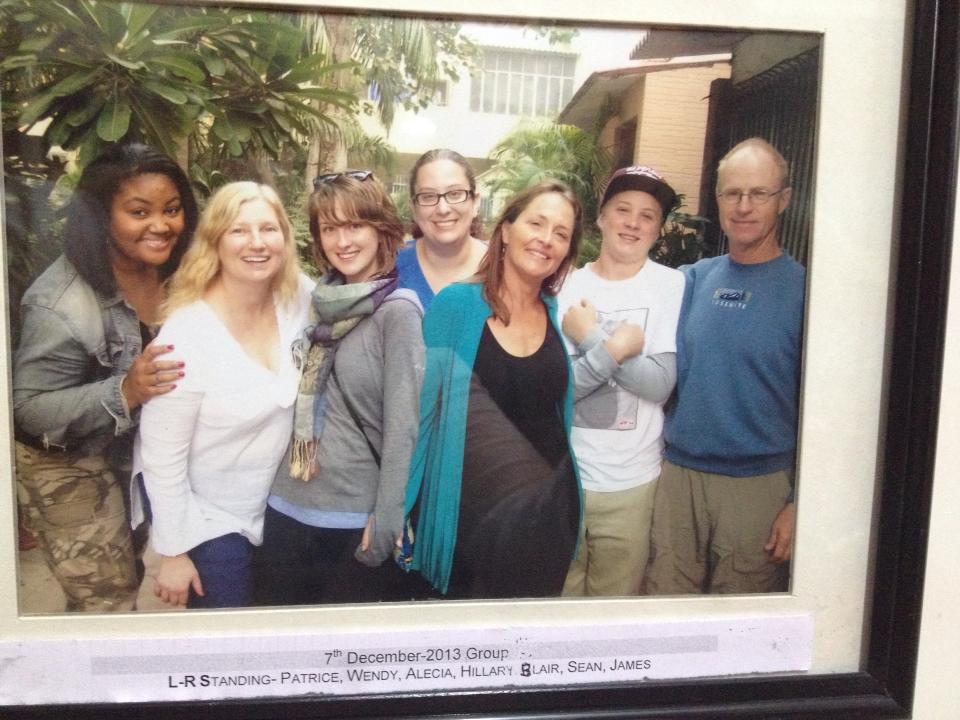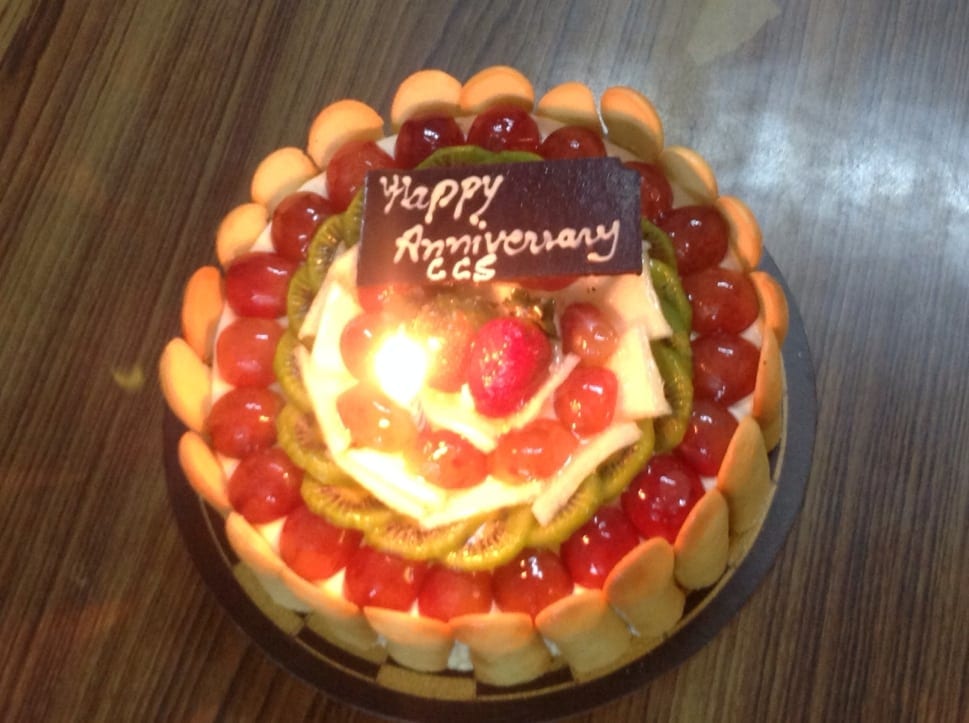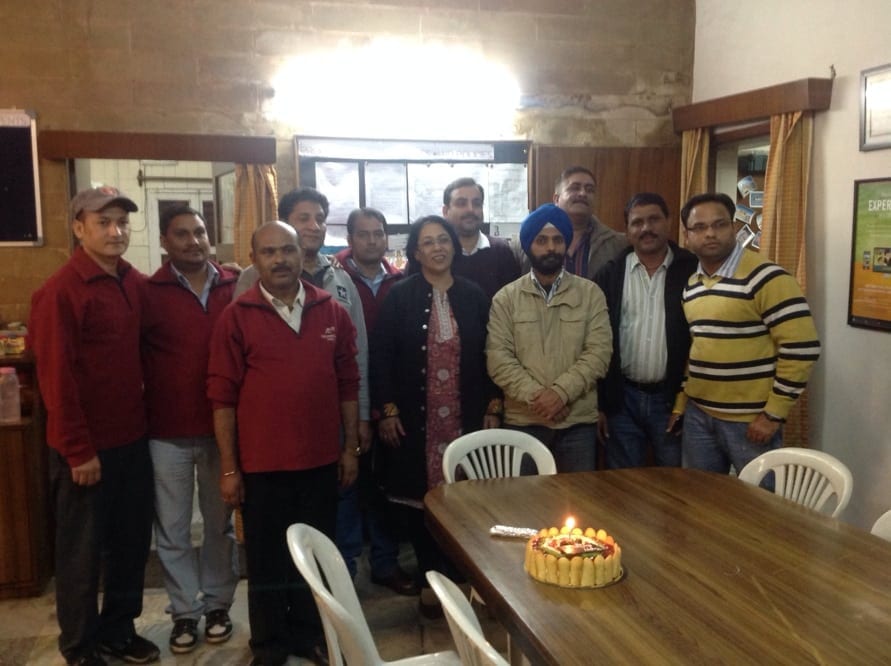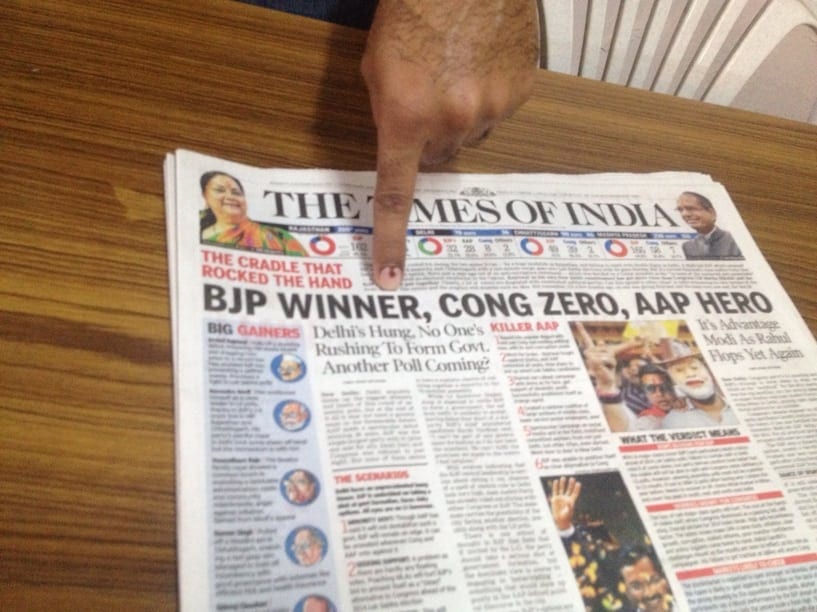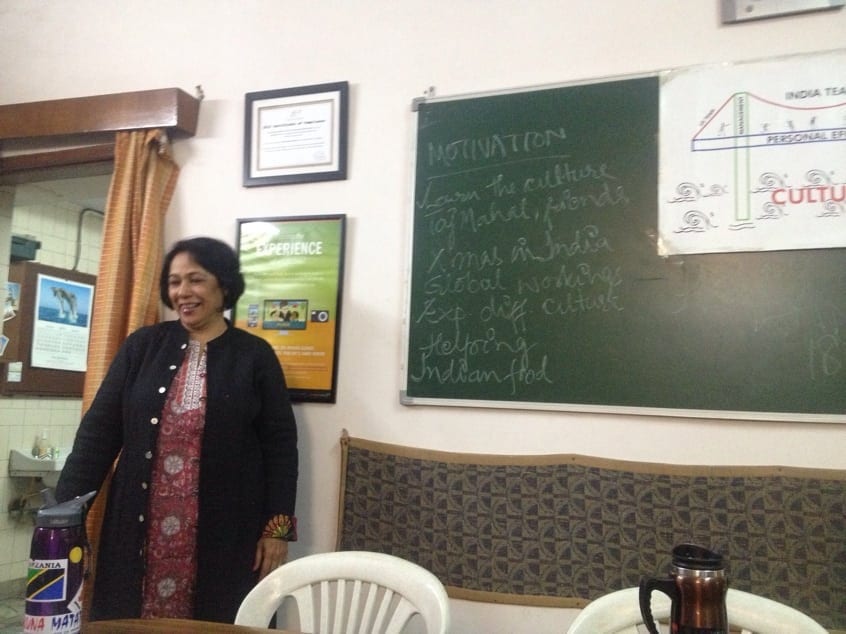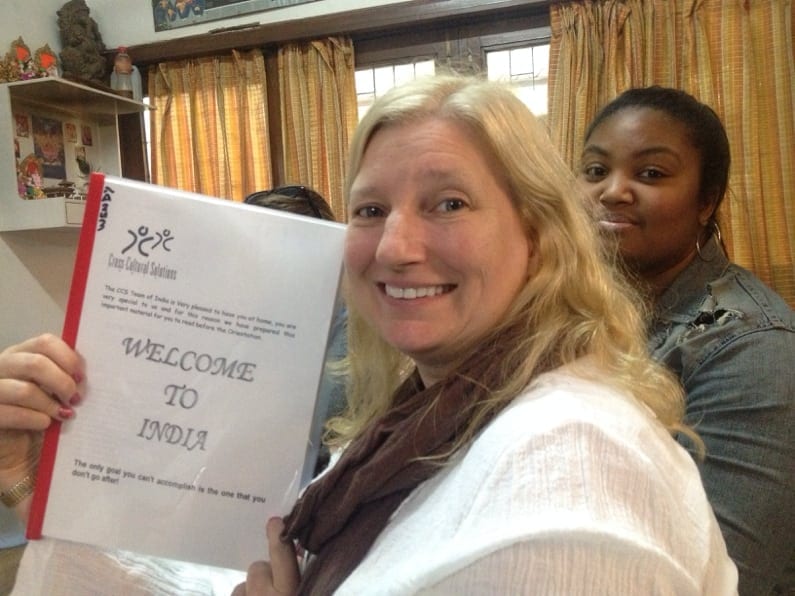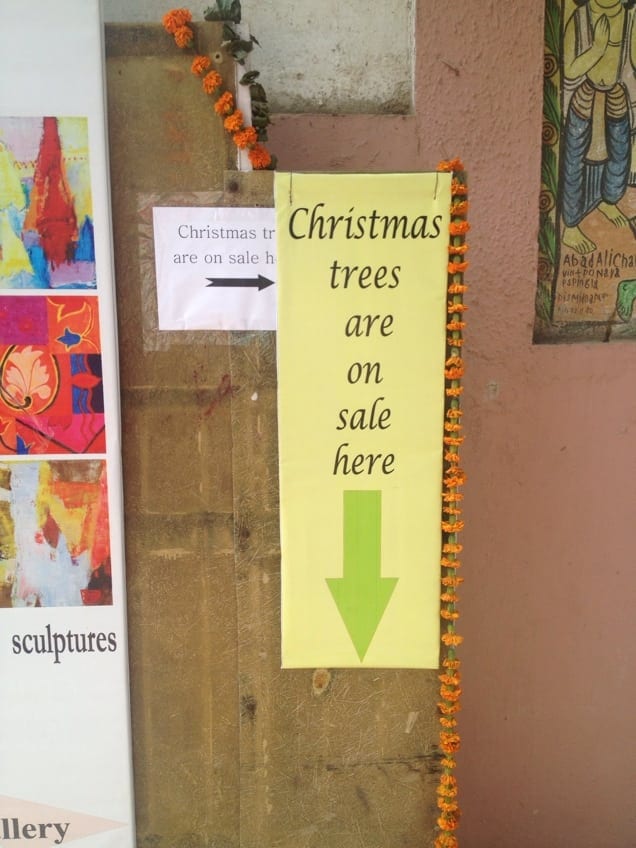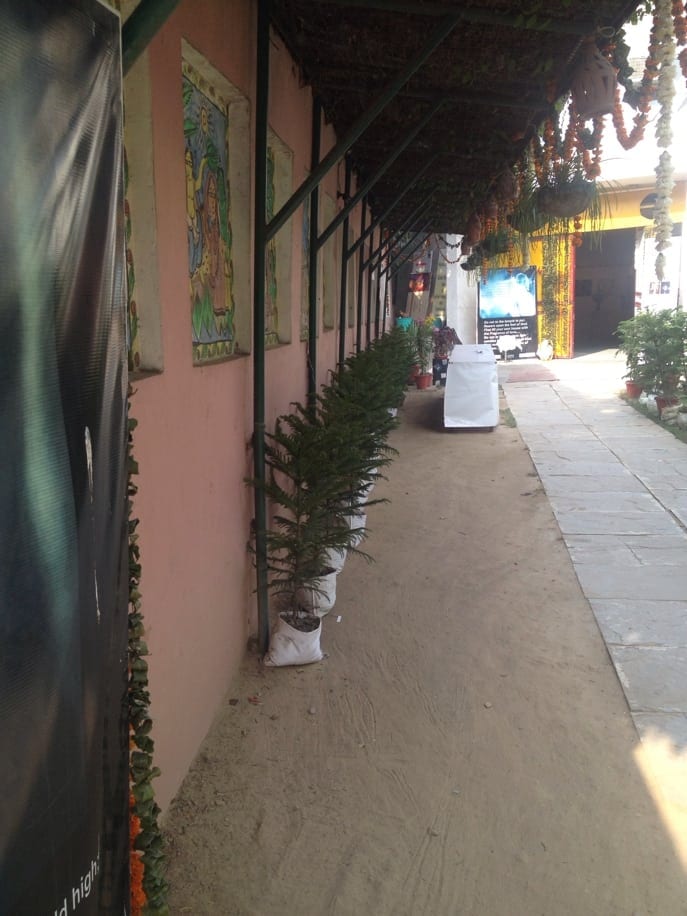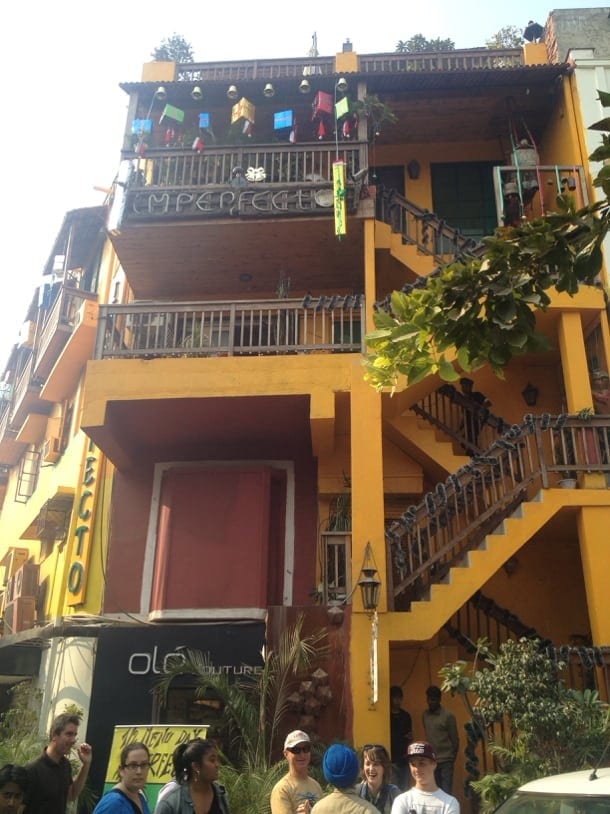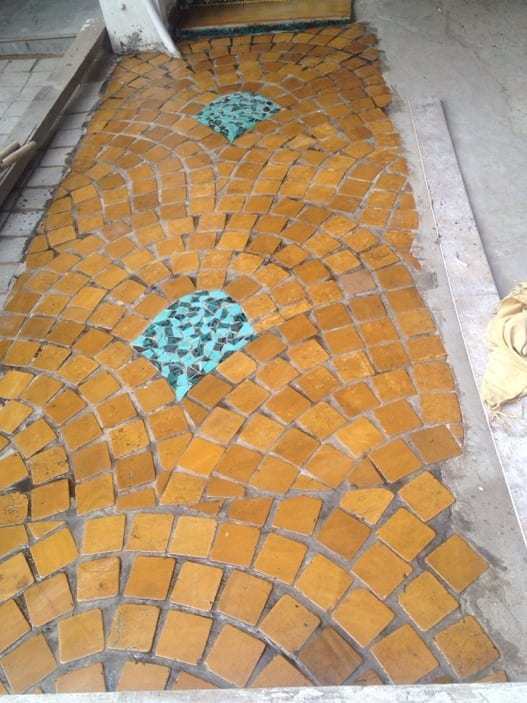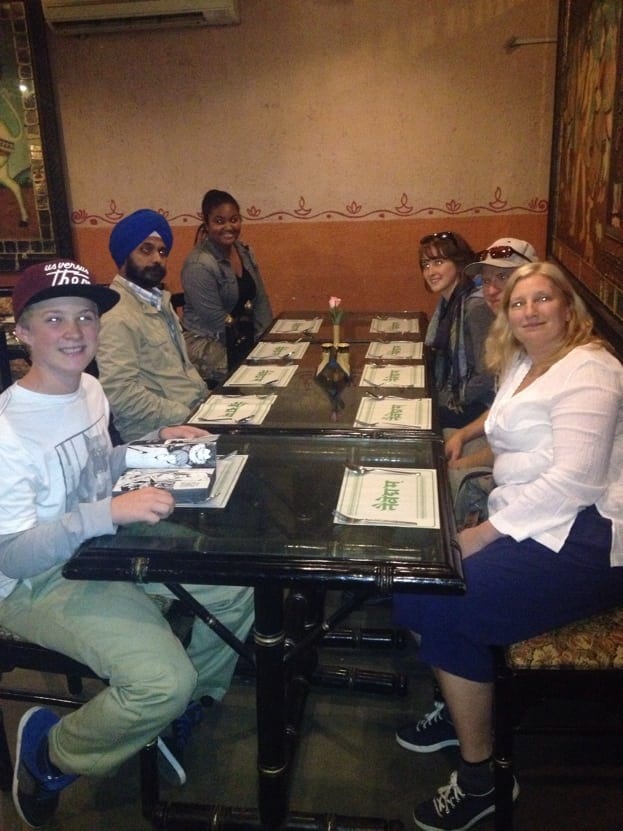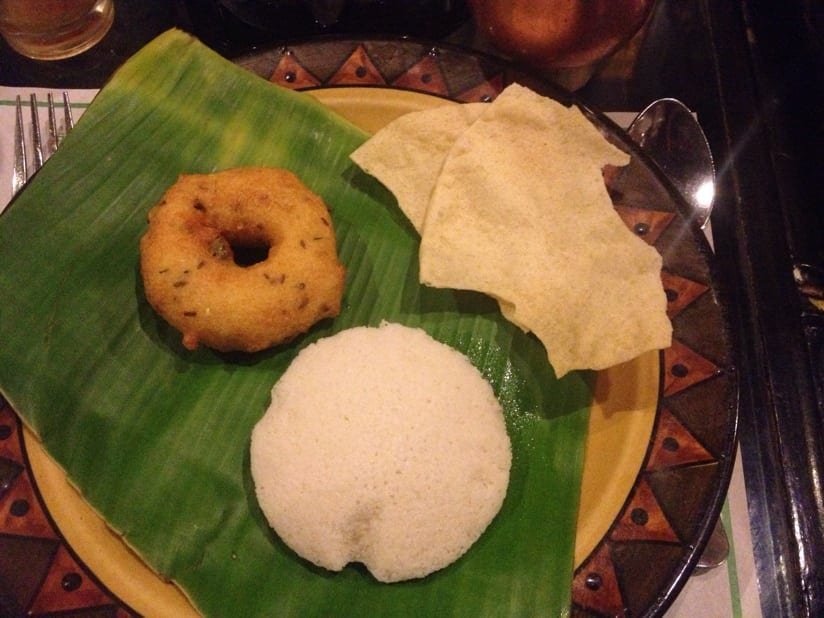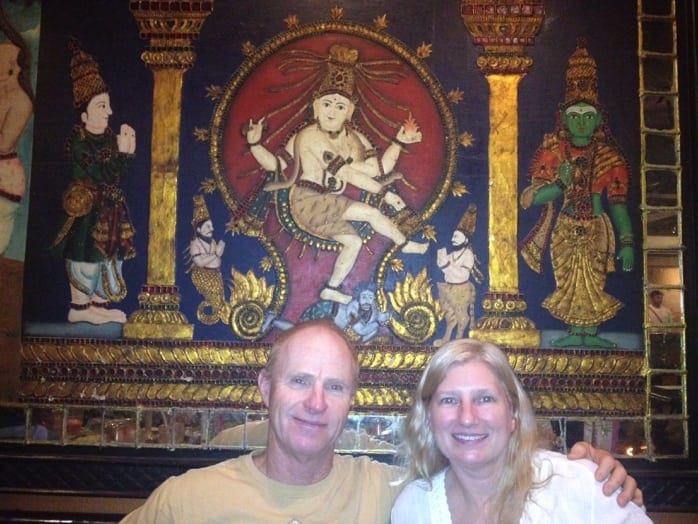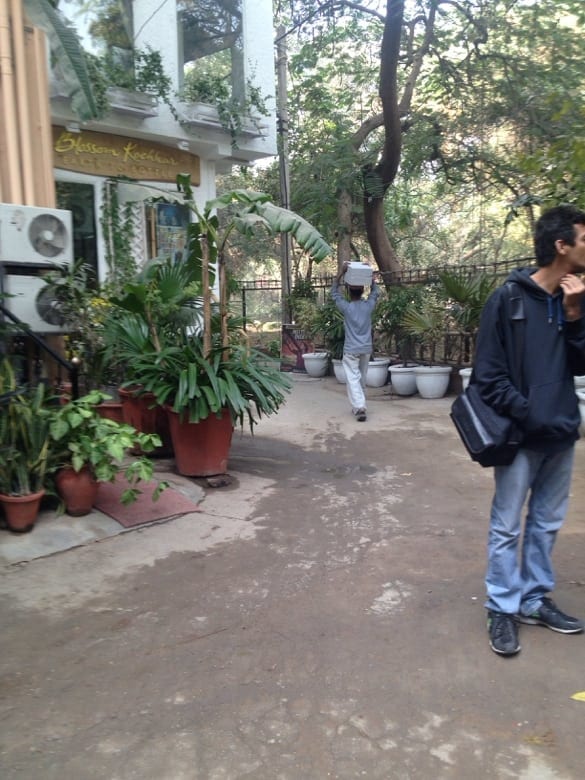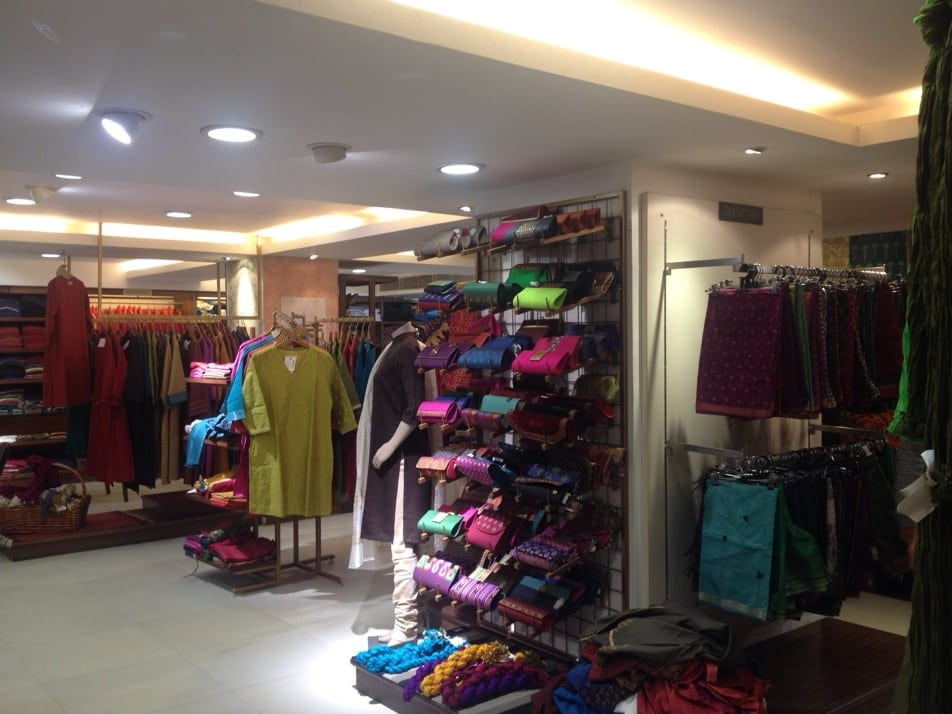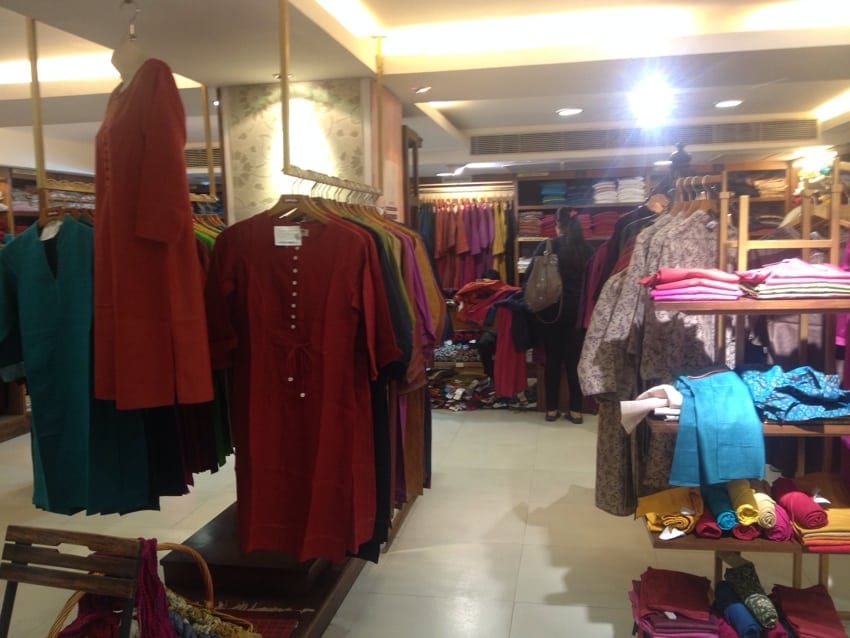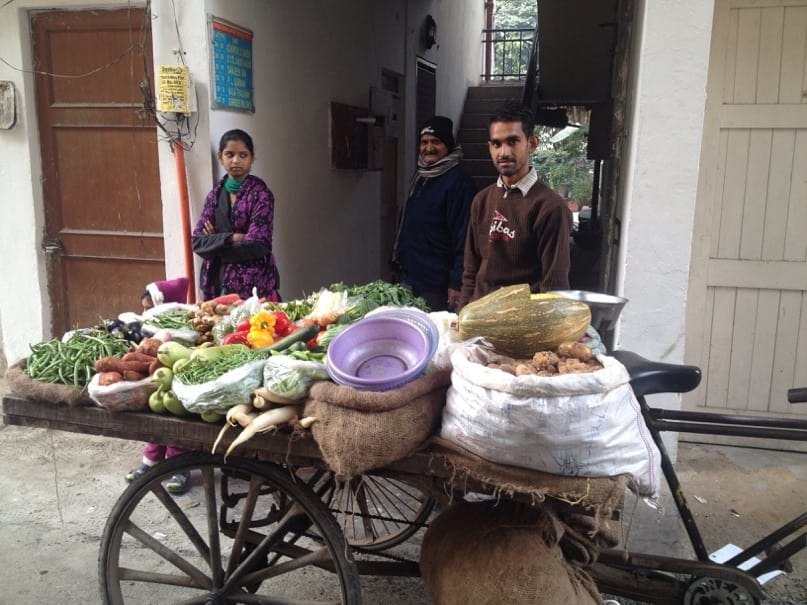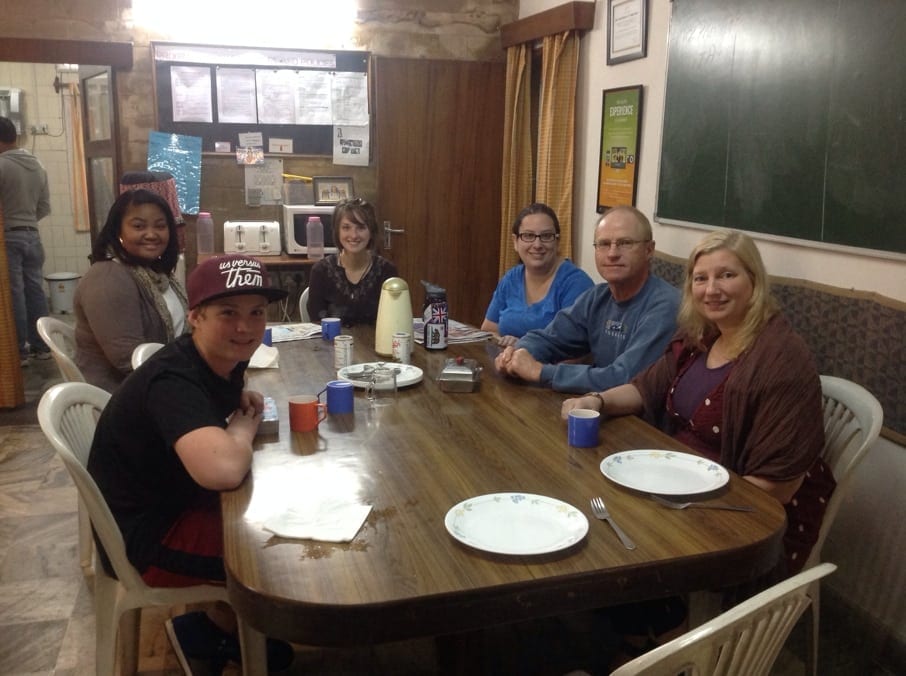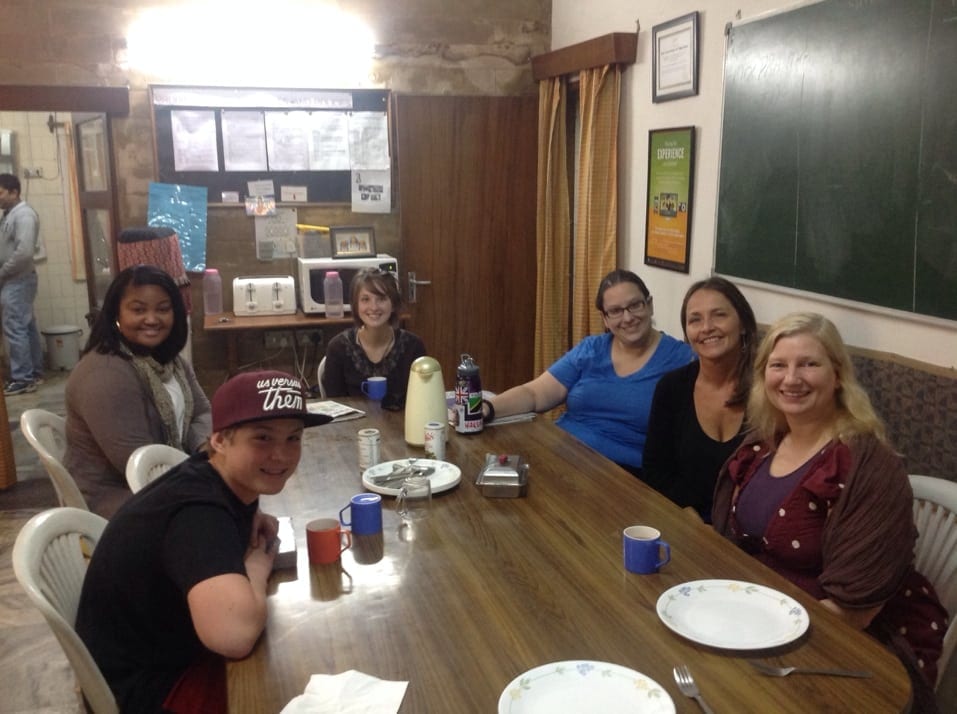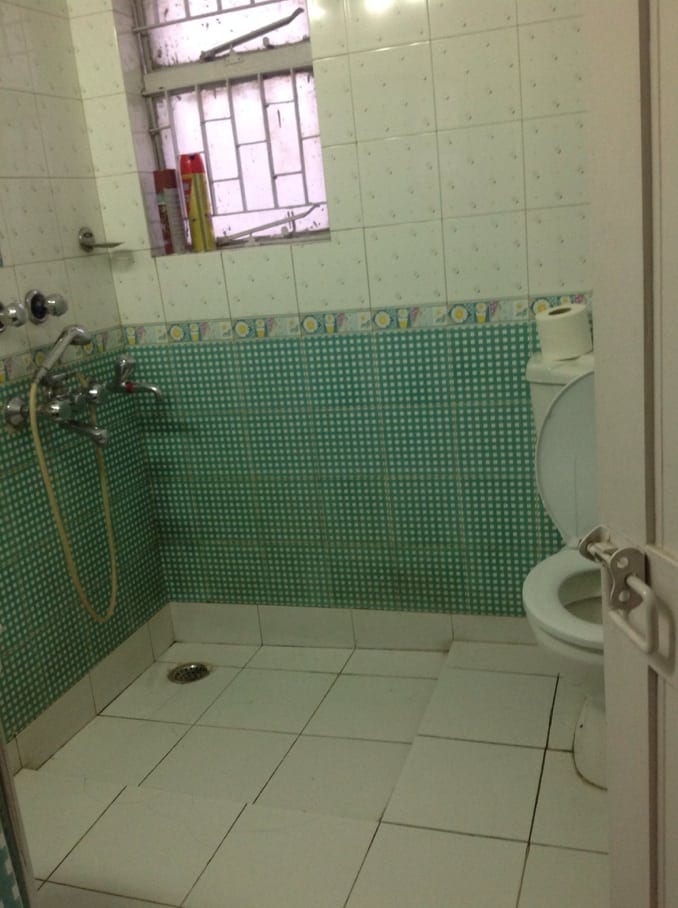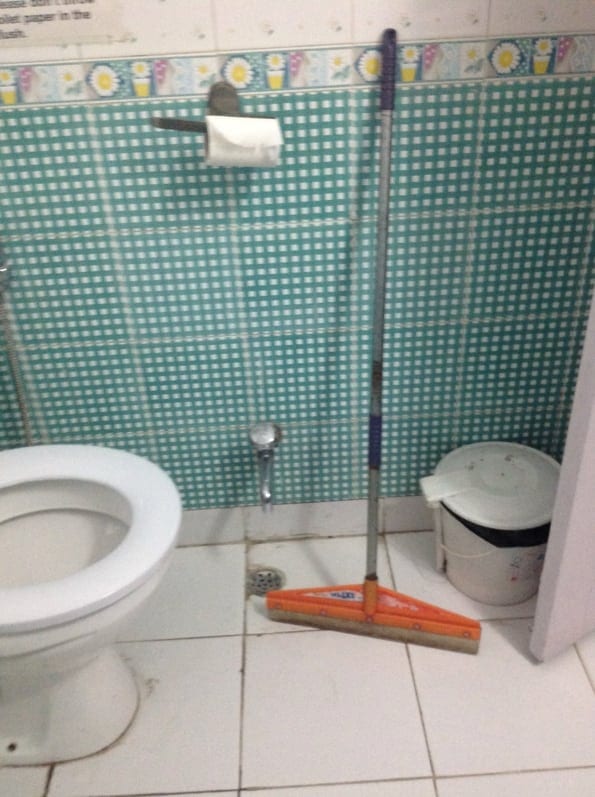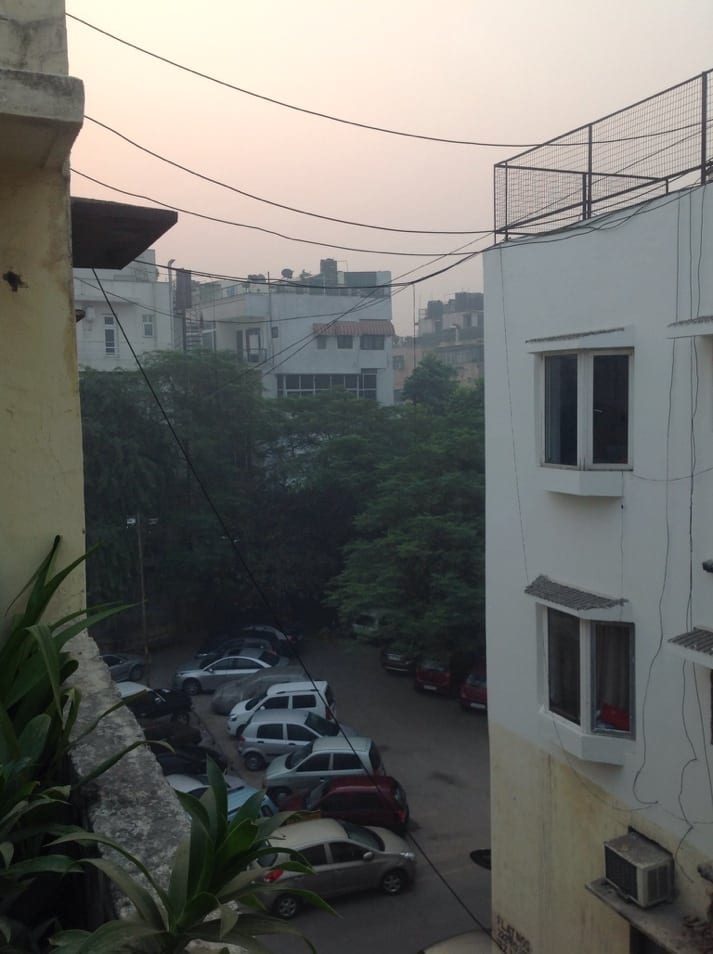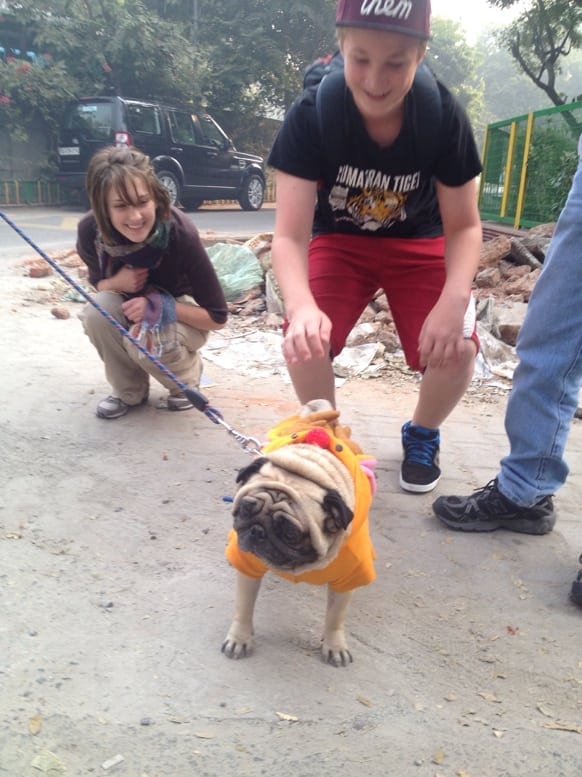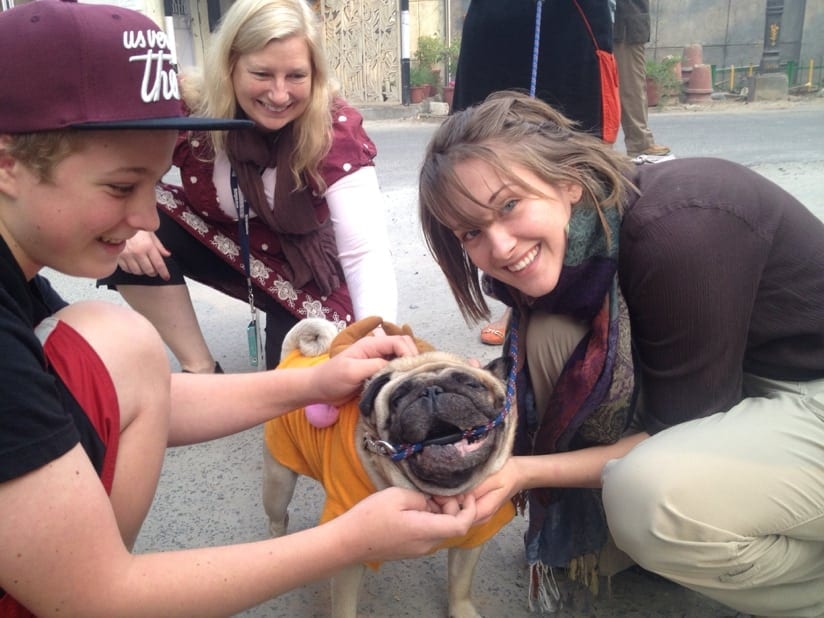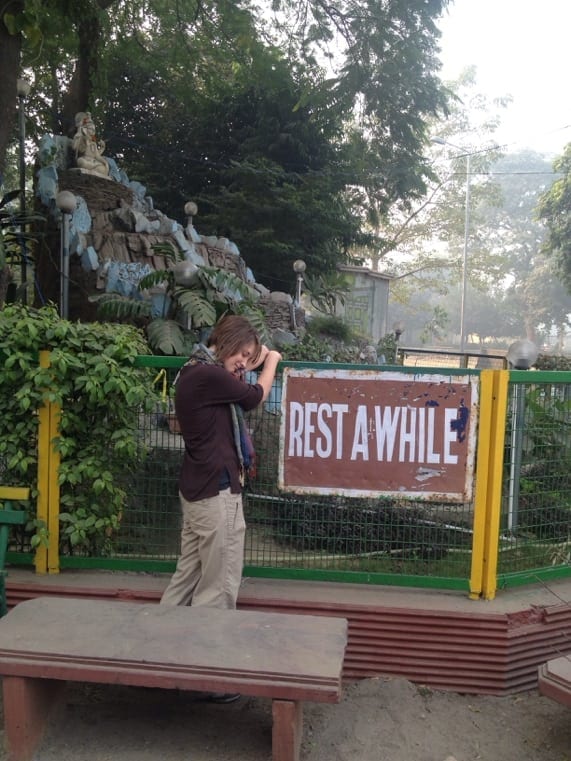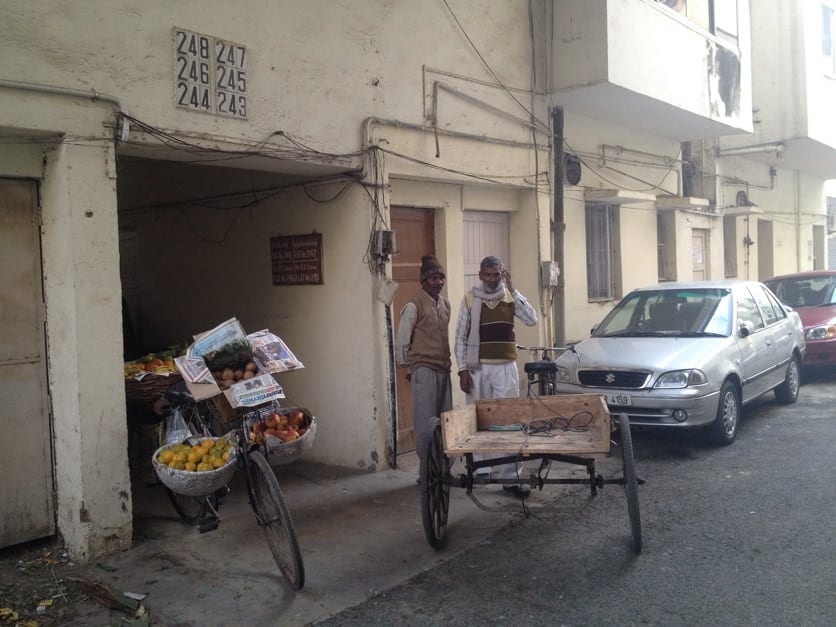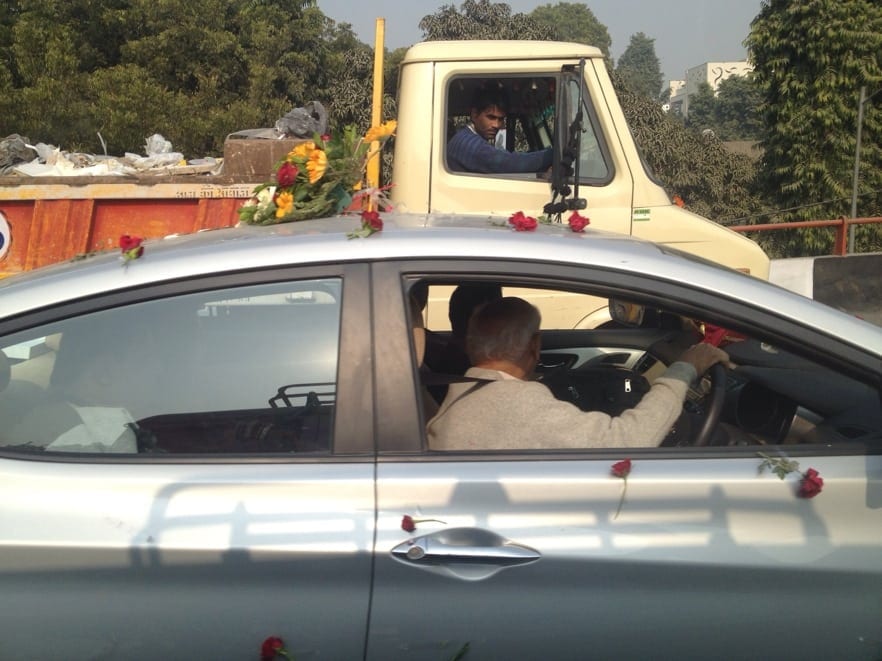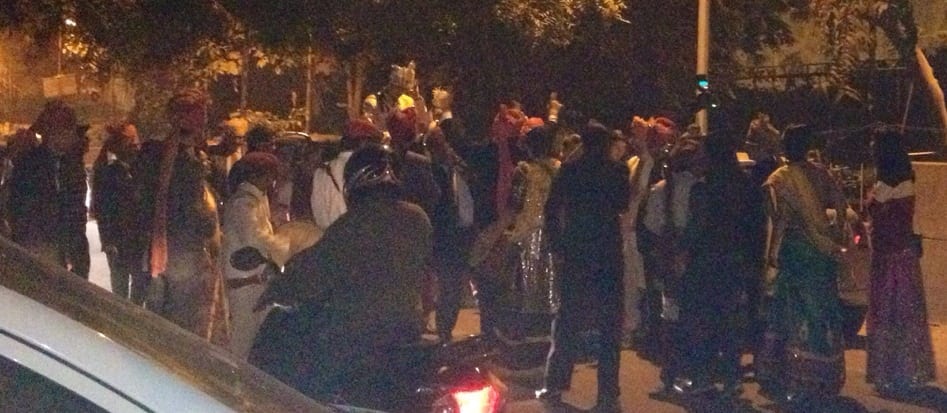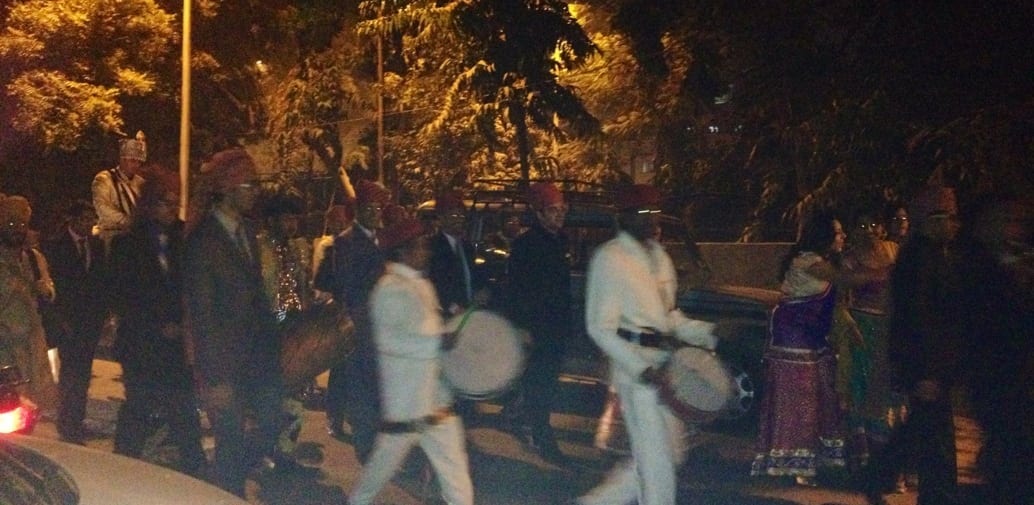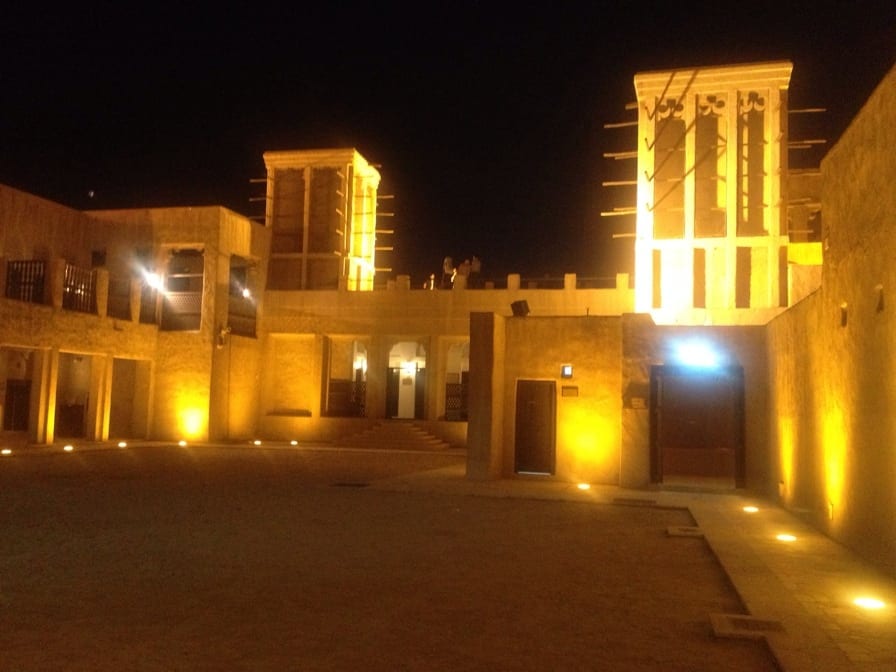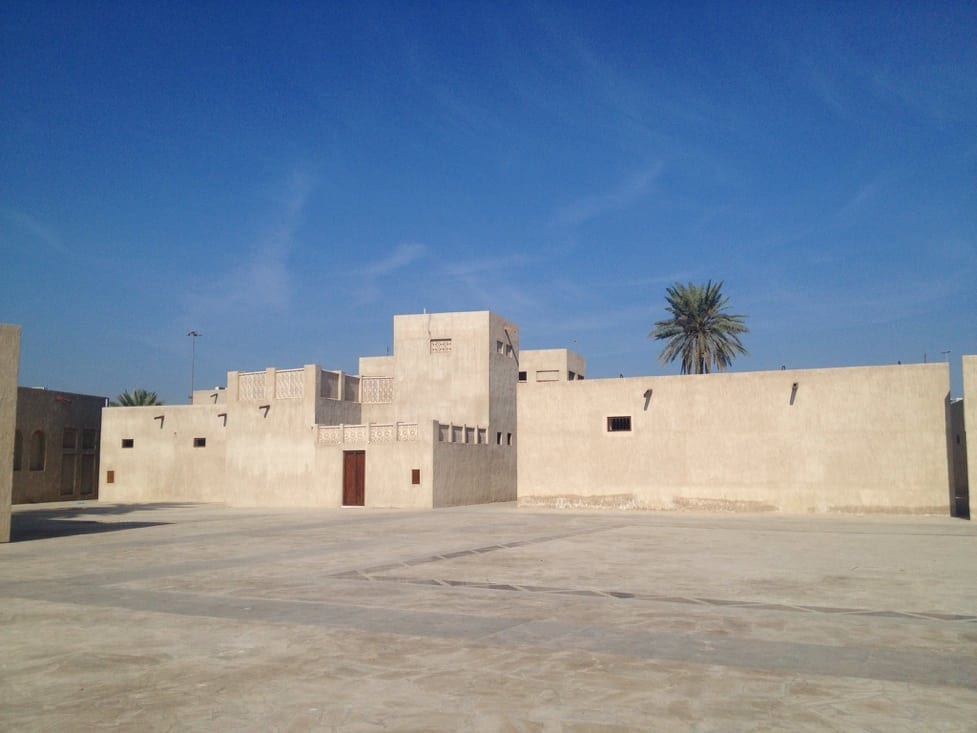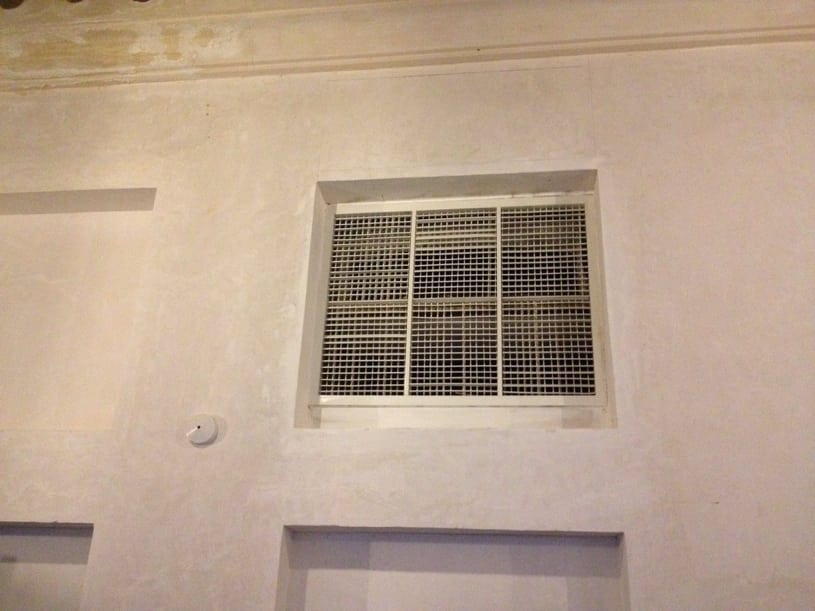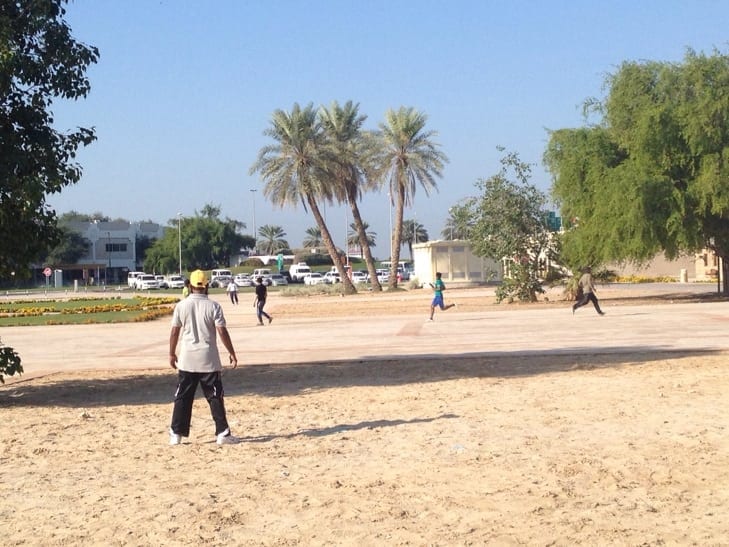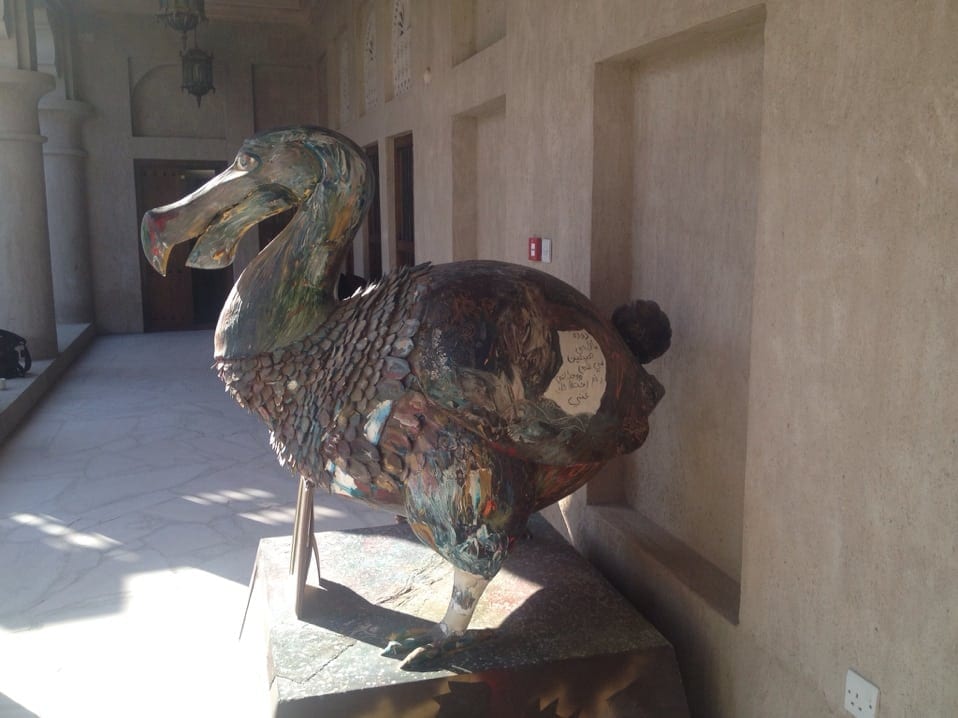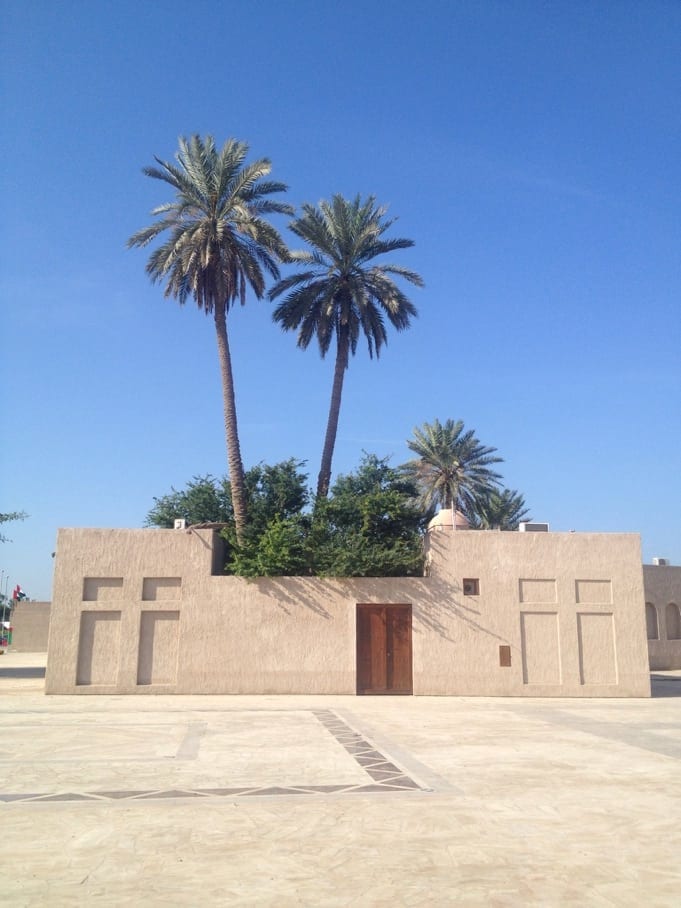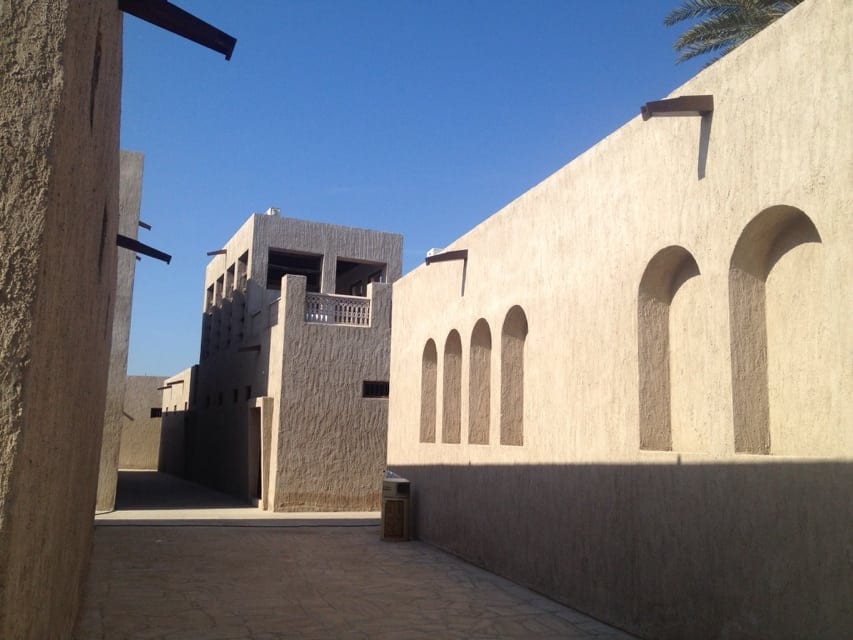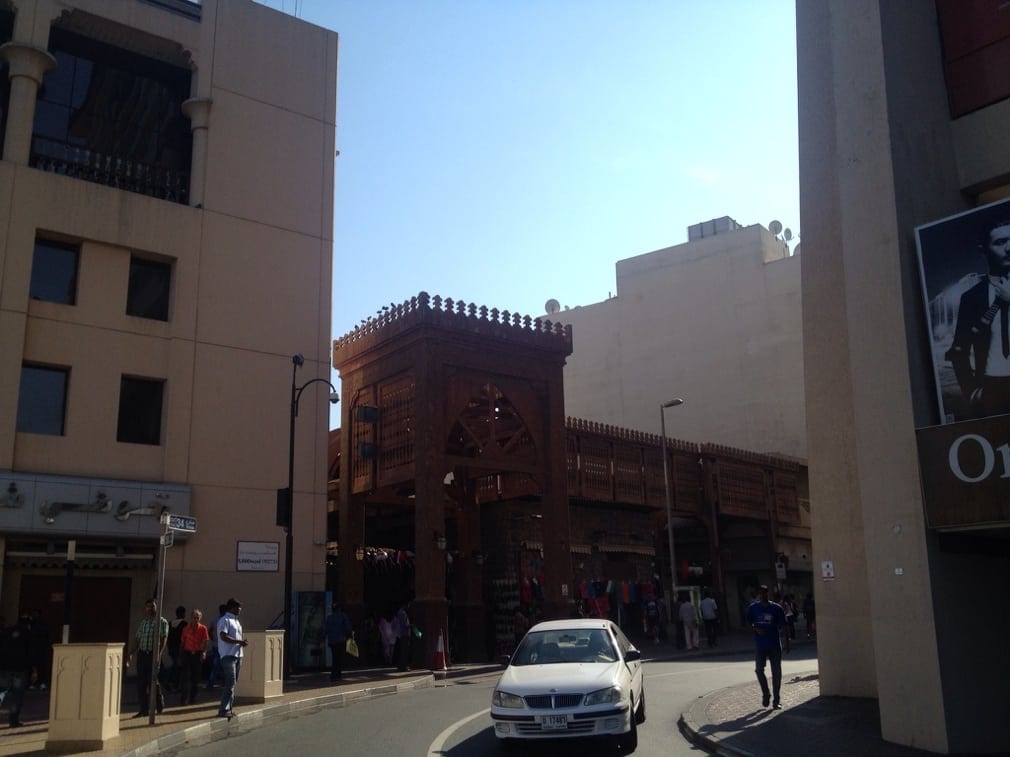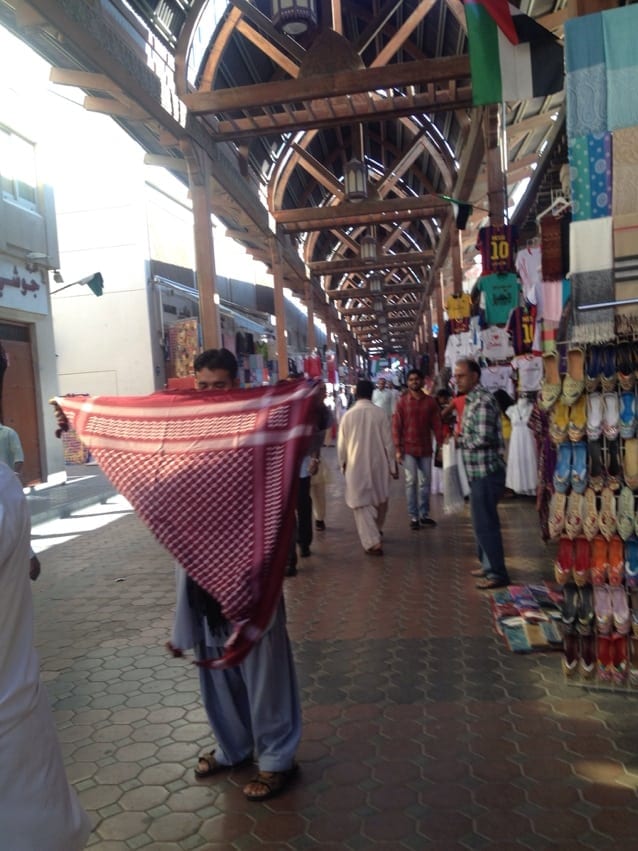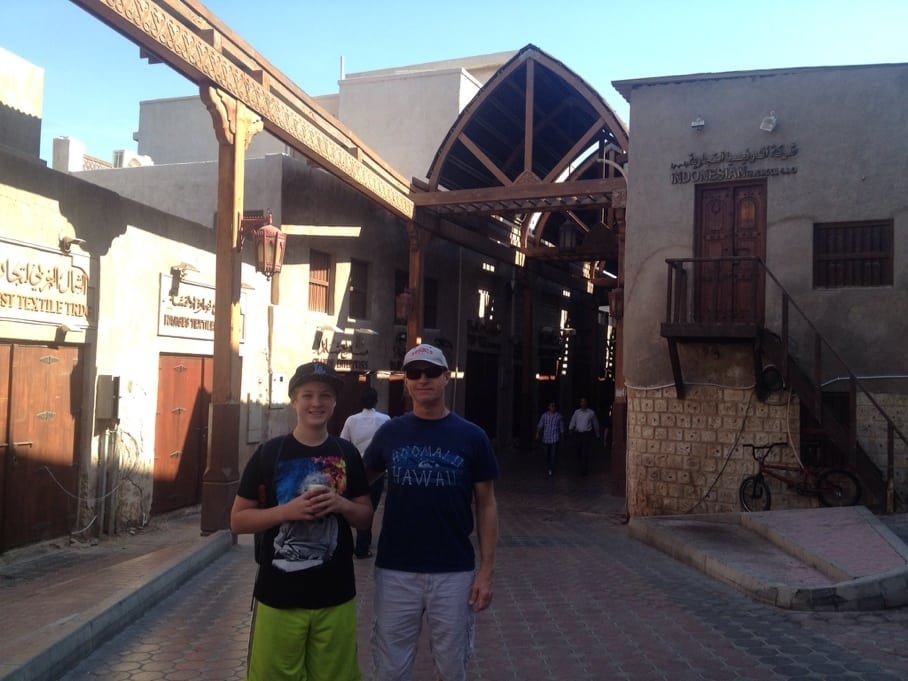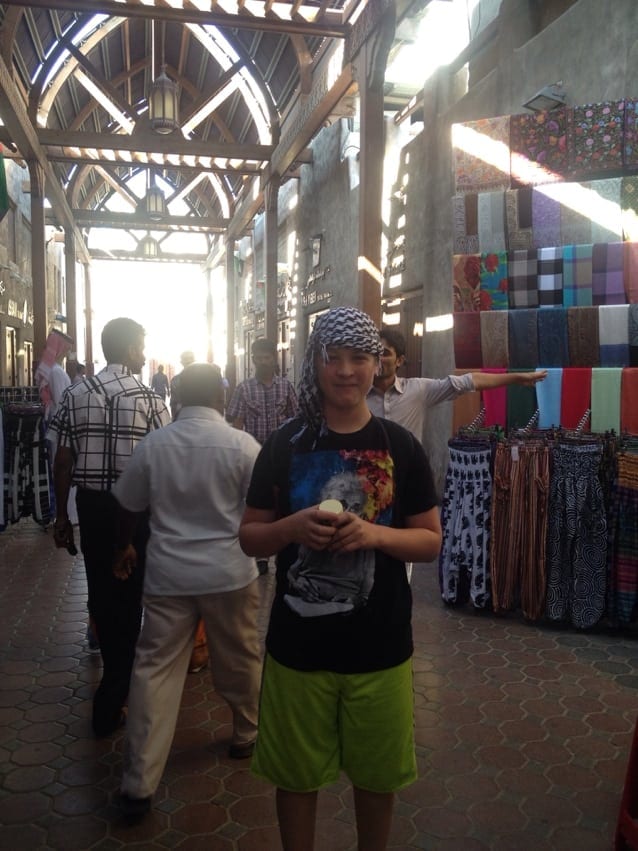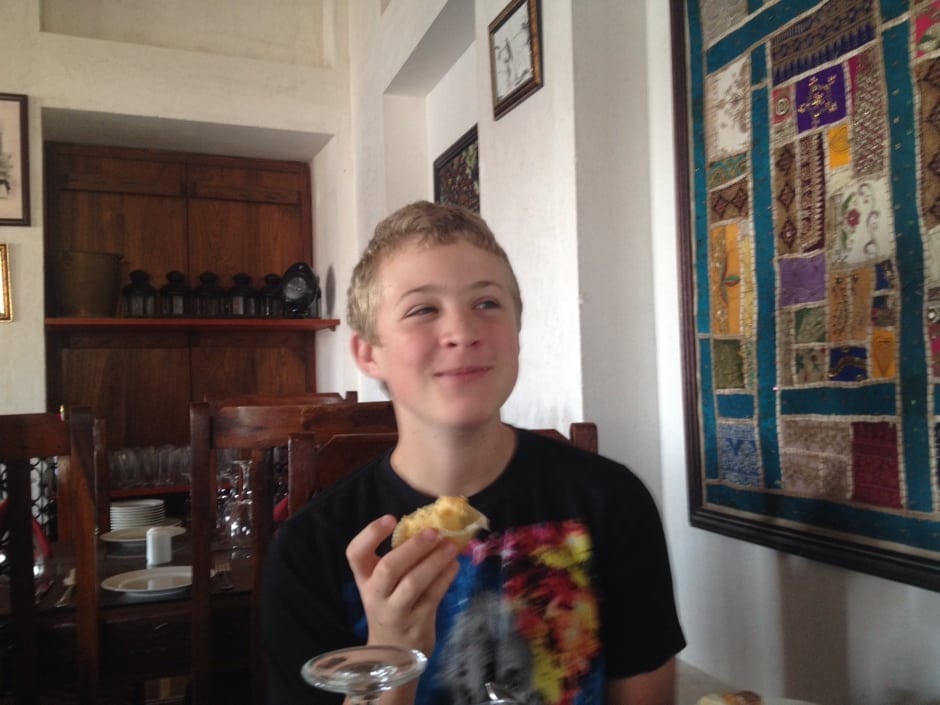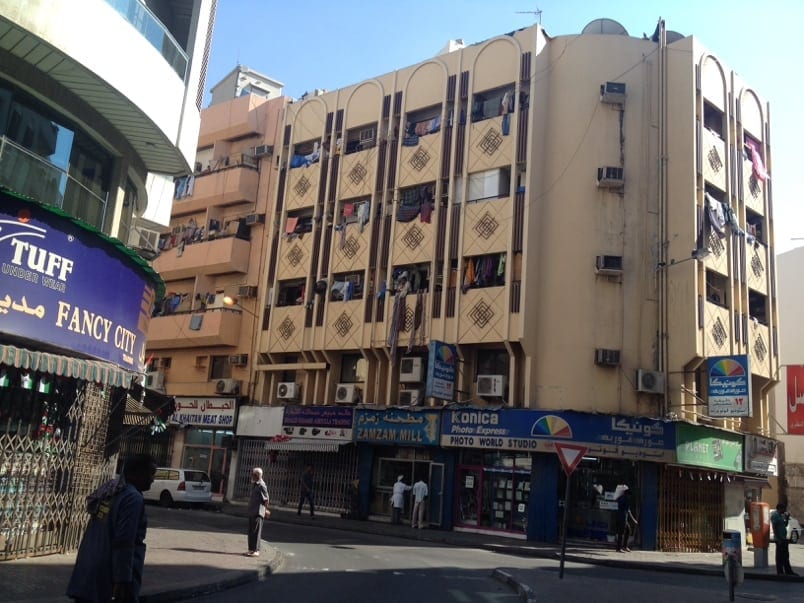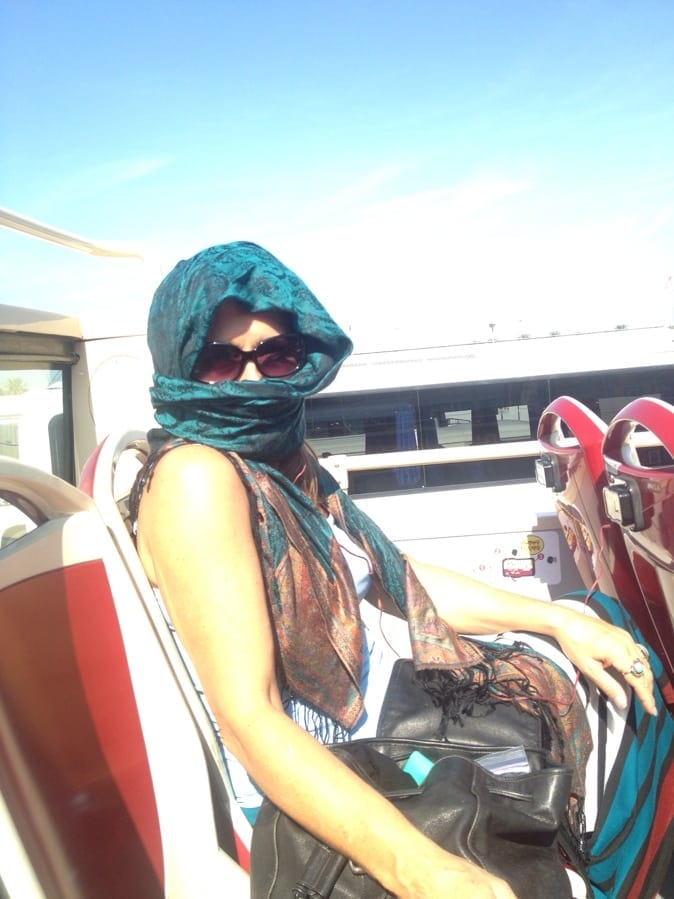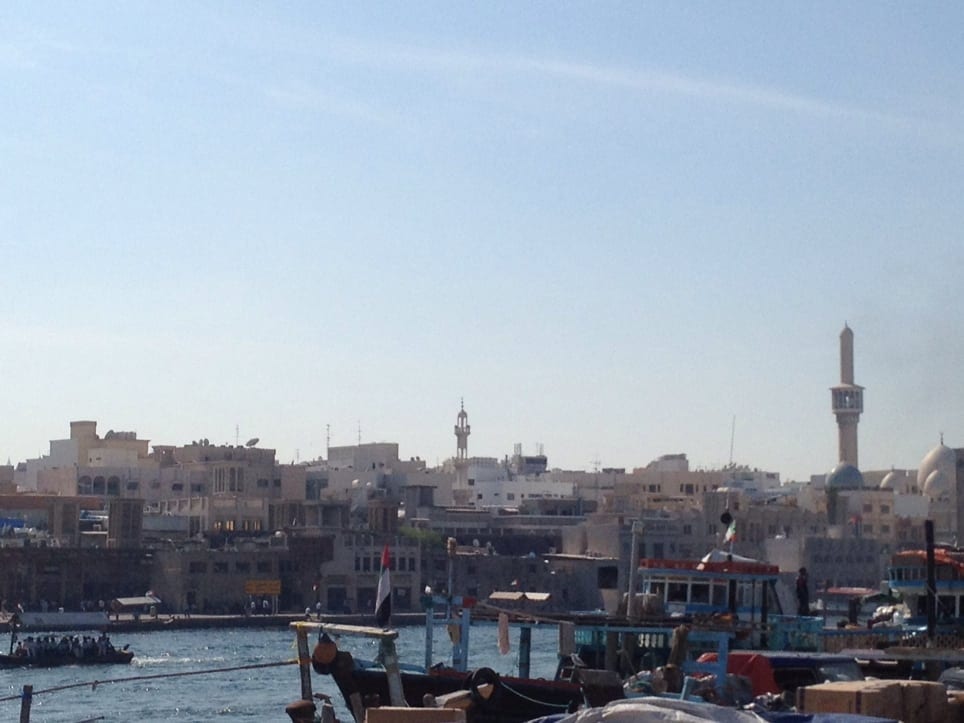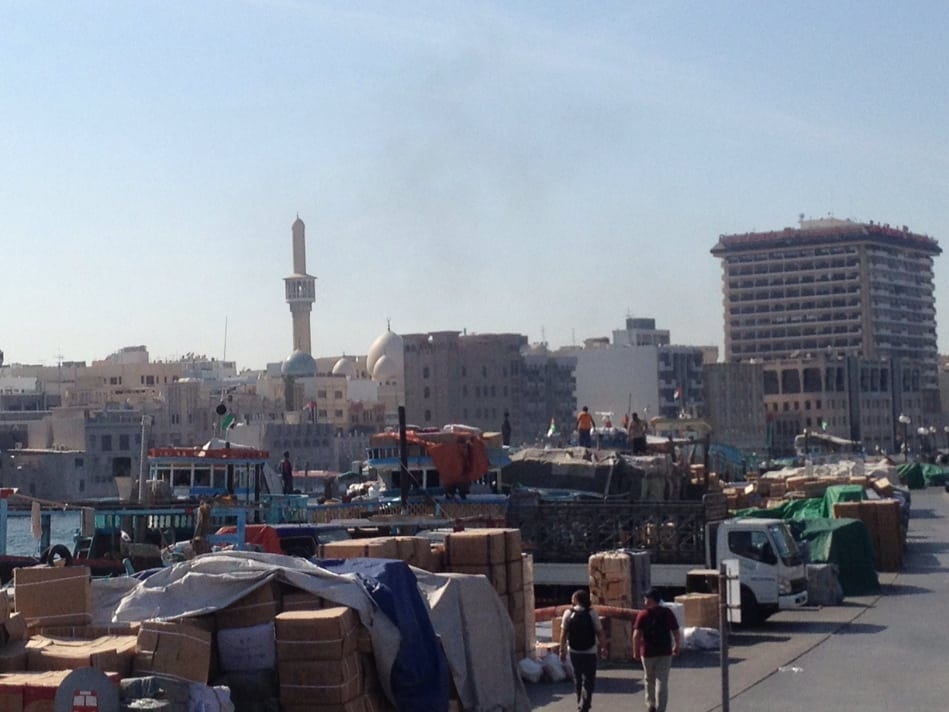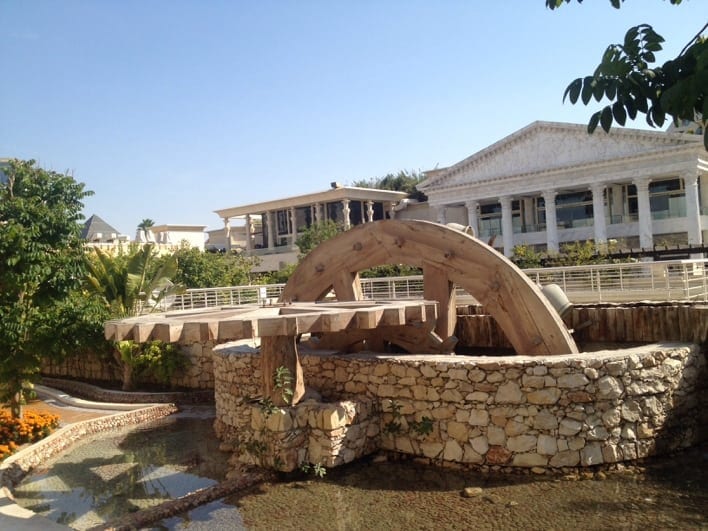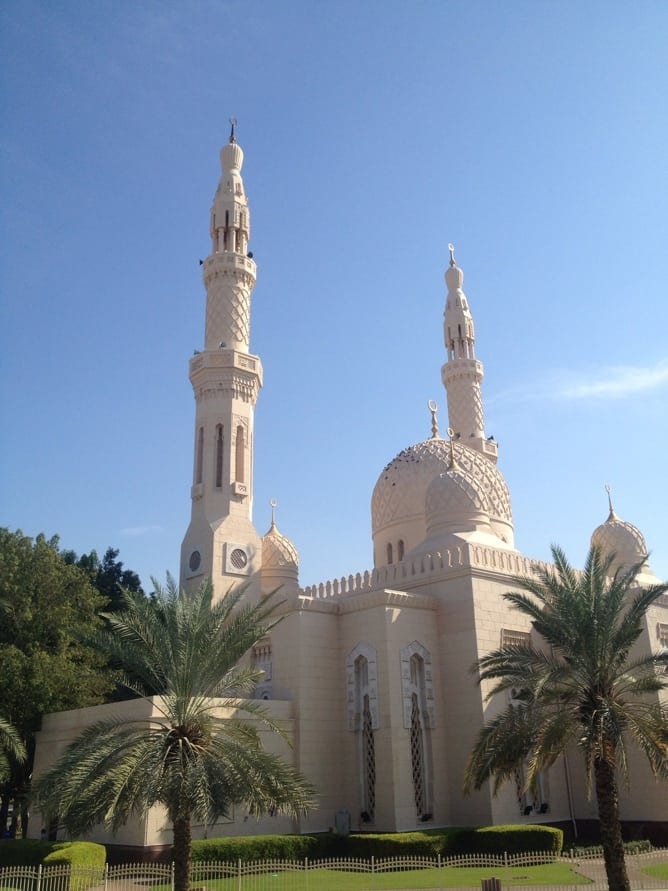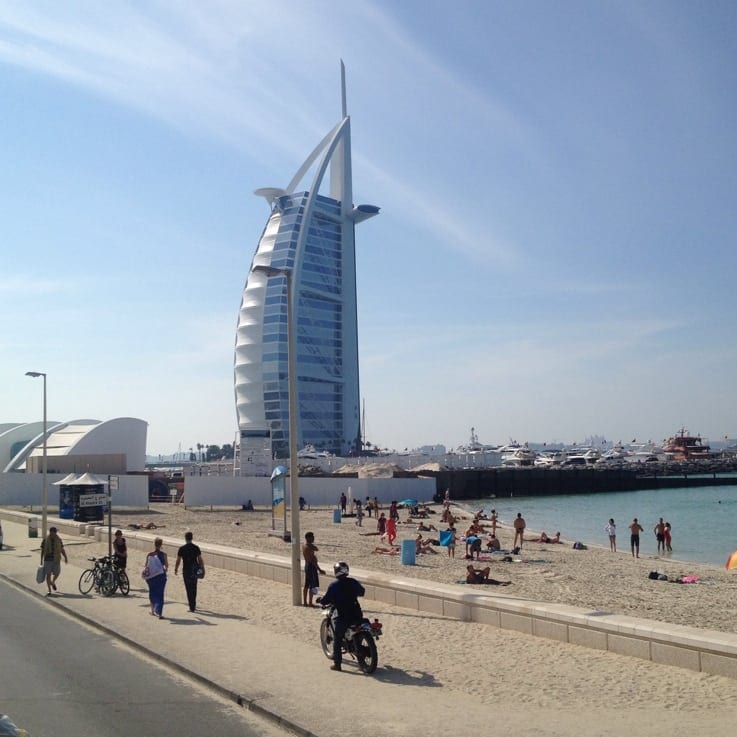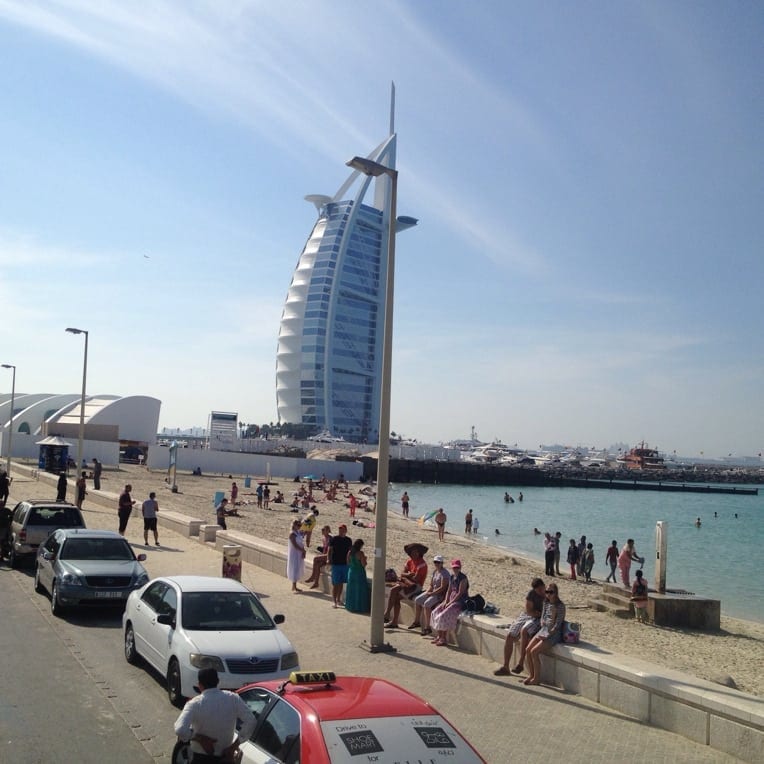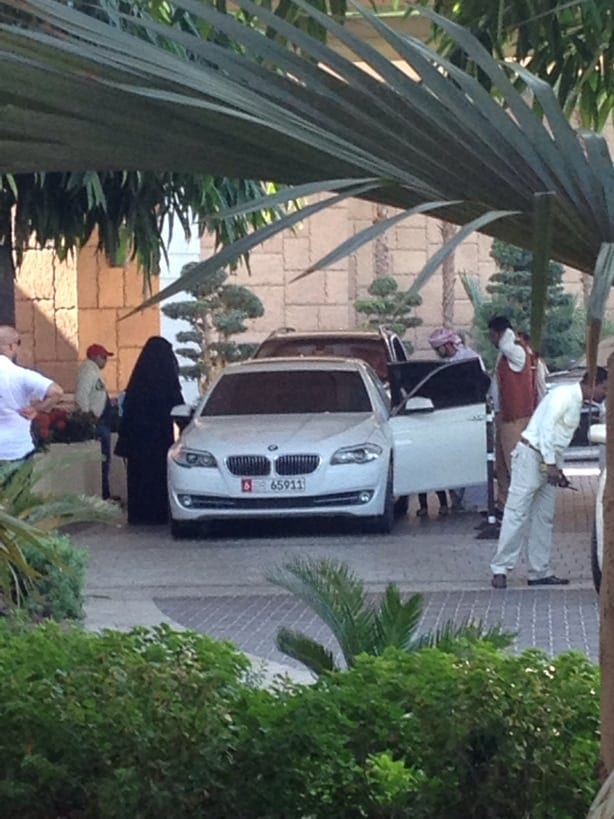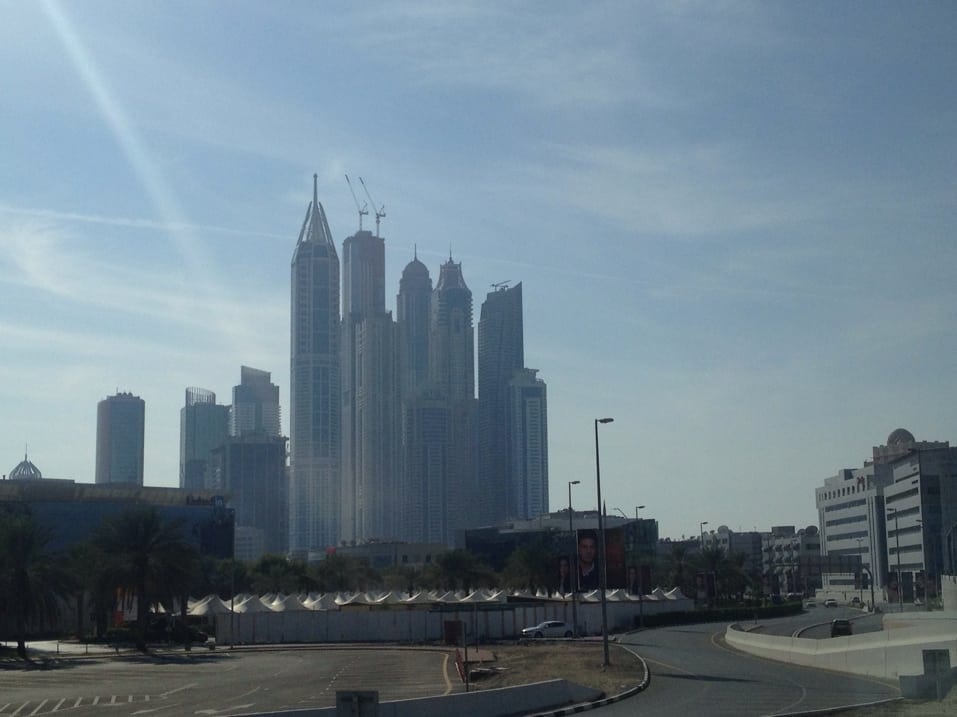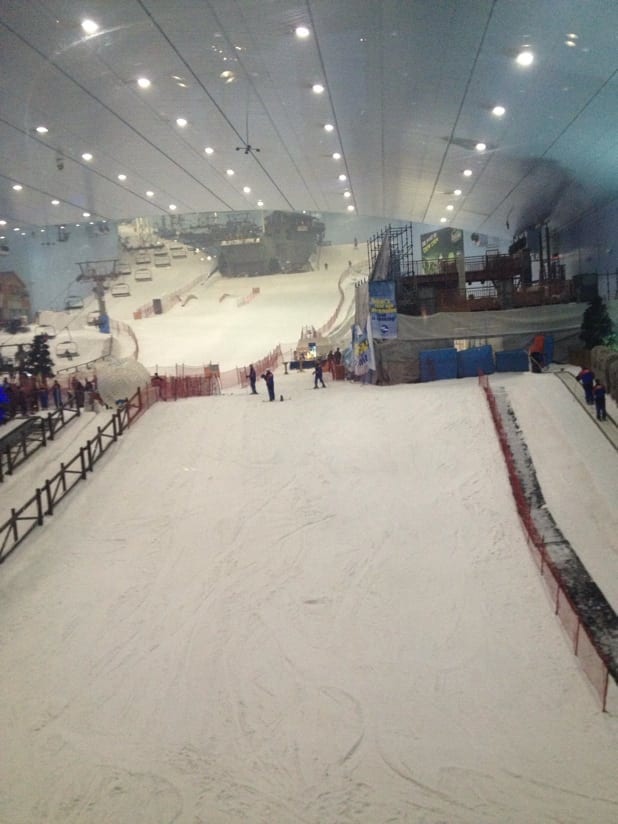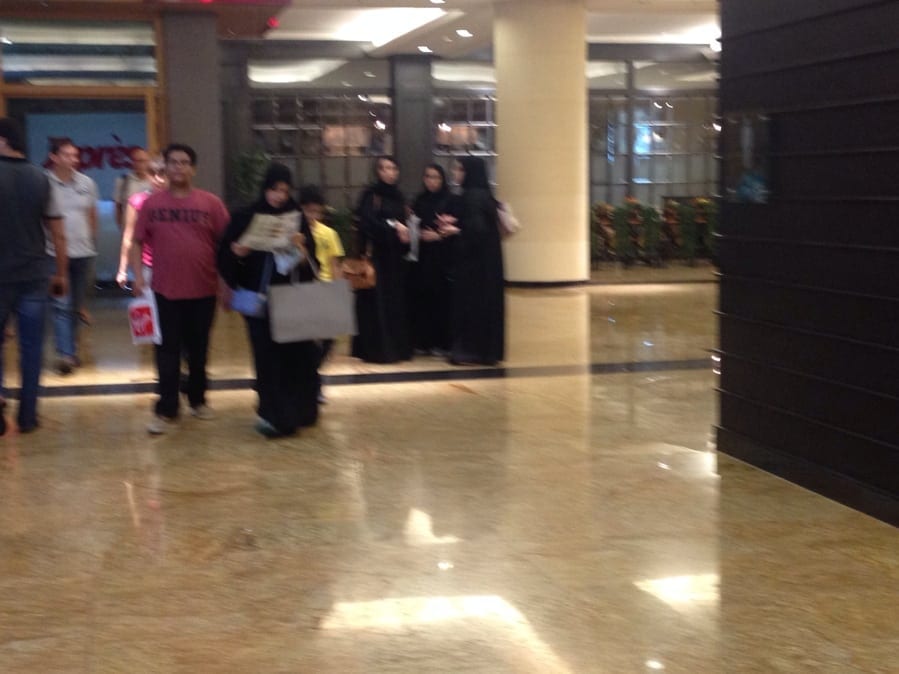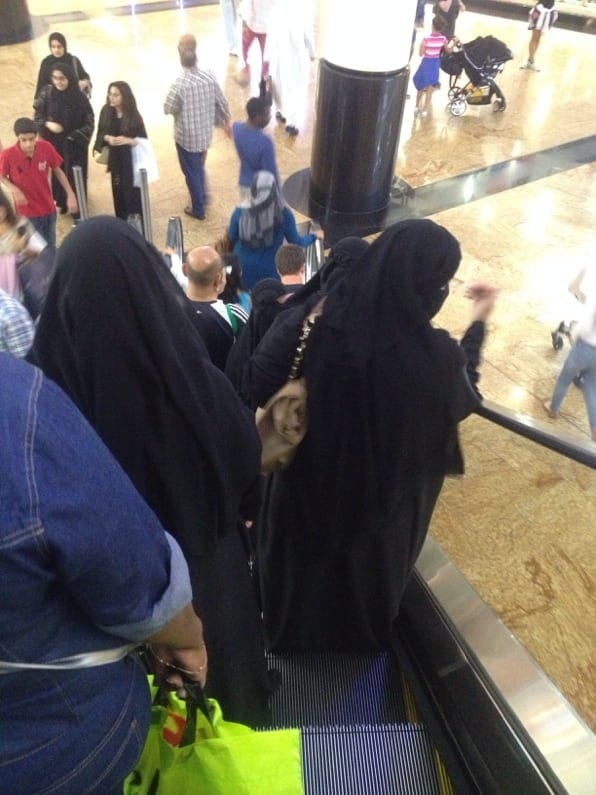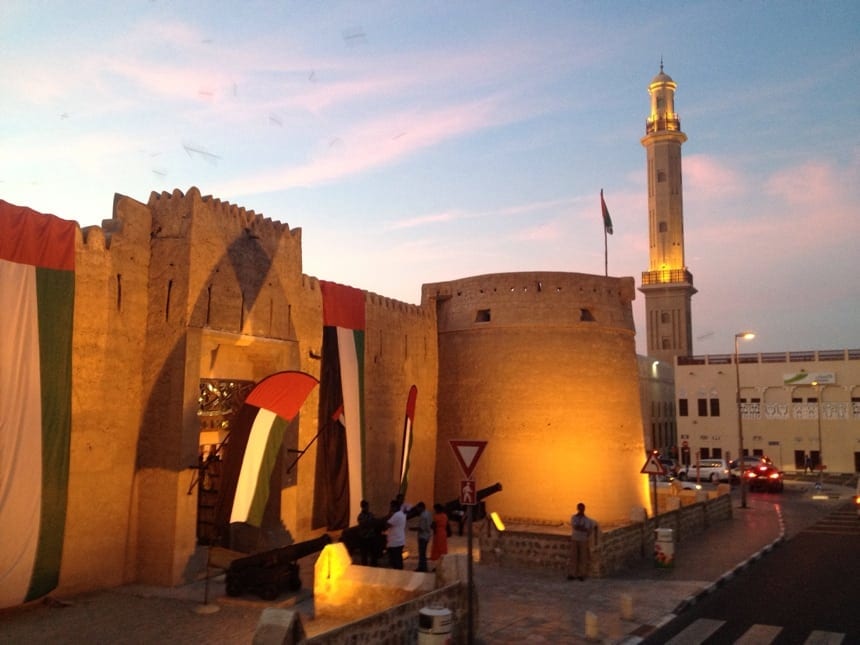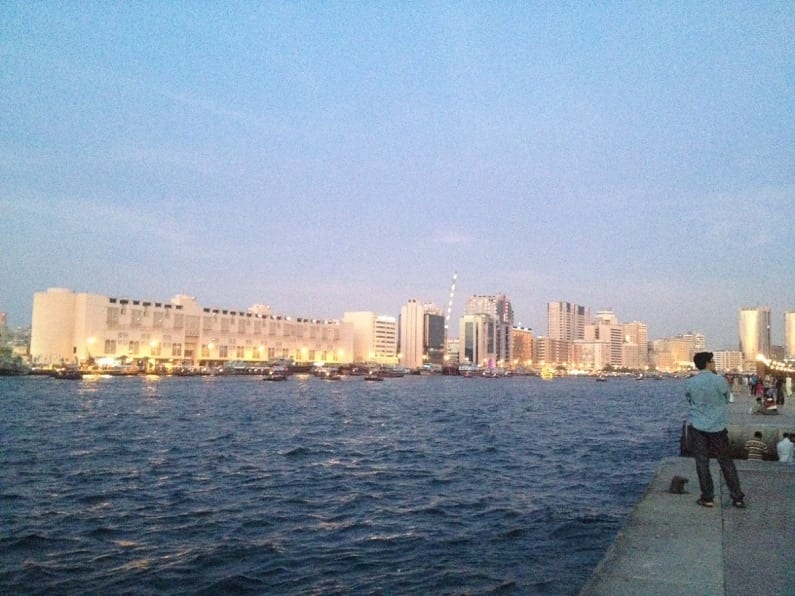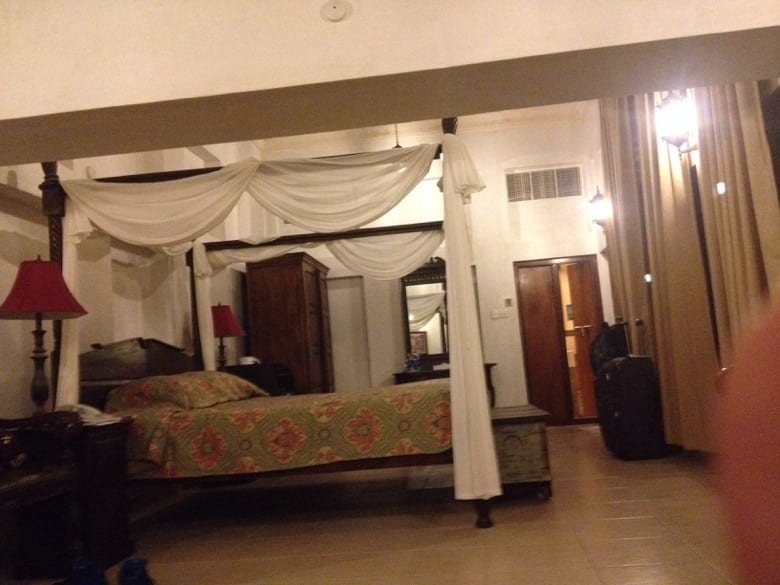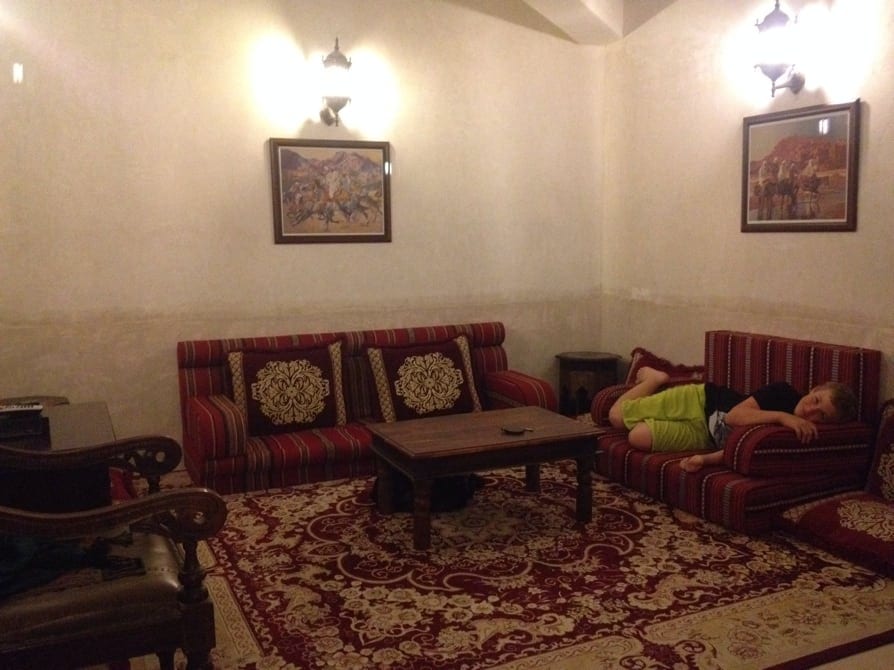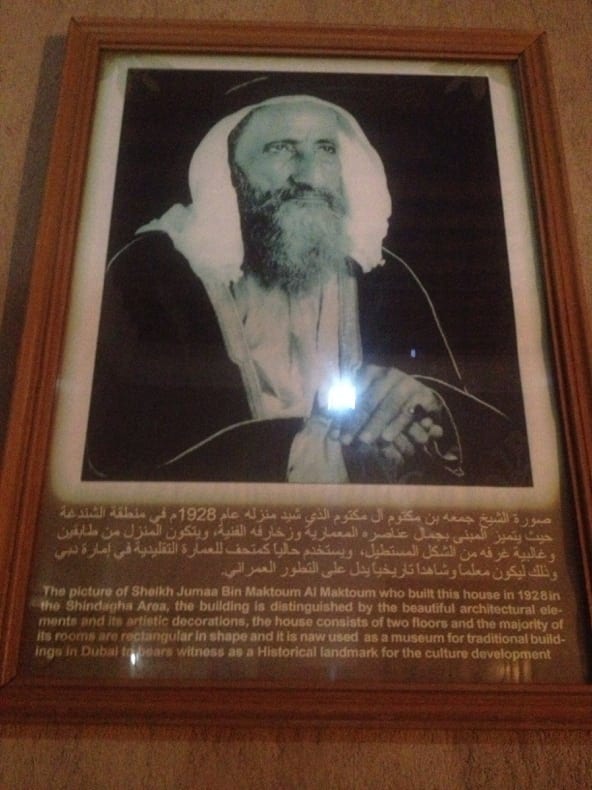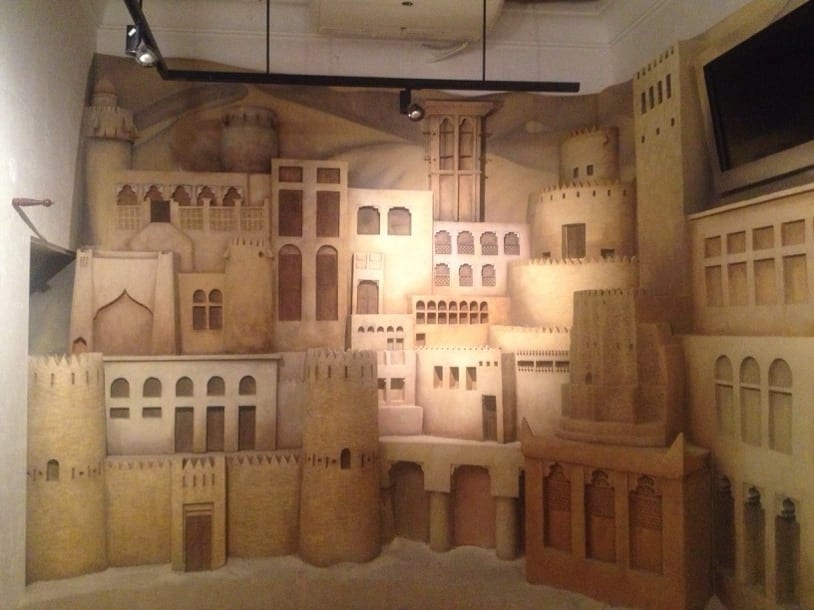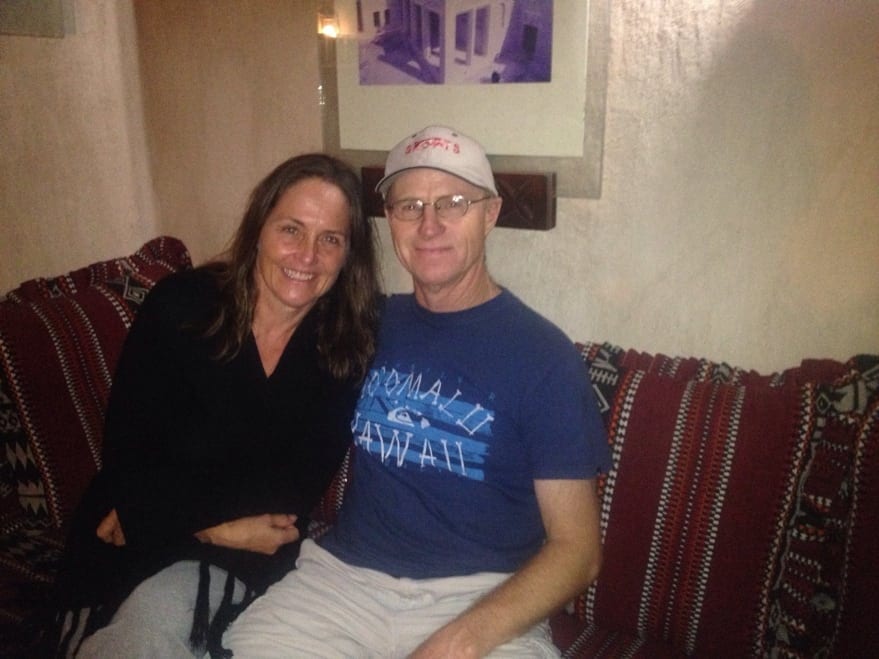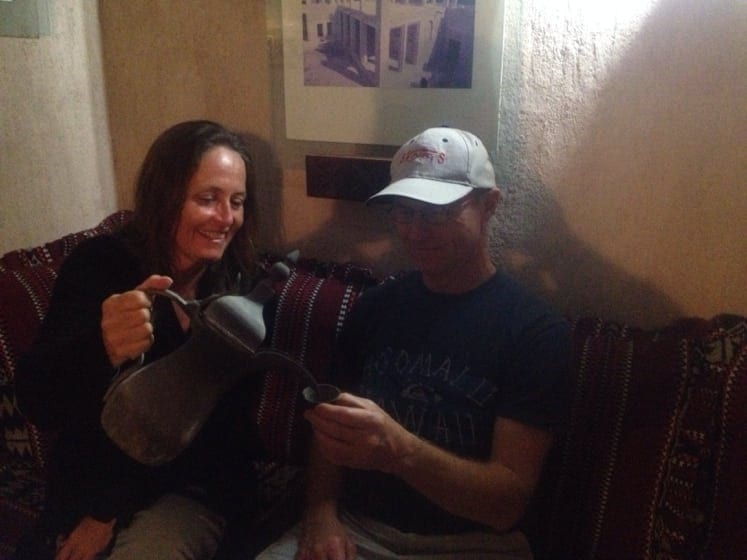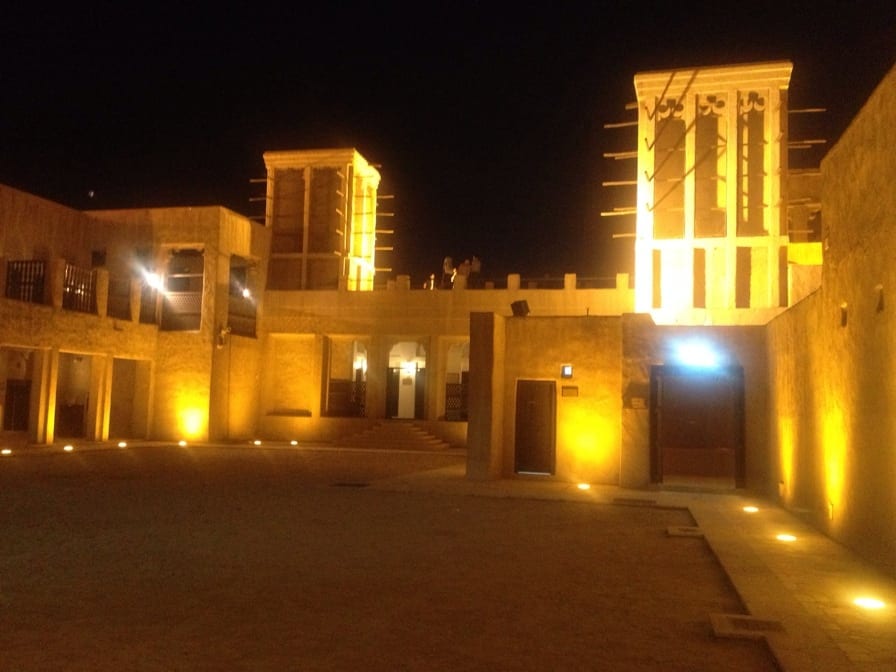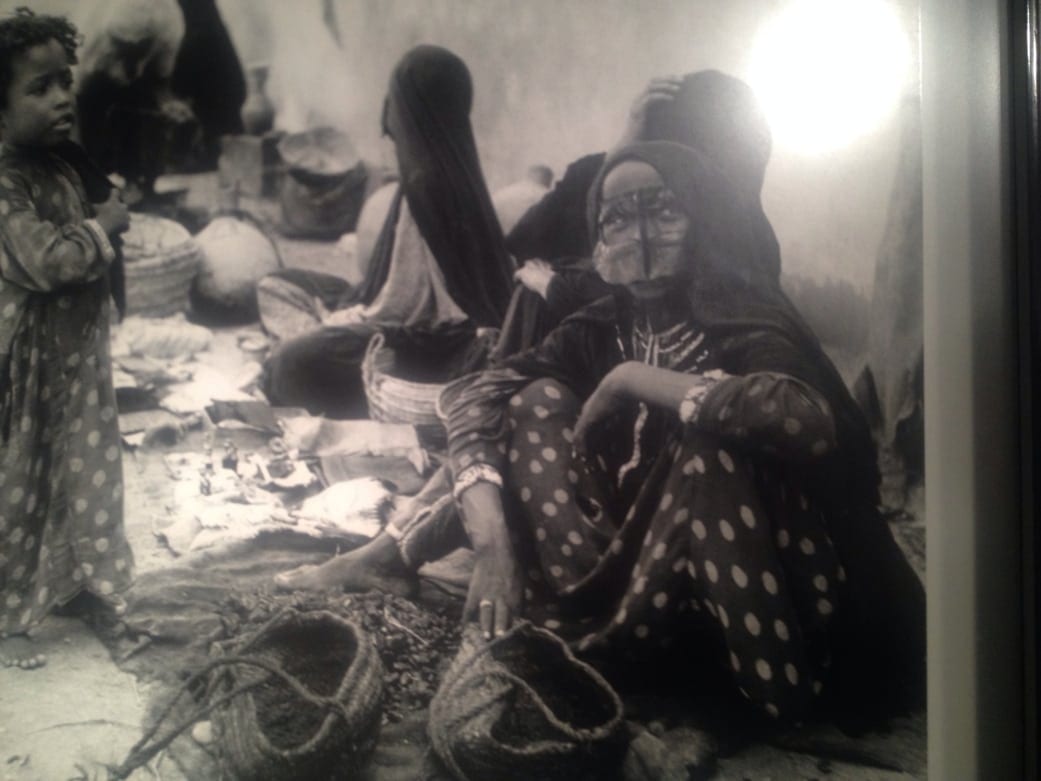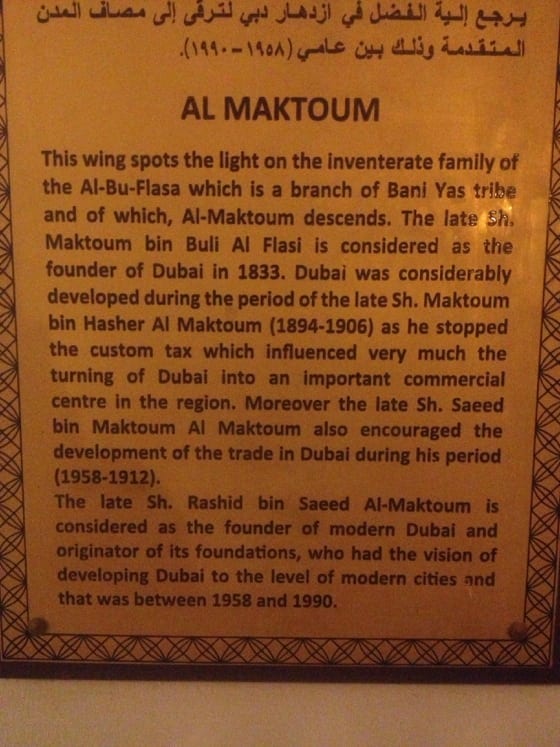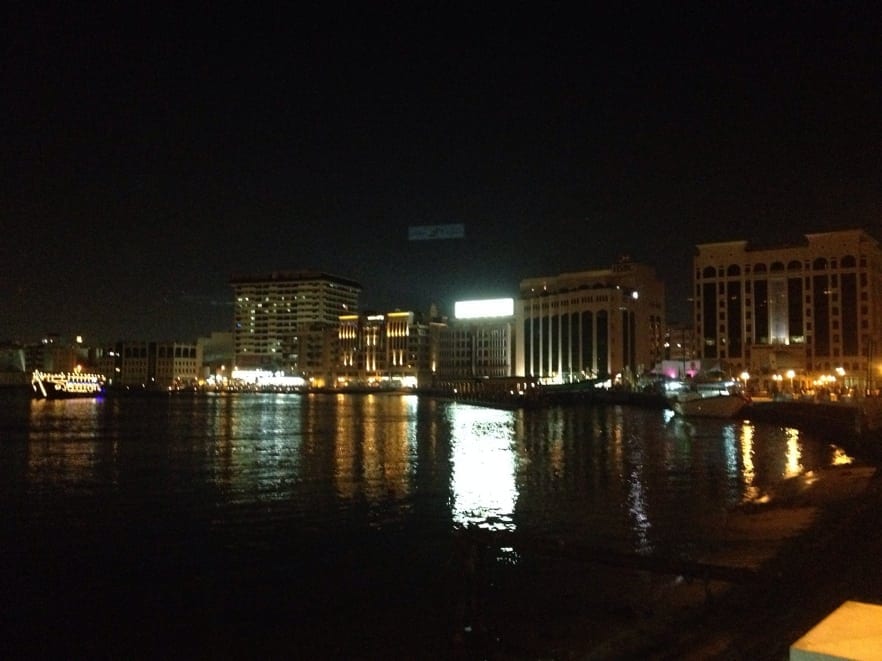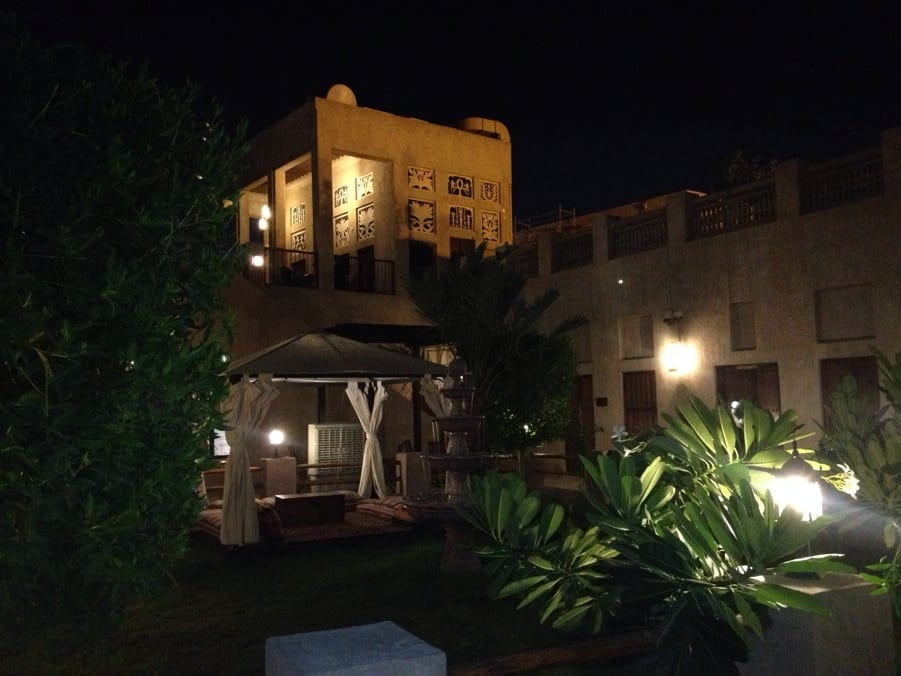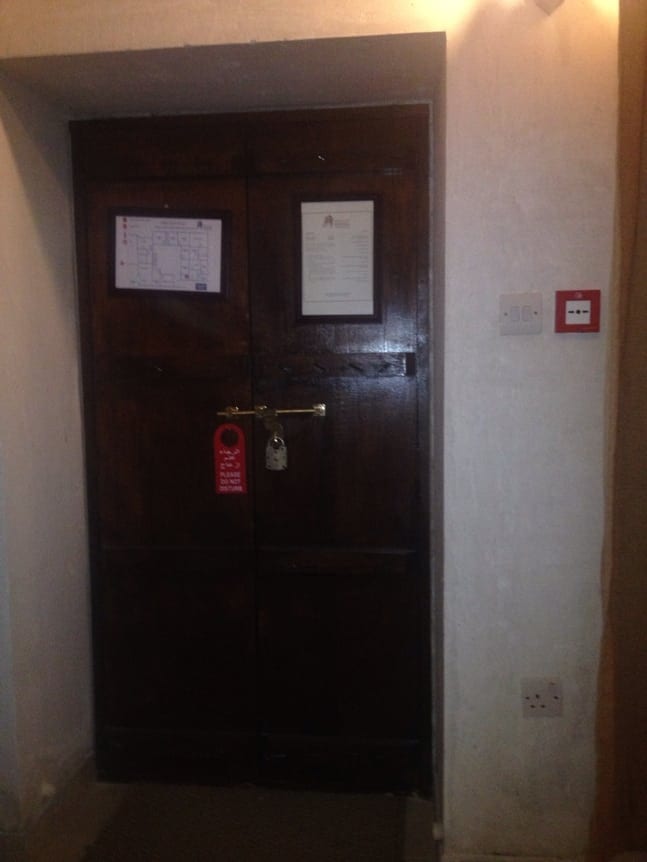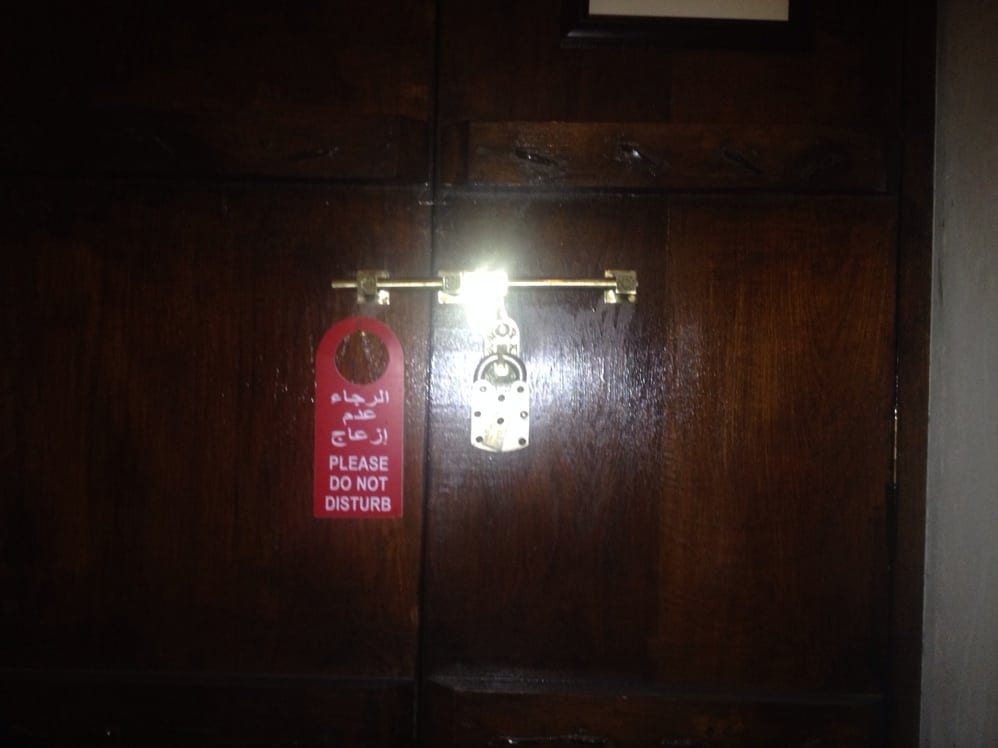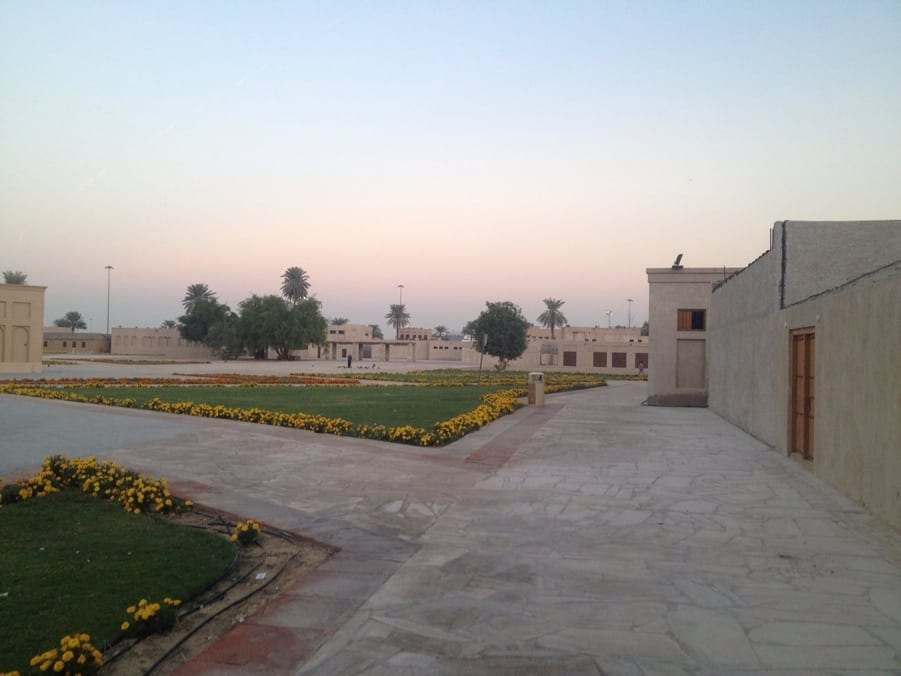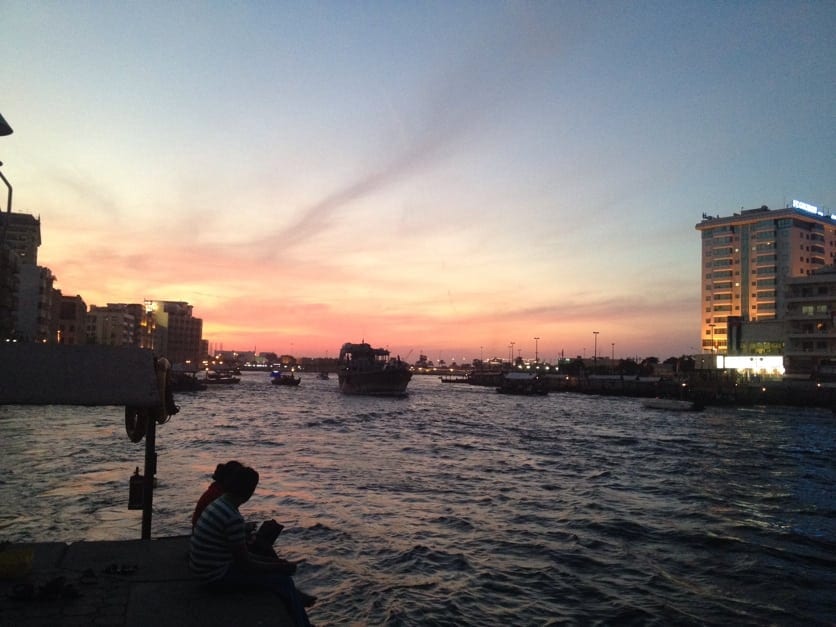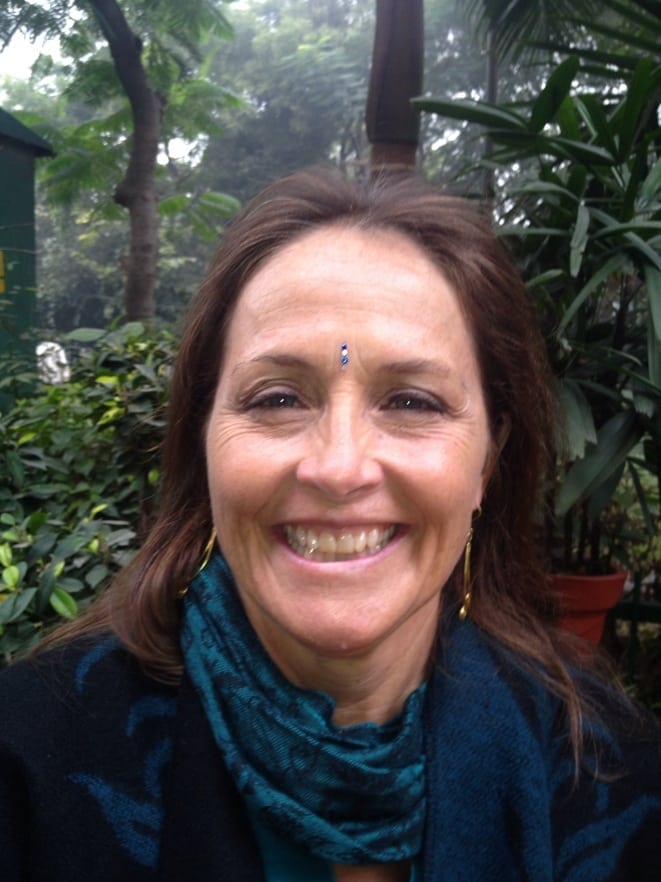
The girls in our placement wanted to put bindis on. It just didn’t feel right, I took it off shortly after, little did I know.

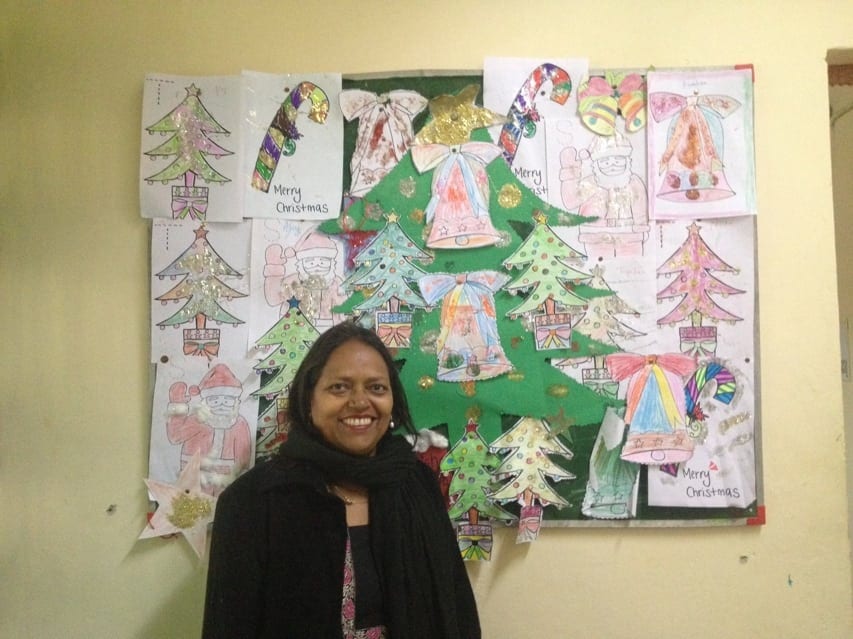
This is Mrs. Peters. She is the teacher Jim and Alecia have been working with. They have had the kids working on these Christmas decoration this week. Mrs. Peters is Christian.
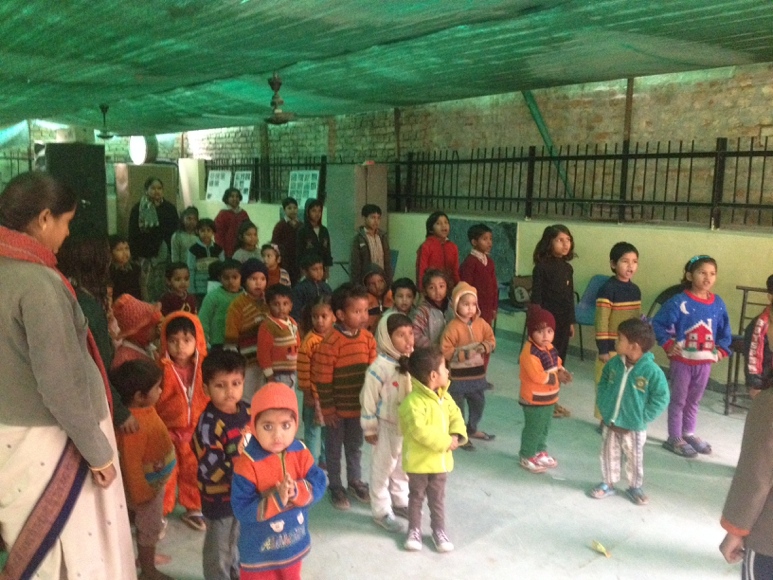
One last morning assembly

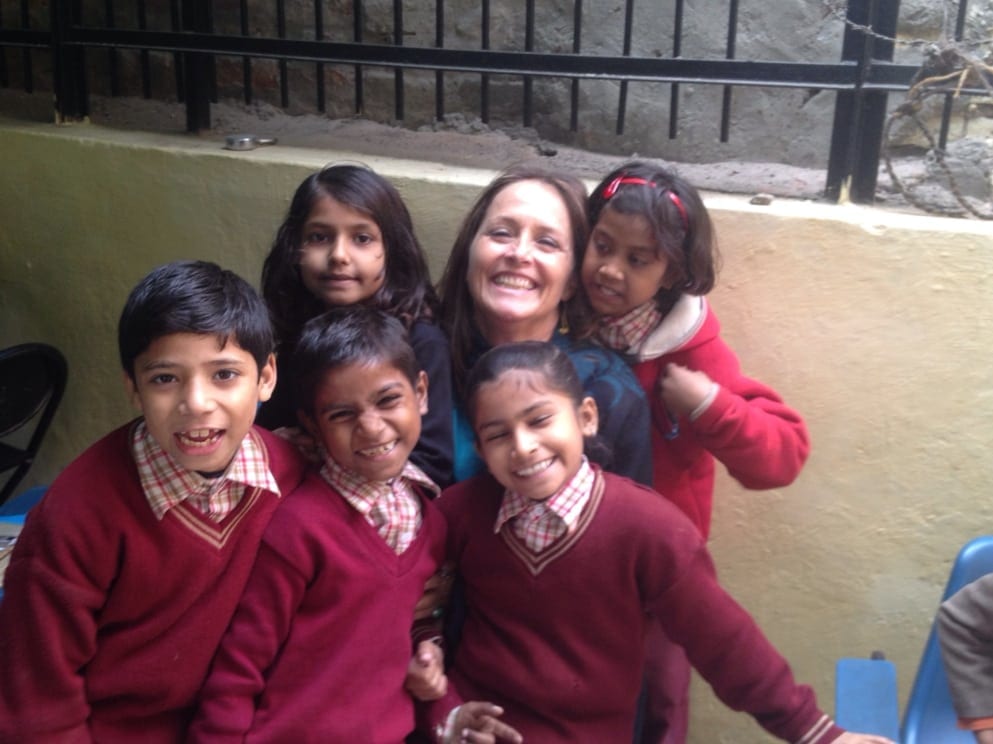
Here are most of the kids I worked with in a group goodbye.
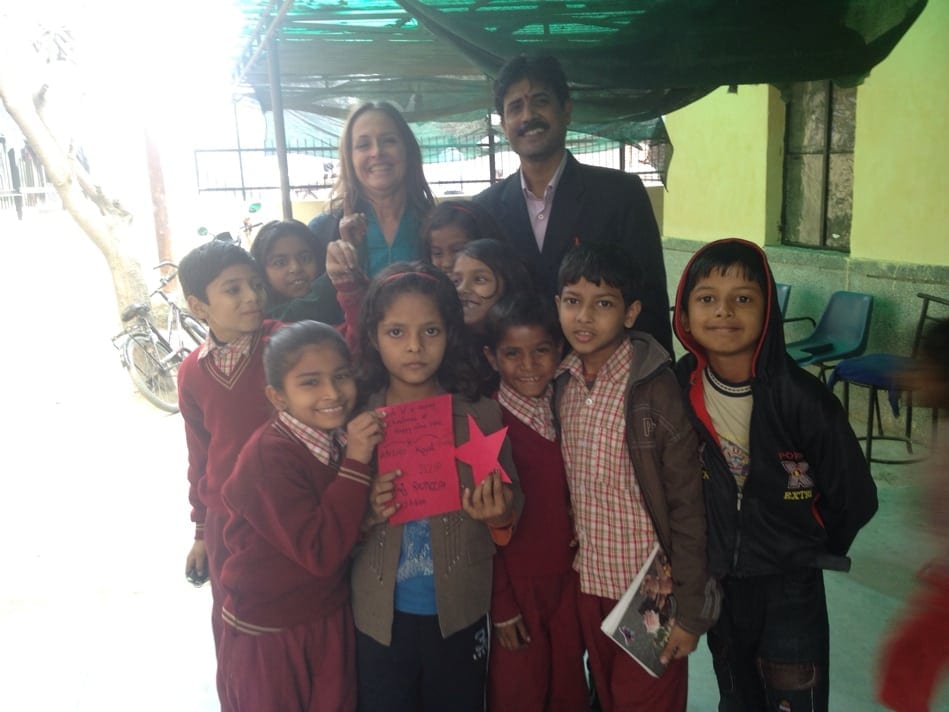
These are a great group of kids. I was lucky to have Anil. He was very helpful and really made my two weeks more meaningful. His English is good, which matters, if you know as little Hindi as I do, and I know the most of our entire group. He is a good teacher working with a group of kids who span a broad spectrum of academic abilities, which is not easy to teach. The kids are holding the going away card they made for me.
I bought a saree. Sarees are not easy for the uninitiated to put on. Indian women put on their own saree. I am going to need so much more practice. Bella showed me how to put it on, but one time was not enough. I asked the ladies in my conversation class (my name for it) to teach me how to put one on, and asked if they would do it in English. There was some English and Hindu, this turned into a party. I am not one to cry, but it makes me tear up just to think about those few hours with those ladies. They were so warm and wonderful.

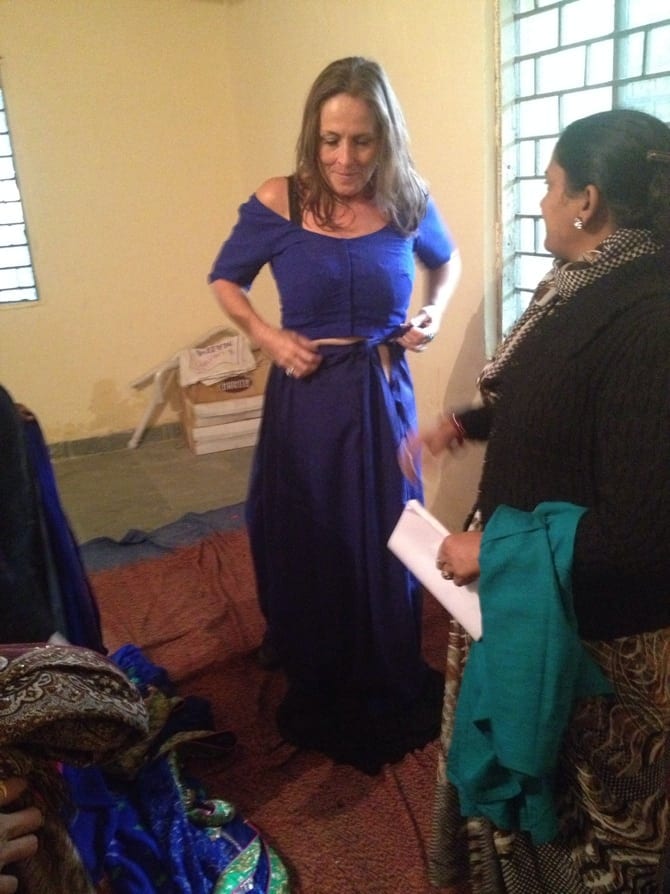
That is the petticoat and the top. I went to the tailor and had both made. These two items were easy to put on, now for the hard part.
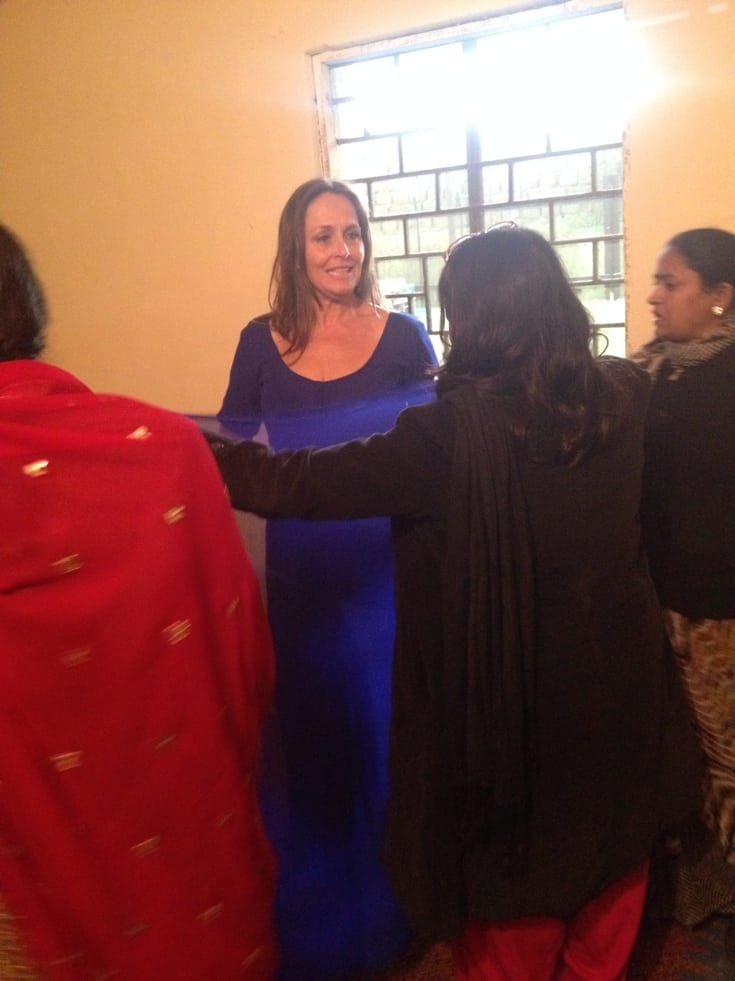
There is so much material in the actual saree, that is what makes it difficult to put on. So much… Bahut bahut…
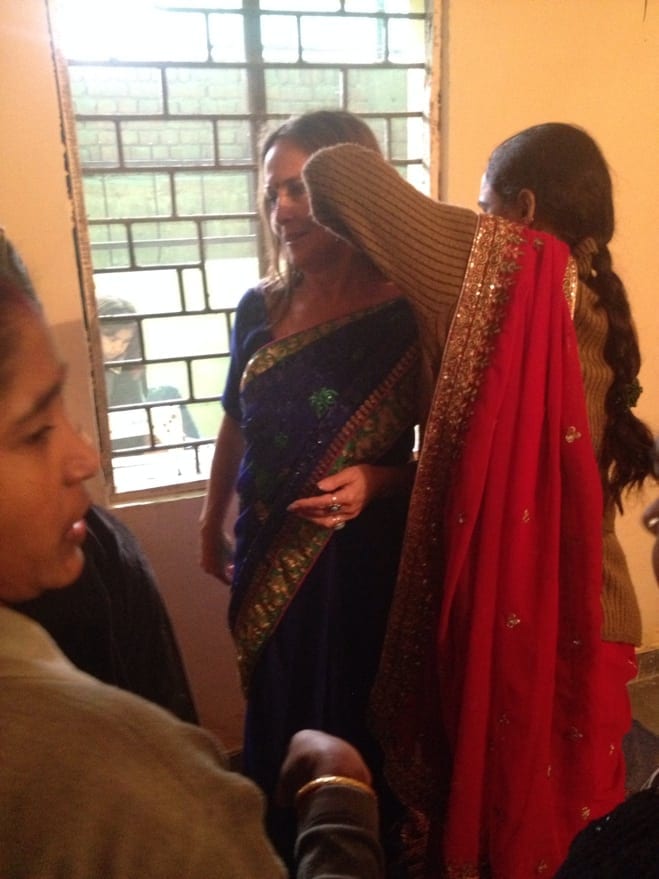
There are 7 safety pins holding it up so everything stays where it should.

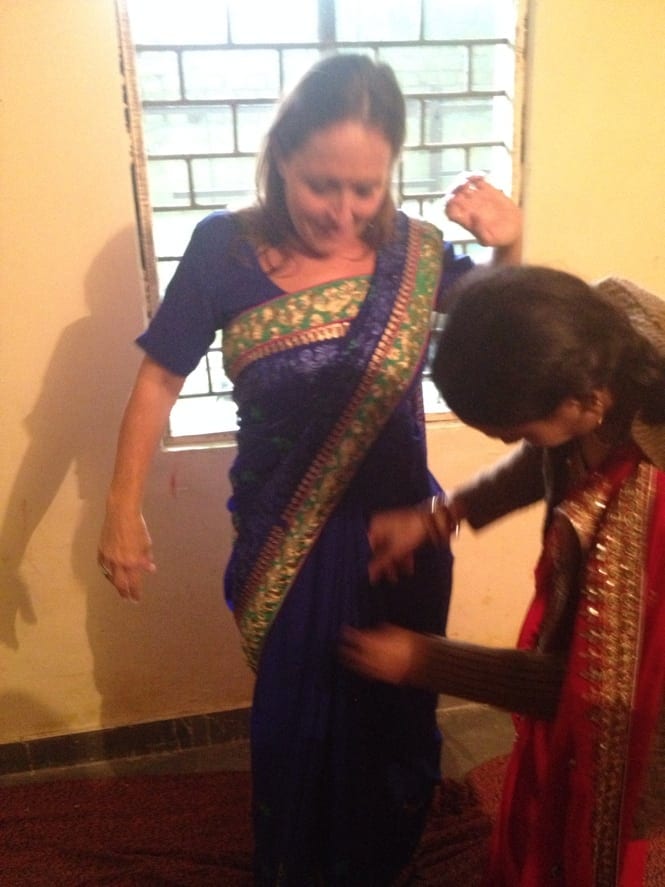
The person working so hard on the saree is Pinky. Pinky is very warm and generous. I have a saying, “She who is generous is lucky.” I hope Pinky is very lucky in her life.

There I am with a bindi. The room was full of women, talking in Hindi and English, going in and out, just enjoying ourselves, laughing and talking. You are not seeing all the commotion because Alecia was taking pictures of my transformation, per my request.
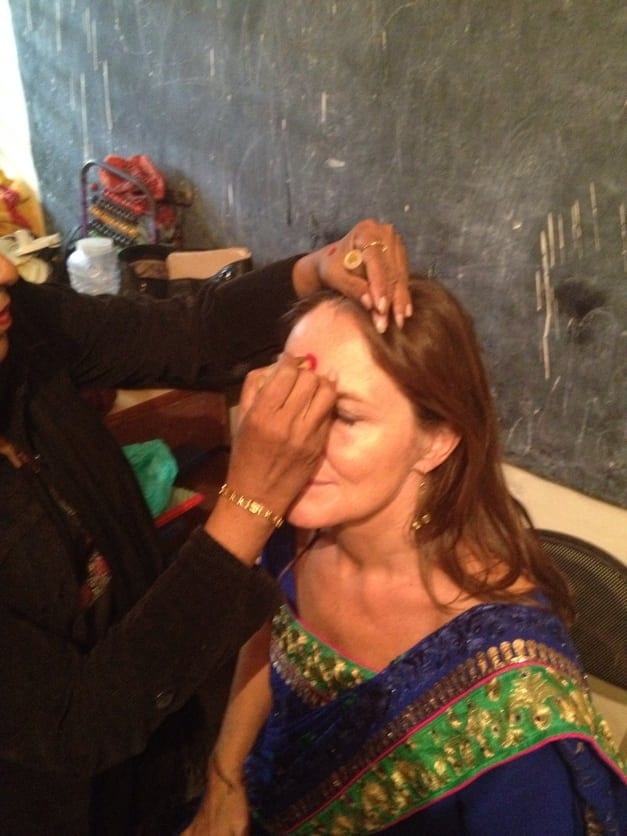
Next the ladies did my makeup. Here Mrs. Peters is making the bindi larger. I came to a realization at a certain point today. When I first signed up for Cross Cultural Solutions I really did not know what to expect. Basically they told me what to do to be able to volunteer for them in Delhi, but what would happen when I got there? I didn’t know, and honestly neither did Cross Cultural Solutions, CCS. They had a rough idea, but they didn’t know me at all.
CCS matched our family to our assignment based on our abilities. I have a strong background in education. This affected my entire family’s placement. We all loved our assignments. They did a great job of matching us to it. Once at the placement though, it was up to us to create our own experience. The ladies group for instance. I was the first volunteer to work with them ever. I wanted to stay longer after the kids left and do more, so Anil asked if I would like to work with them. The first couple of days it was writing assignments, but I realized they needed to learn more conversational skills. That is how the conversational class came to be. Anil told me he really likes how I ran the class. After finishing this I am going to write lessons plans for Alecia and an overview for Jaggie at Cross Cultural Solutions so he can continue having a volunteer work with the ladies after Alecia leaves. Yes it is all about the experience you yourself create, with the help of Cross Cultural Solutions, but they can’t do it for you.
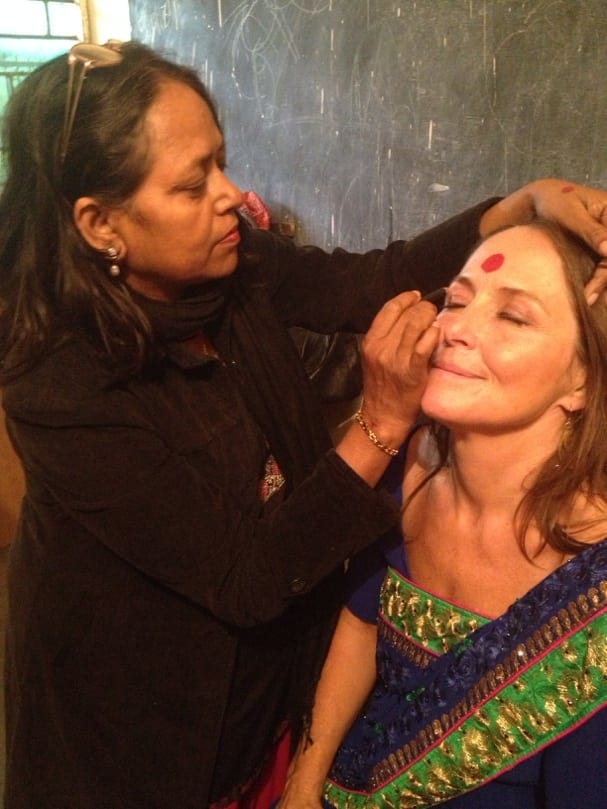
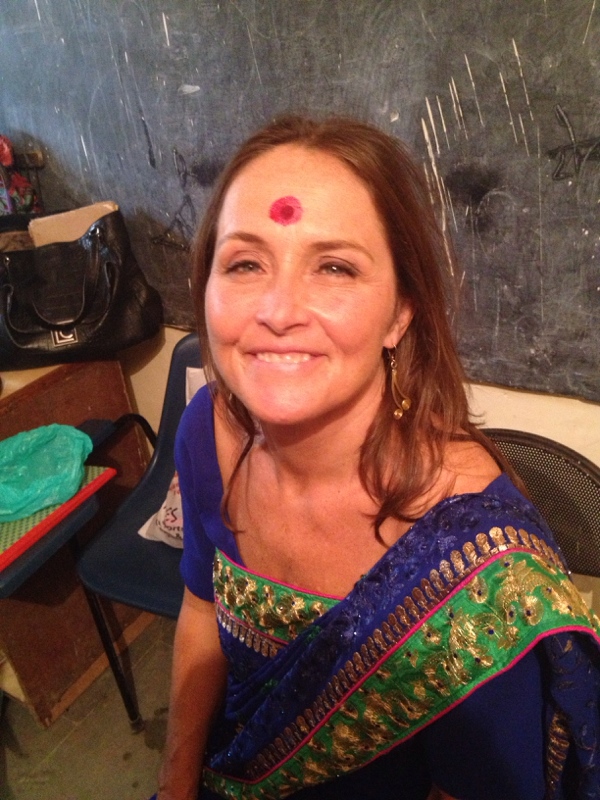
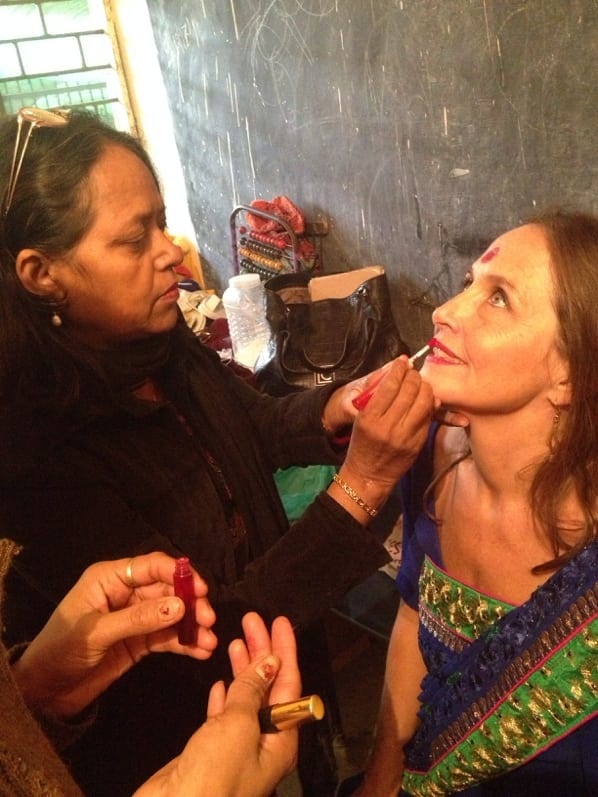


The women decided to make me up as if I were an Indian bride. Here Rajkumani puts a necklace on. At this point I thought she was lending it to me for the occasion.
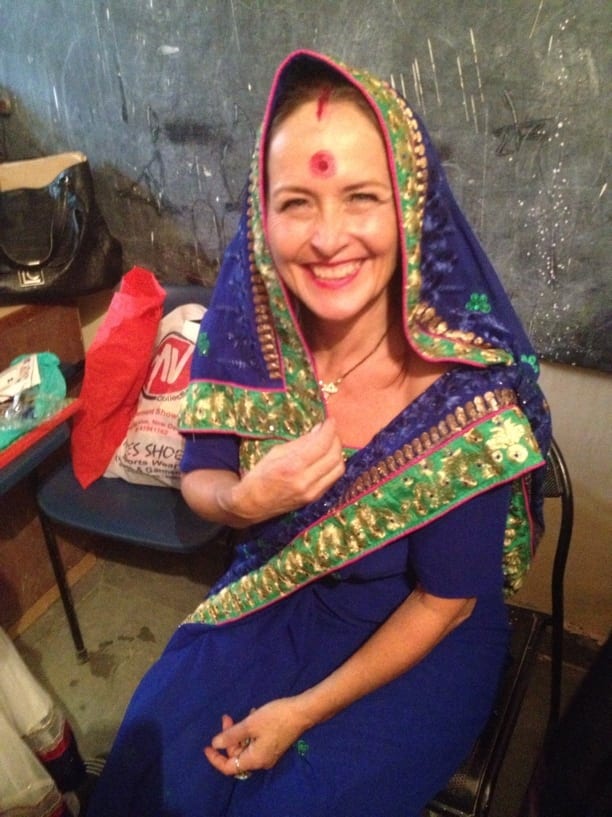
After two weeks in India, I can see why some people lose their heart to this country.
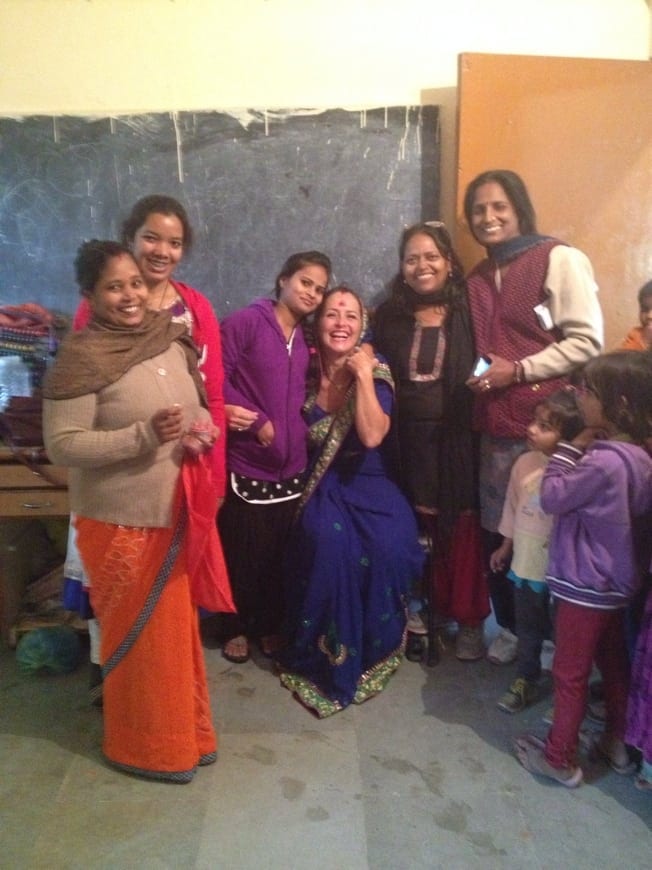
Alecia coaxed a smile out of Rajkumani. Alecia can coax a smile out of anyone. We were lucky she was in our placement with us.
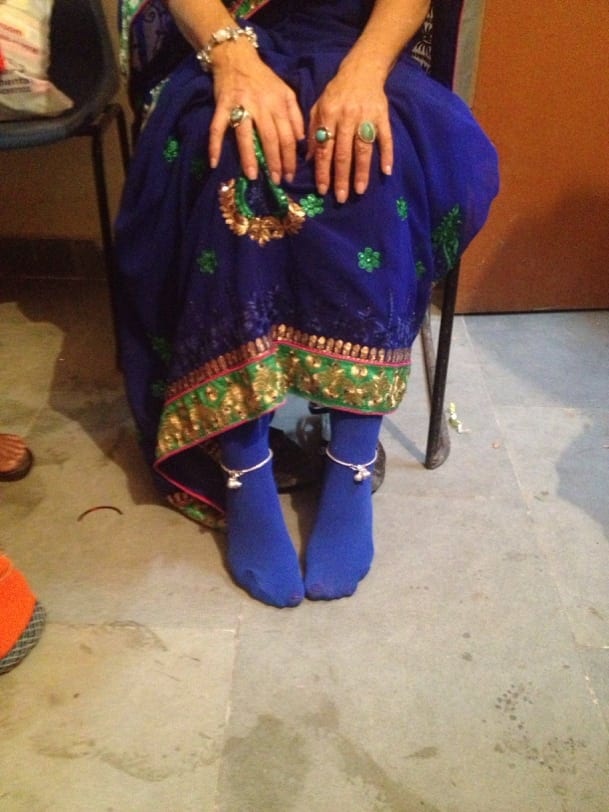
The next thing I knew someone put more jewelry on my ankles and a bracelet on my wrist. At this point I started trying to get the attention of the better English speakers to make sure no one was buying this for me.
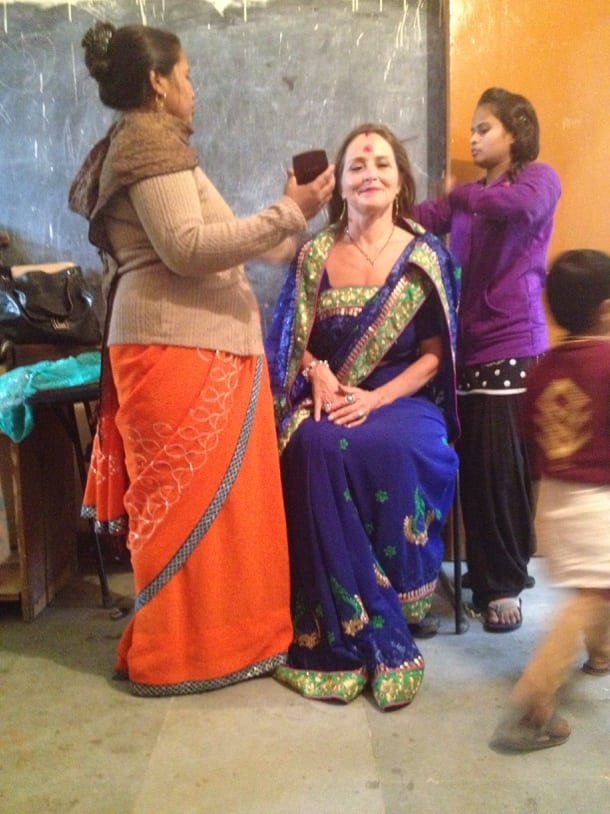
Rajkumani and Pinky are trying to fix me up more. I am so sorry ladies, it is nothing 20 years won’t cure. Lol. The truth is I wouldn’t give up one single day if it meant I couldn’t have this one!

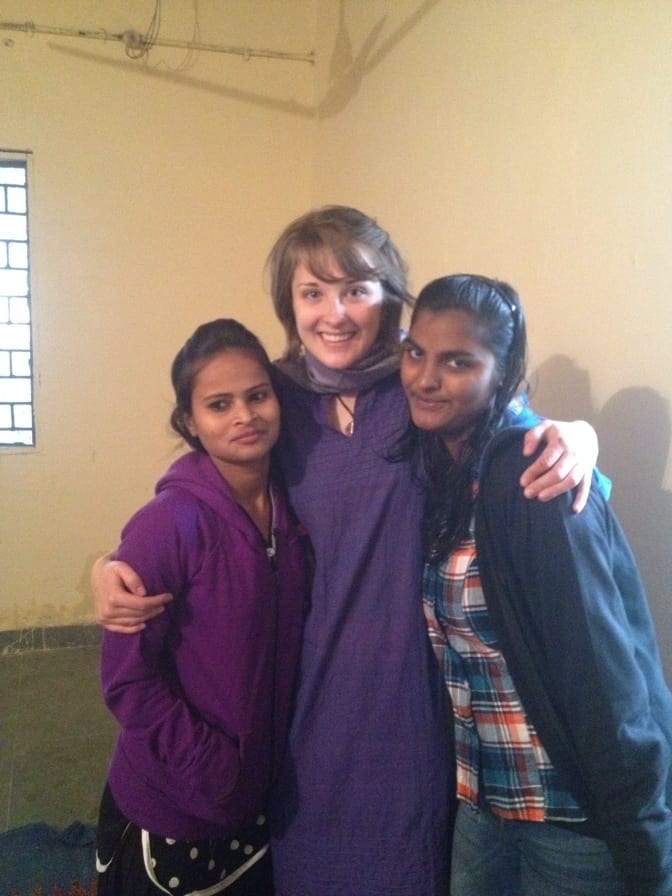
Pinky (there are 2 Pinkys), Alecia, and Babita, the ladies wanted to know if Alecia had a saree. She is going to buy one now. They asked me how much I paid for my saree. They told me I paid too much that I should have bargained better. I told them I was bad at bargaining. They gave me a lesson in bargaining and told Alecia she should go with them to buy a saree so she doesn’t pay too much for her saree.
 Here we are as a group
Here we are as a group

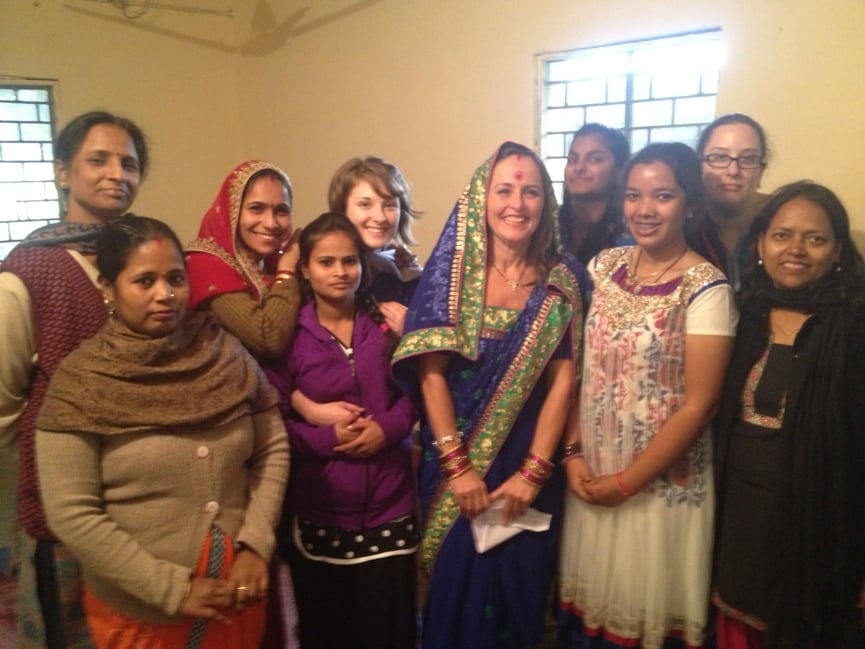
Notice the bracelets, called bangles. Every time I move my arms the jingle a pleasant jingle. Pinky who is directly to my left gave me these. She was married 7 months ago and told me she had been given more than she needed and that she wanted me to have them as a gift. We had to squeeze my wrists and knuckles tightly to get these on. The first few broke because of the size of my wrists, but Pinky would not give up.
I am just overwhelmed by the generosity of each and very one of these women, both Pinkys, Rajkumani, Gita, and Babita have a special place in my heart.
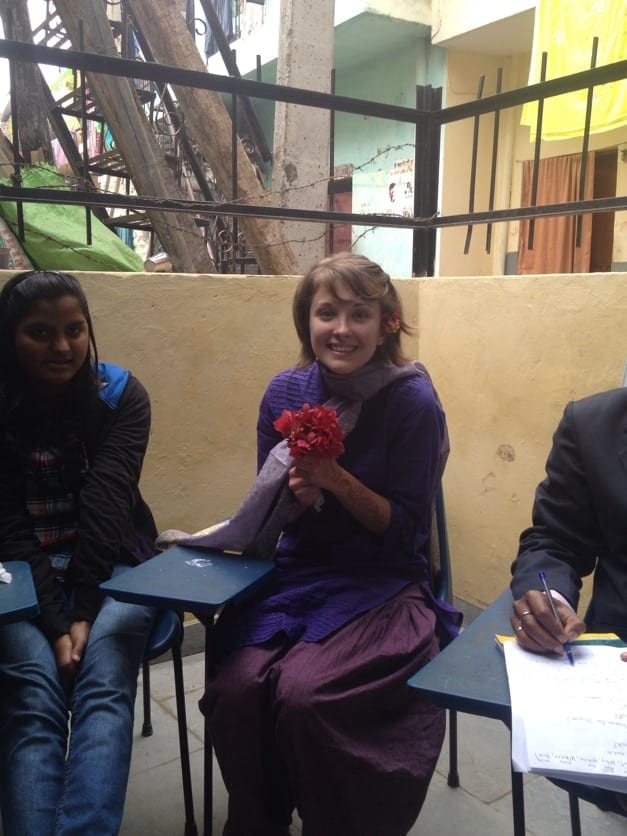
I had asked about bringing Indian sweets and cookies to the school to celebrate our last day (we are going back on the 31st to say a final goodbye actually, since we fly out of Delhi, so not quite last 😉 We were told we were the first people to ever bring sweets for the adults. We all just hung out and chatted. Talked about life. The kind of this girls do. You know, spent time on the real reason for learning a language.
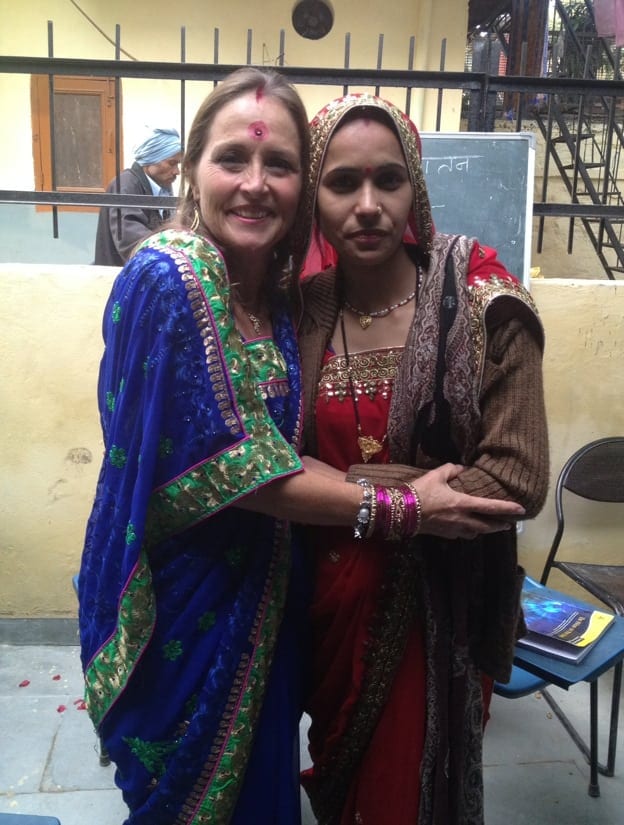
We were told there had been some cancellations to the Cross Cultural Solutions India Program because people were worried about their safety. There was not one single time in the entire time we have been here that I have felt in danger. Other than the crazy driving, this is the safest I have felt in a huge city. Do bad things happen in Delhi? Sure they do, but bad things happen in New York, Paris, and London too. As you can tell I am a fan of CCS India, Delhi, and the Indian people I have met. If you had experienced the last two weeks that I did, you would be too.
Check out yesterdays post here.

